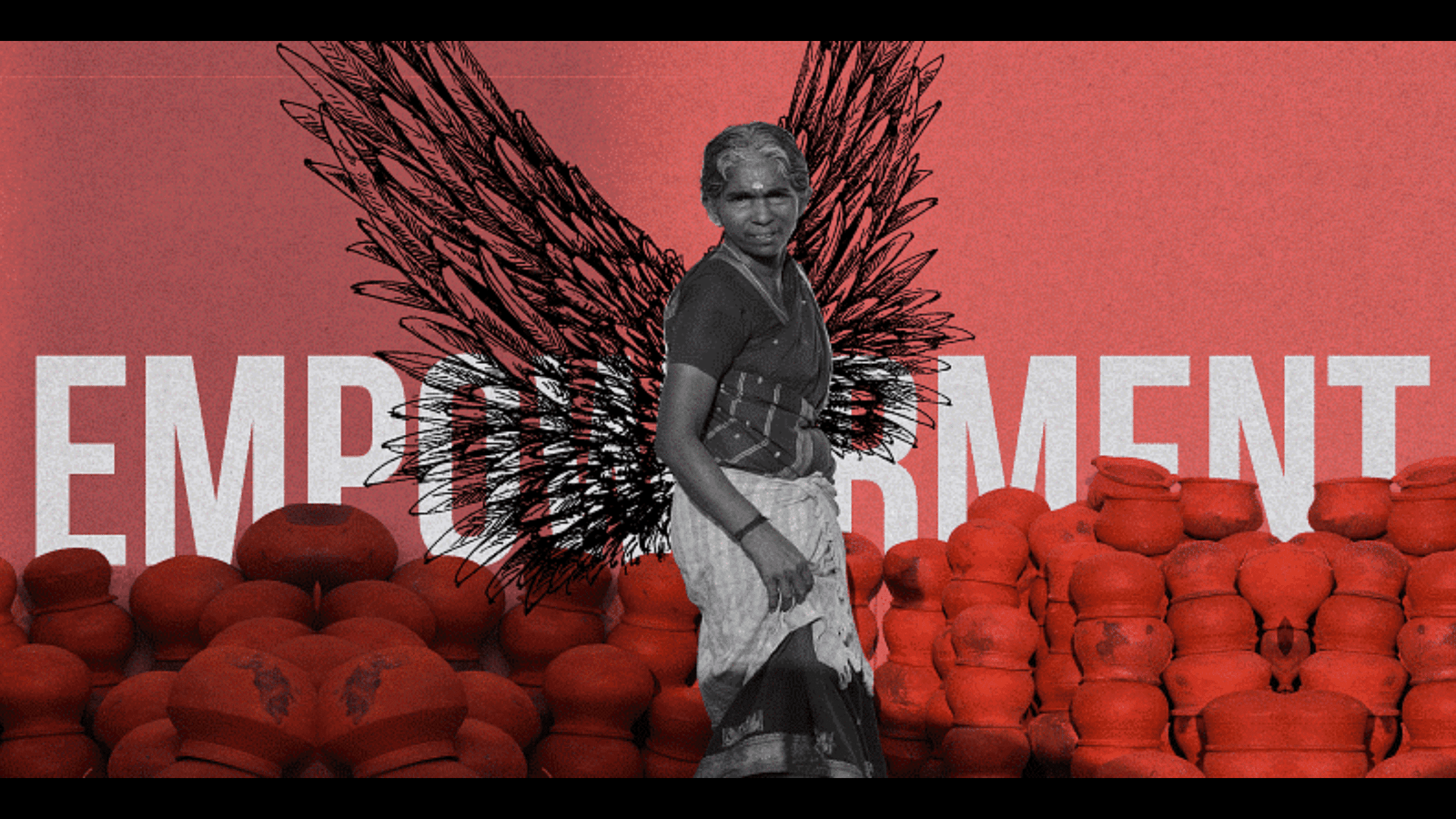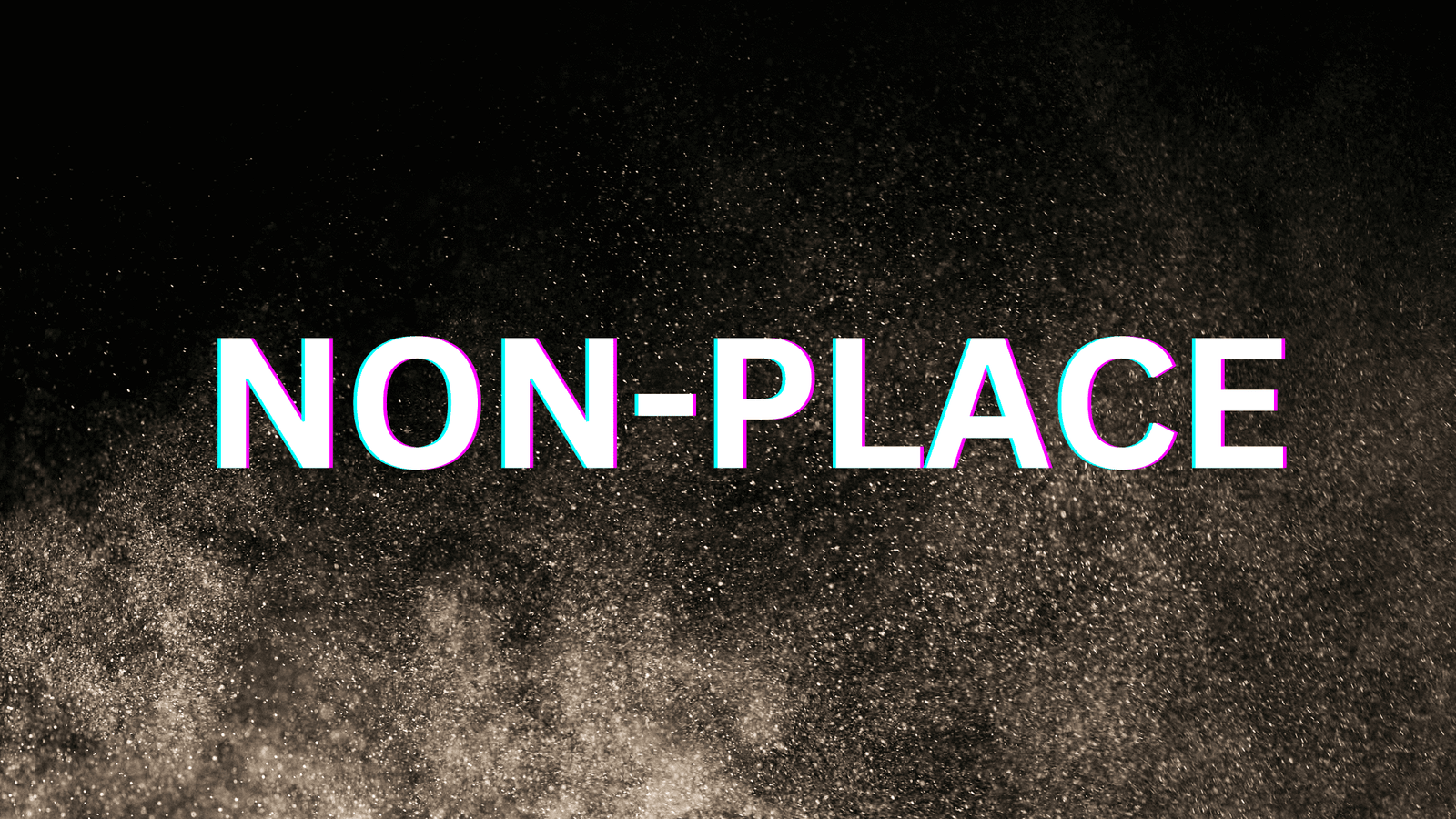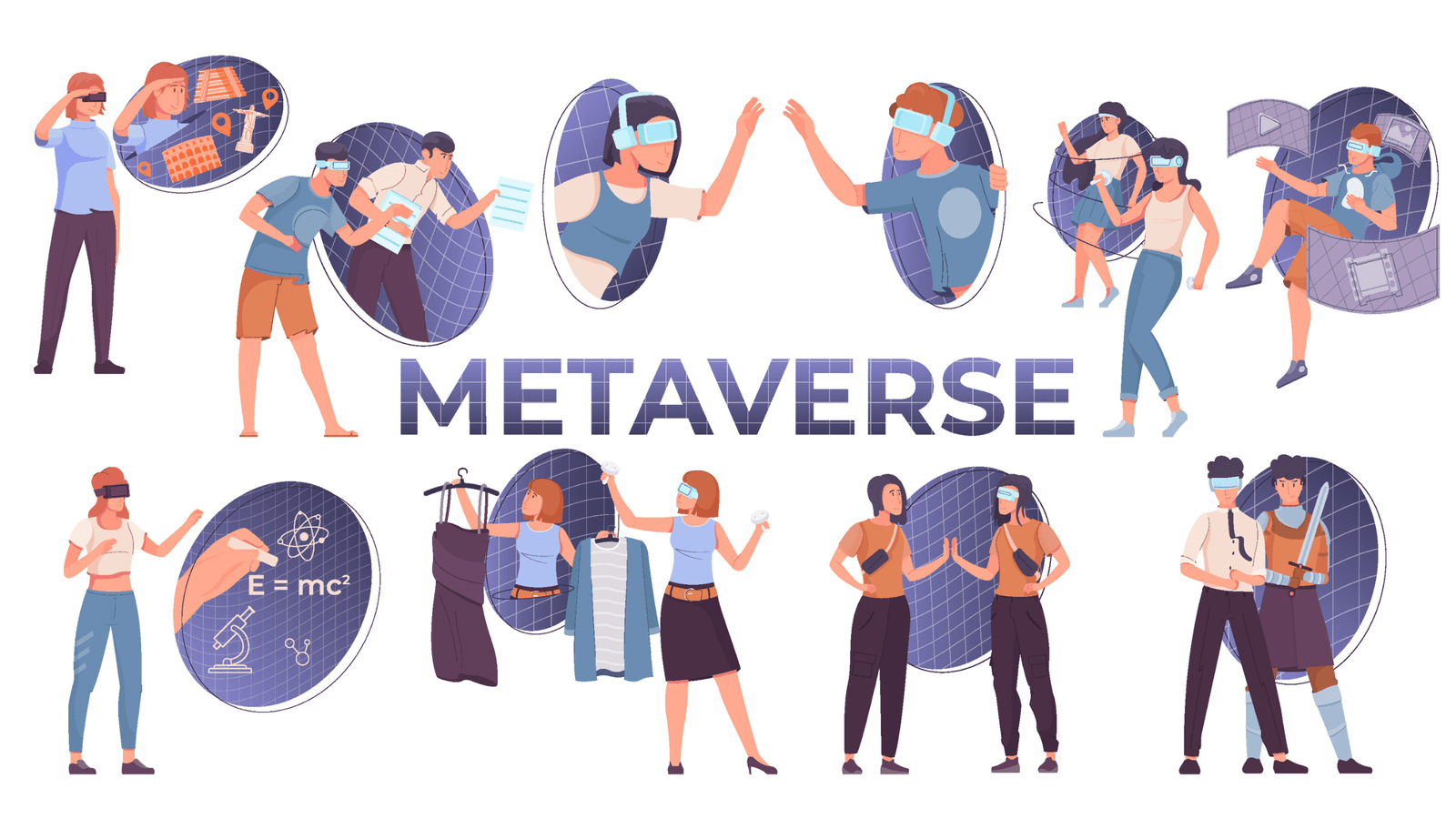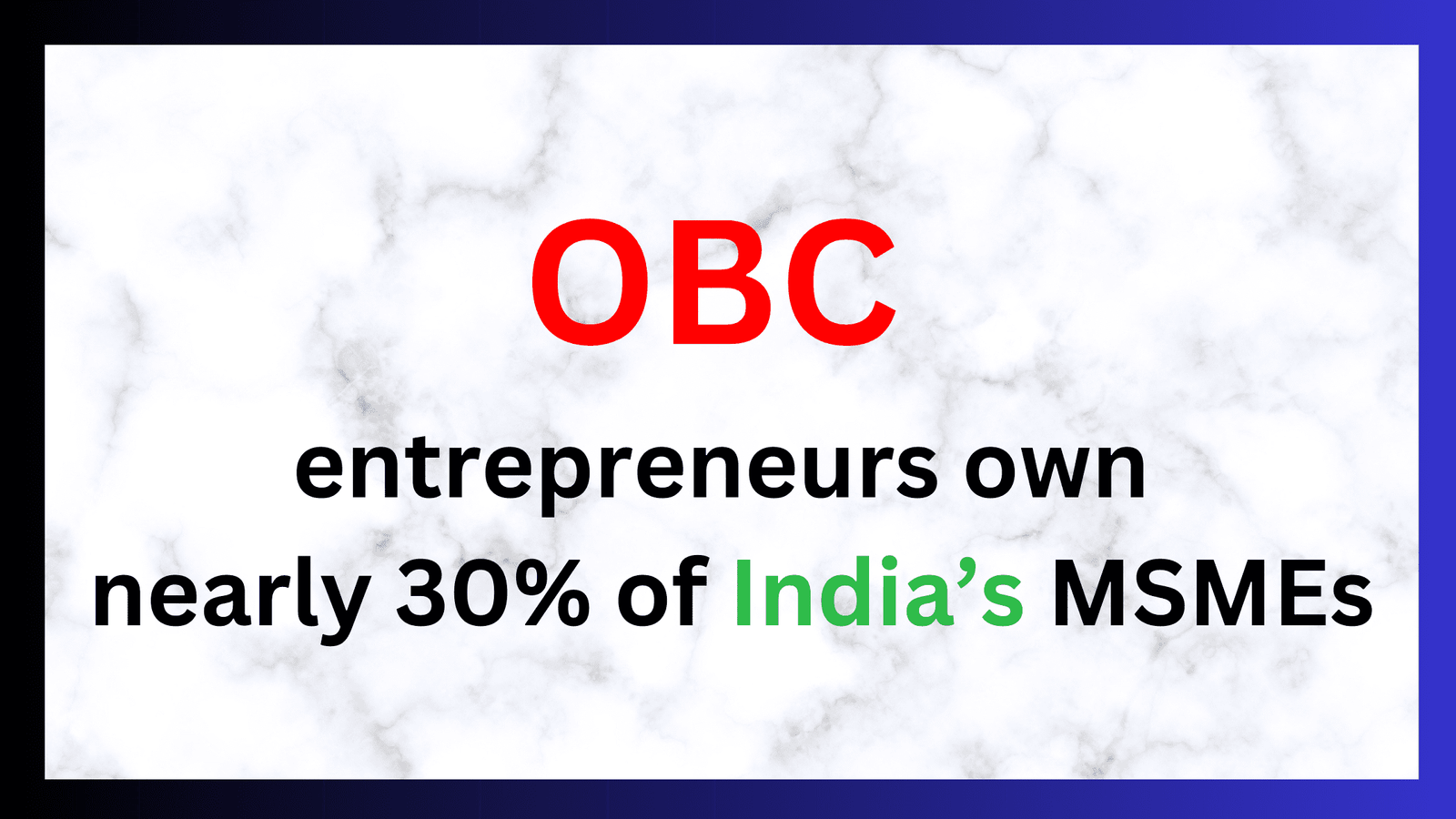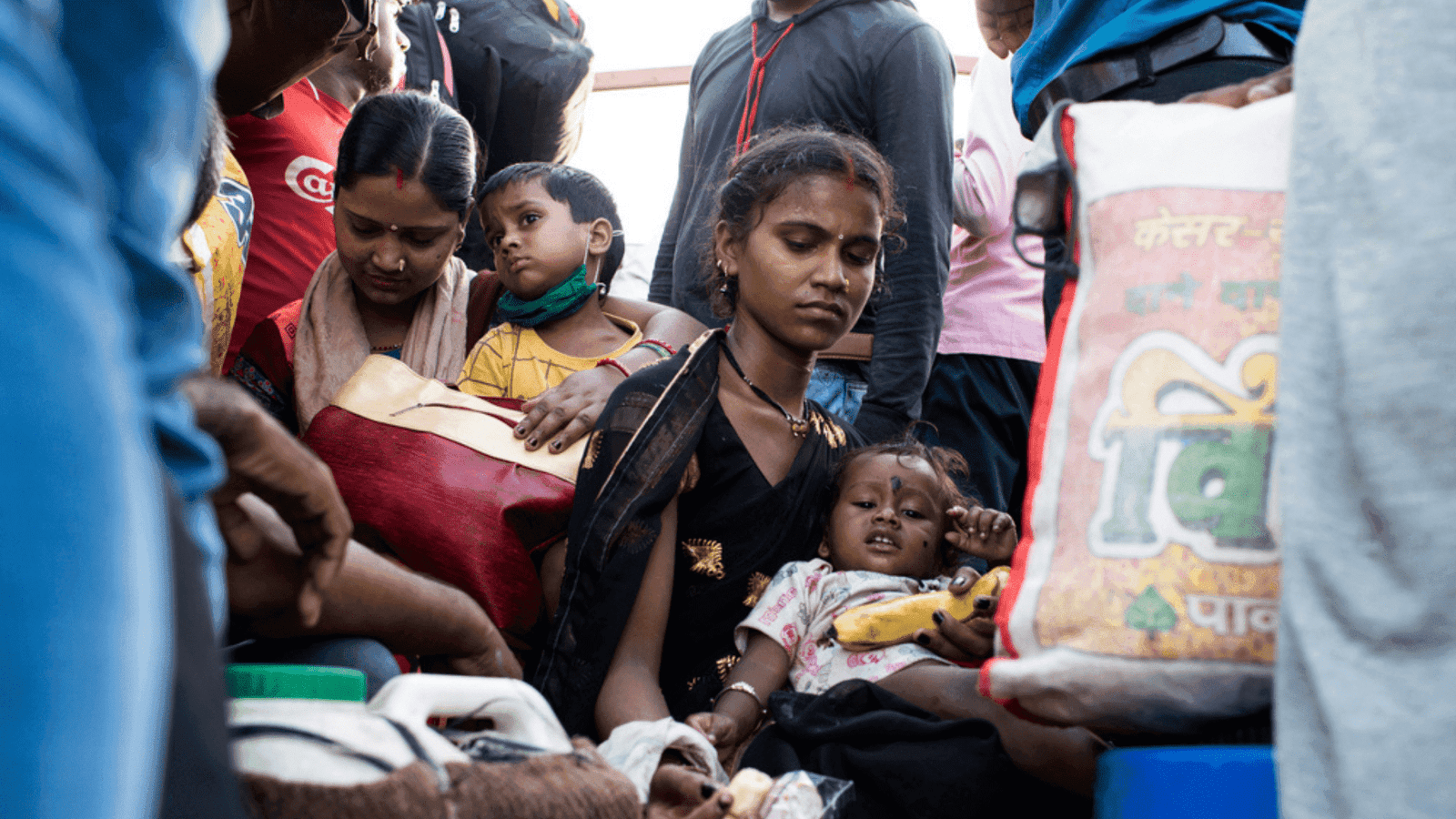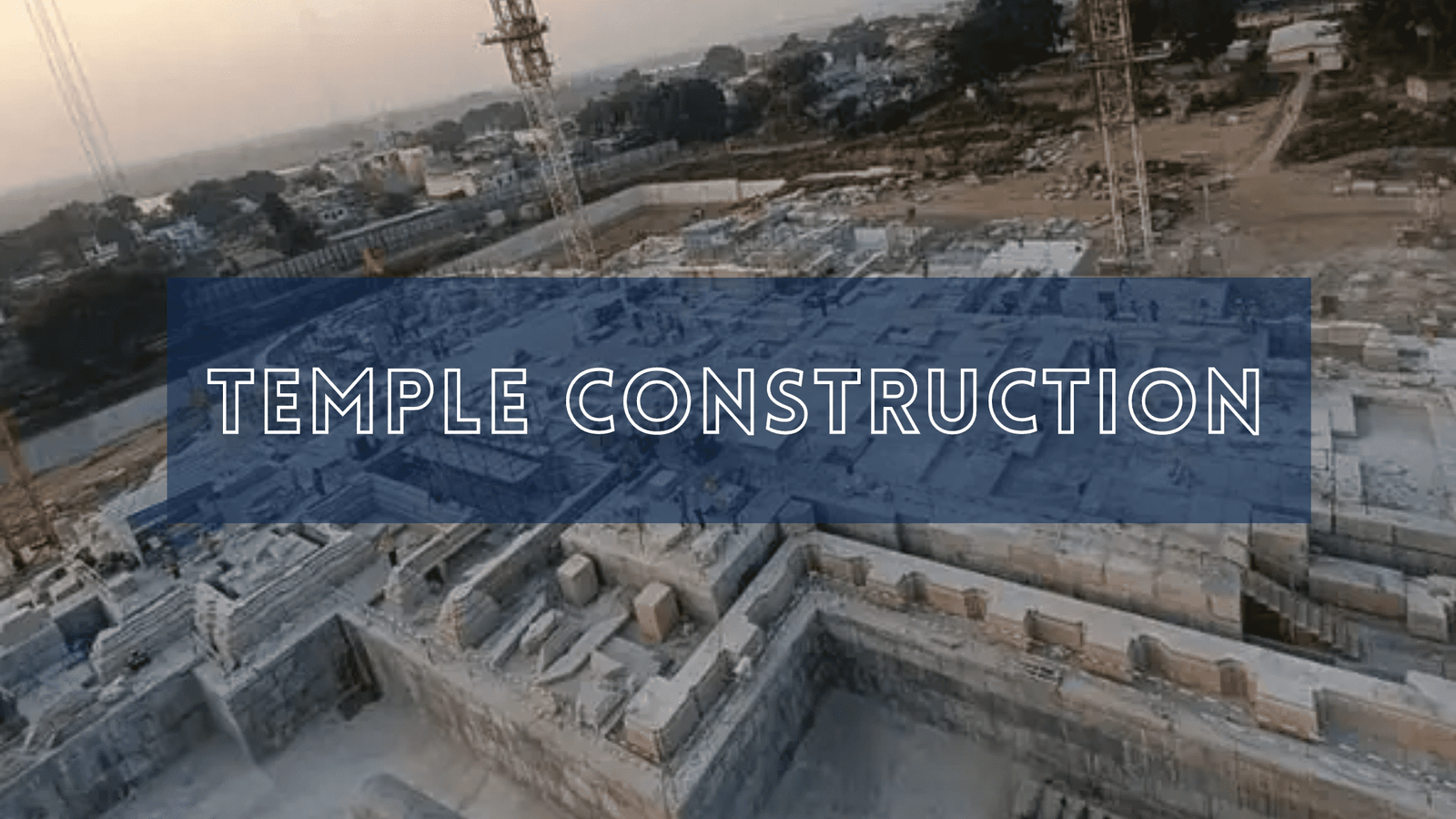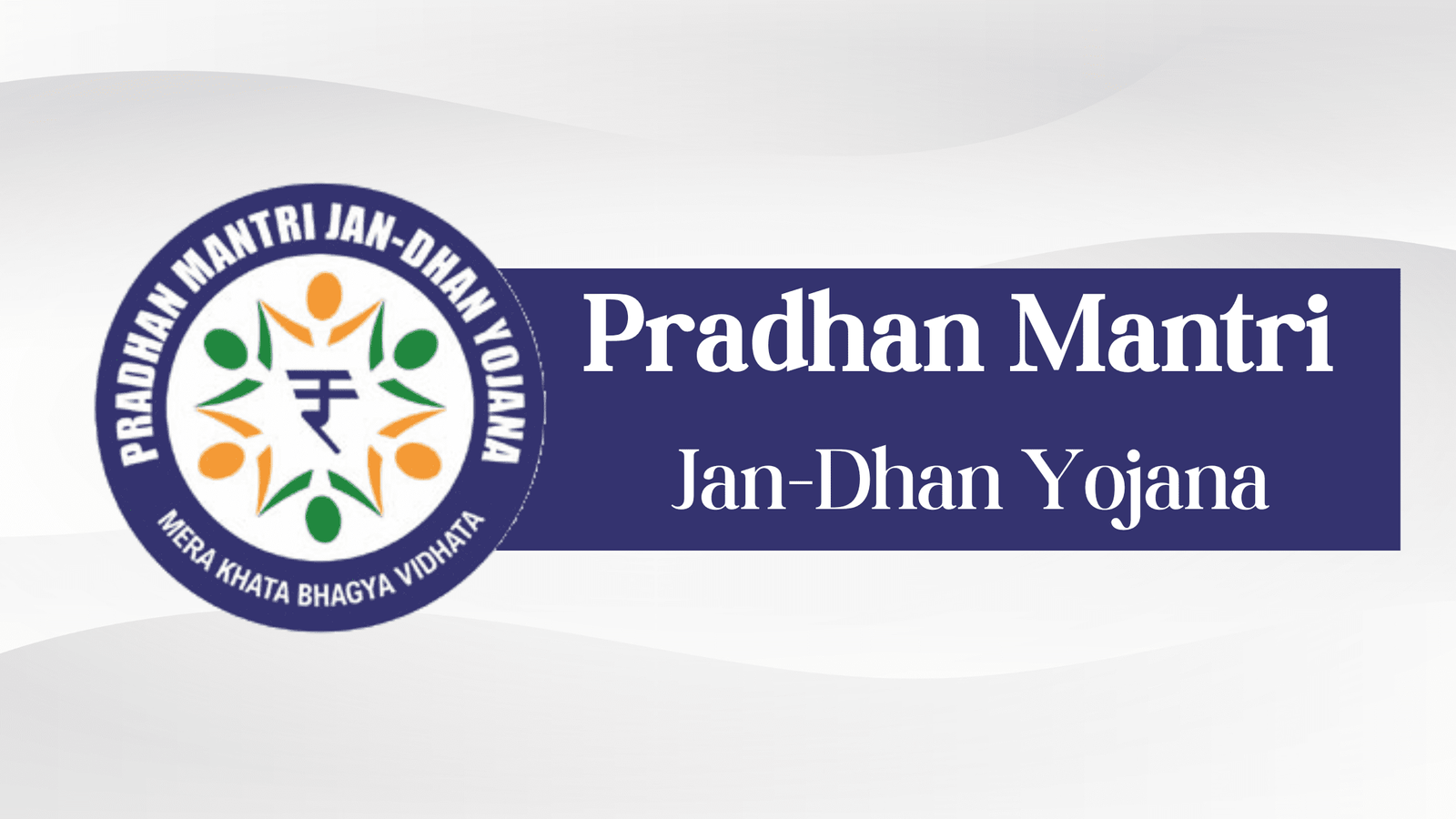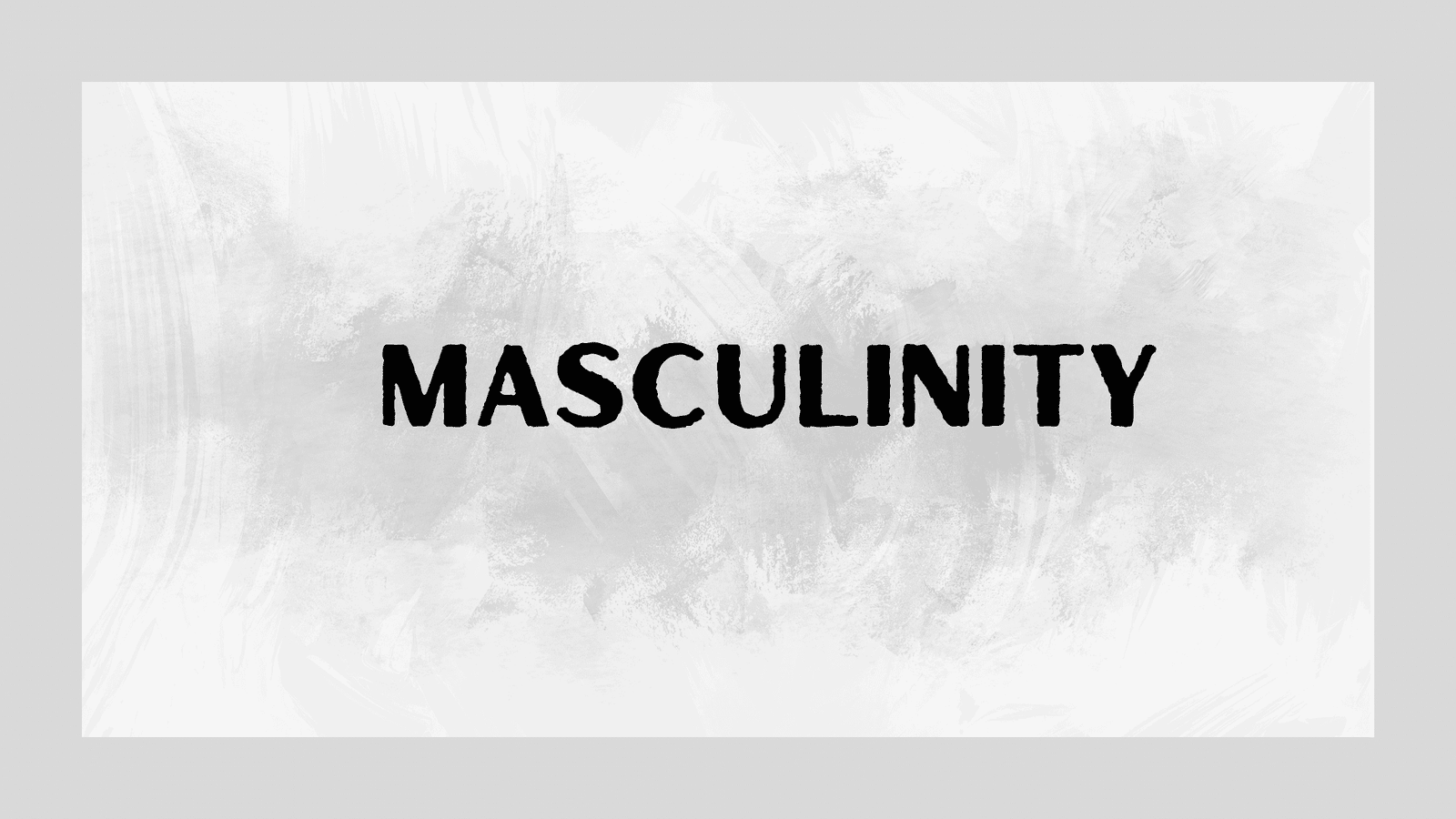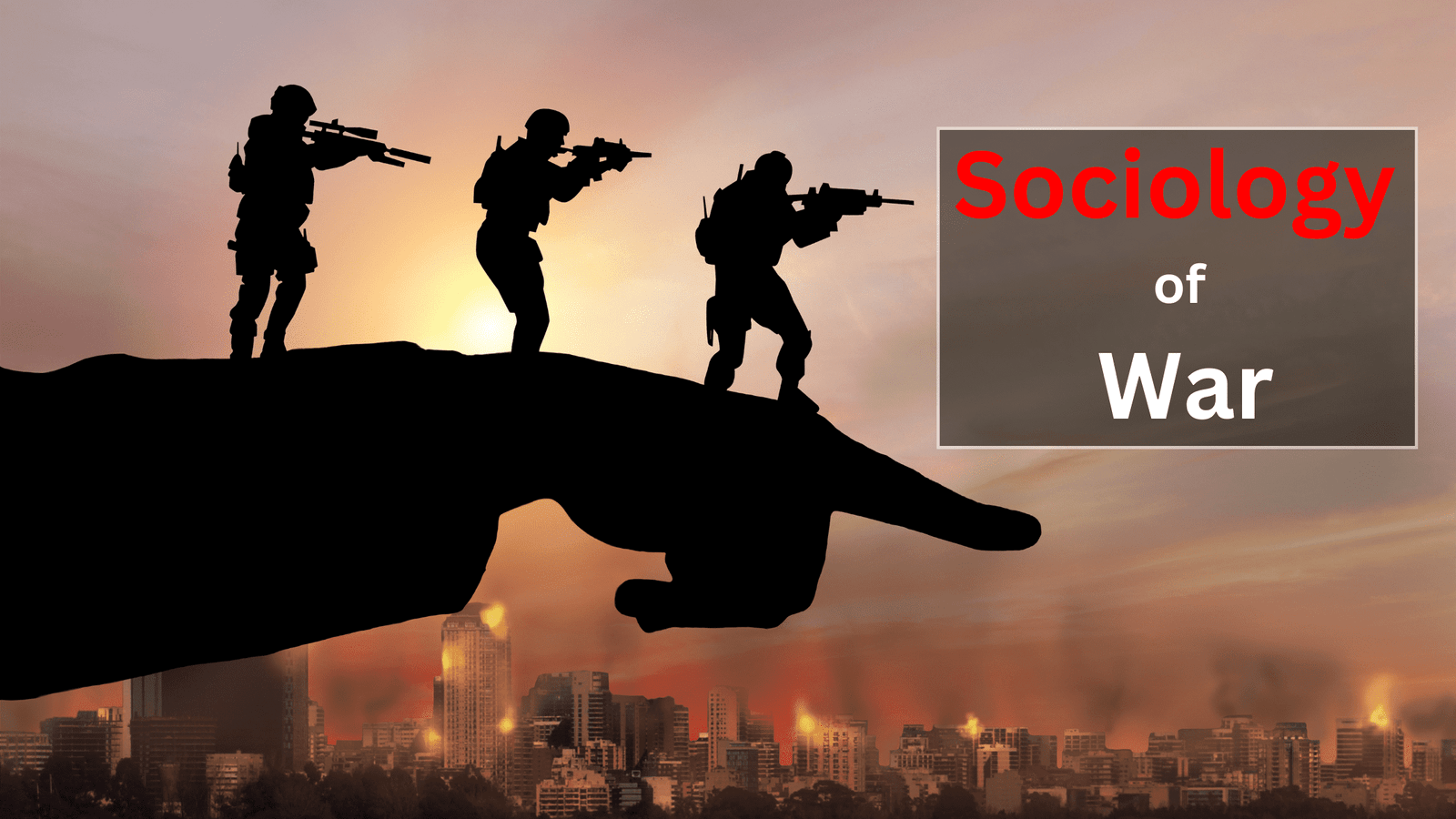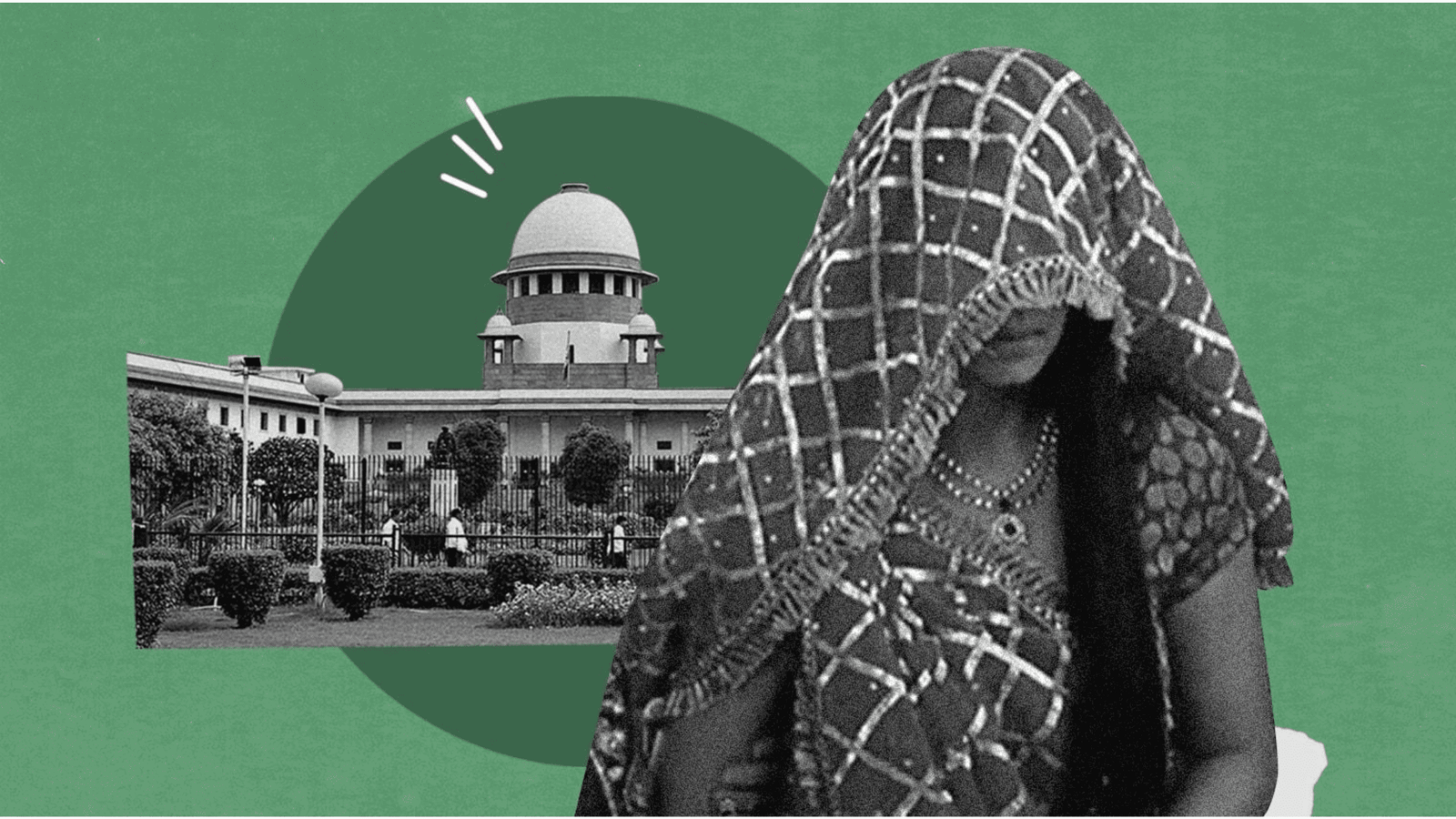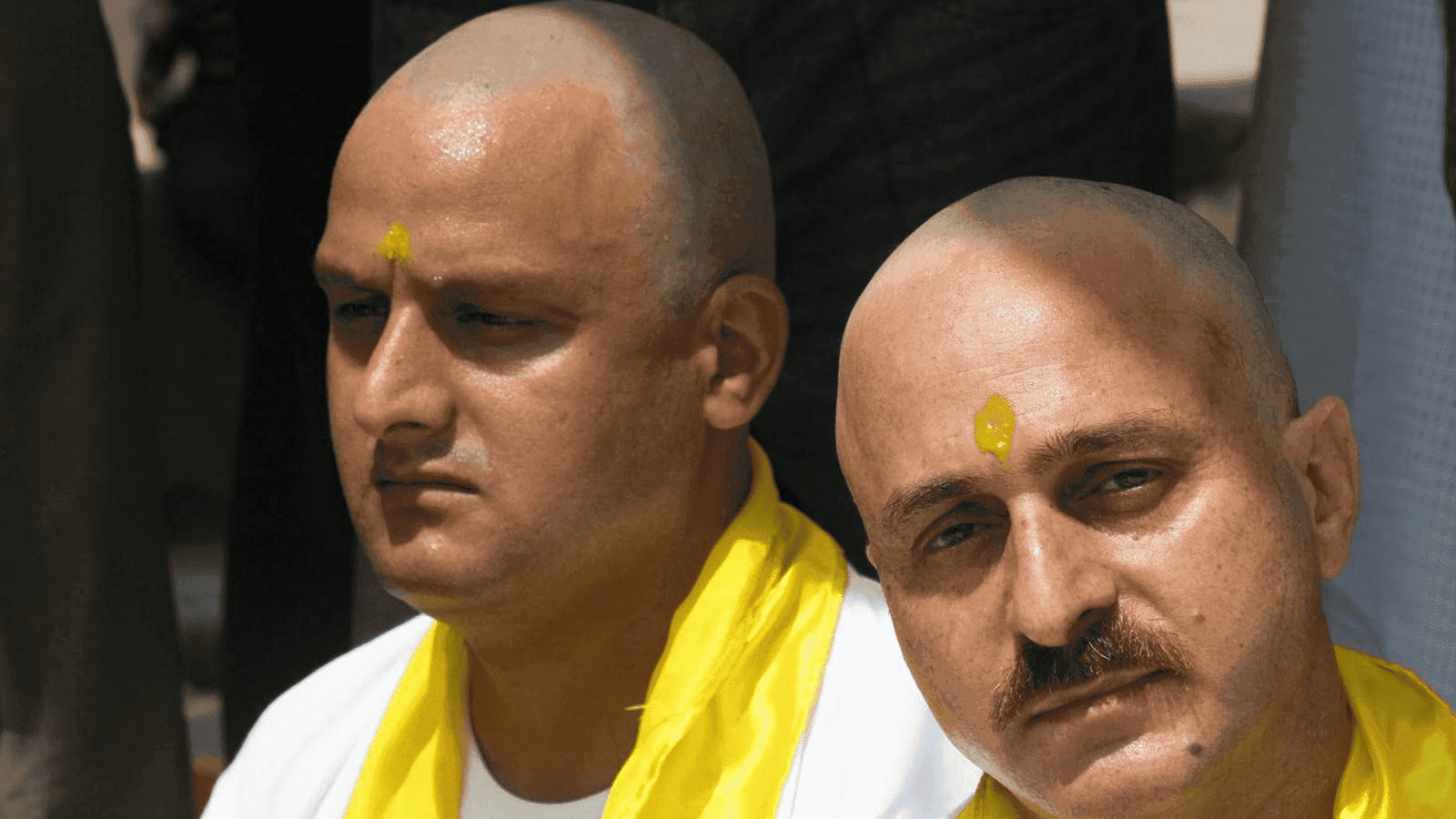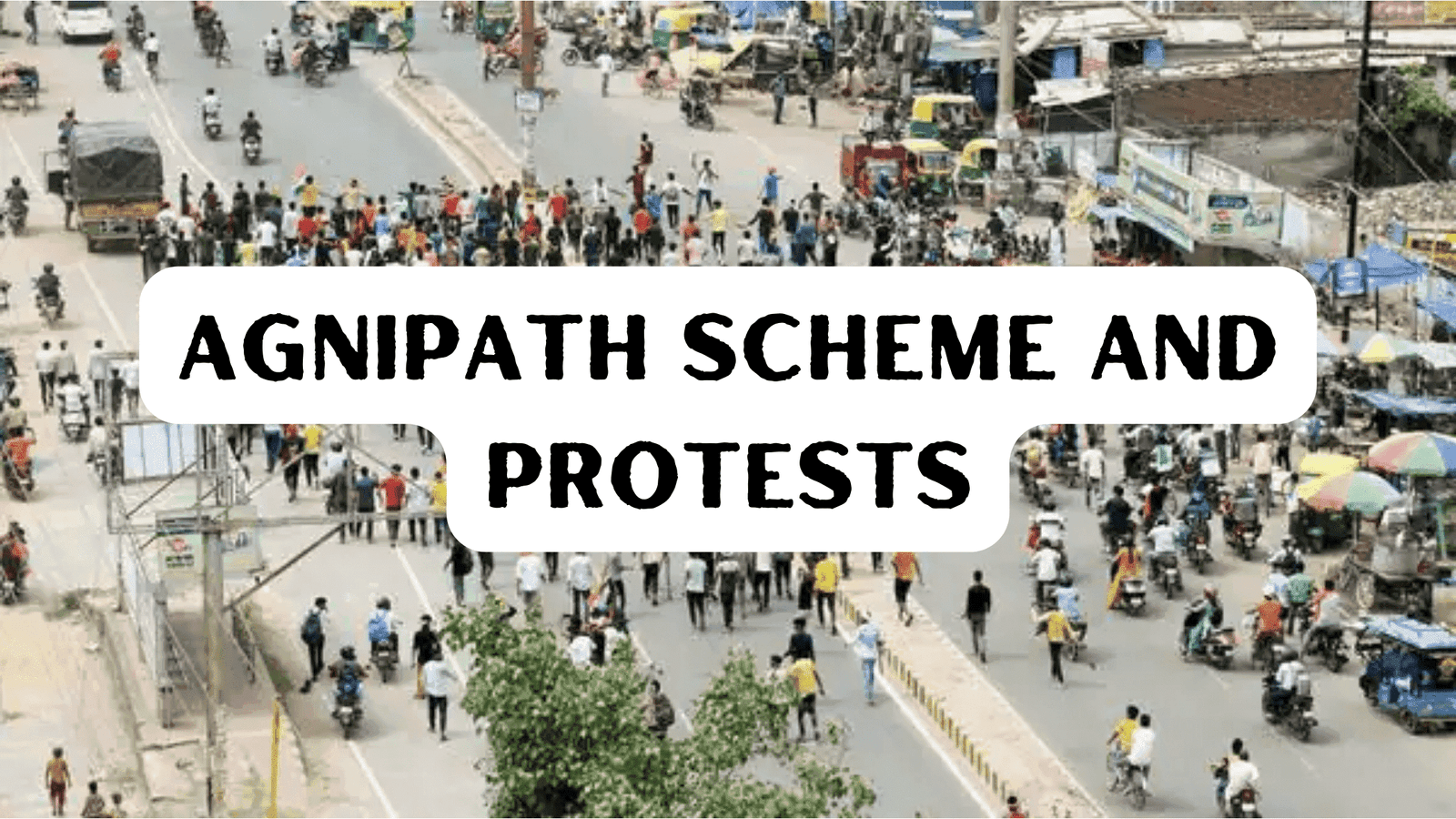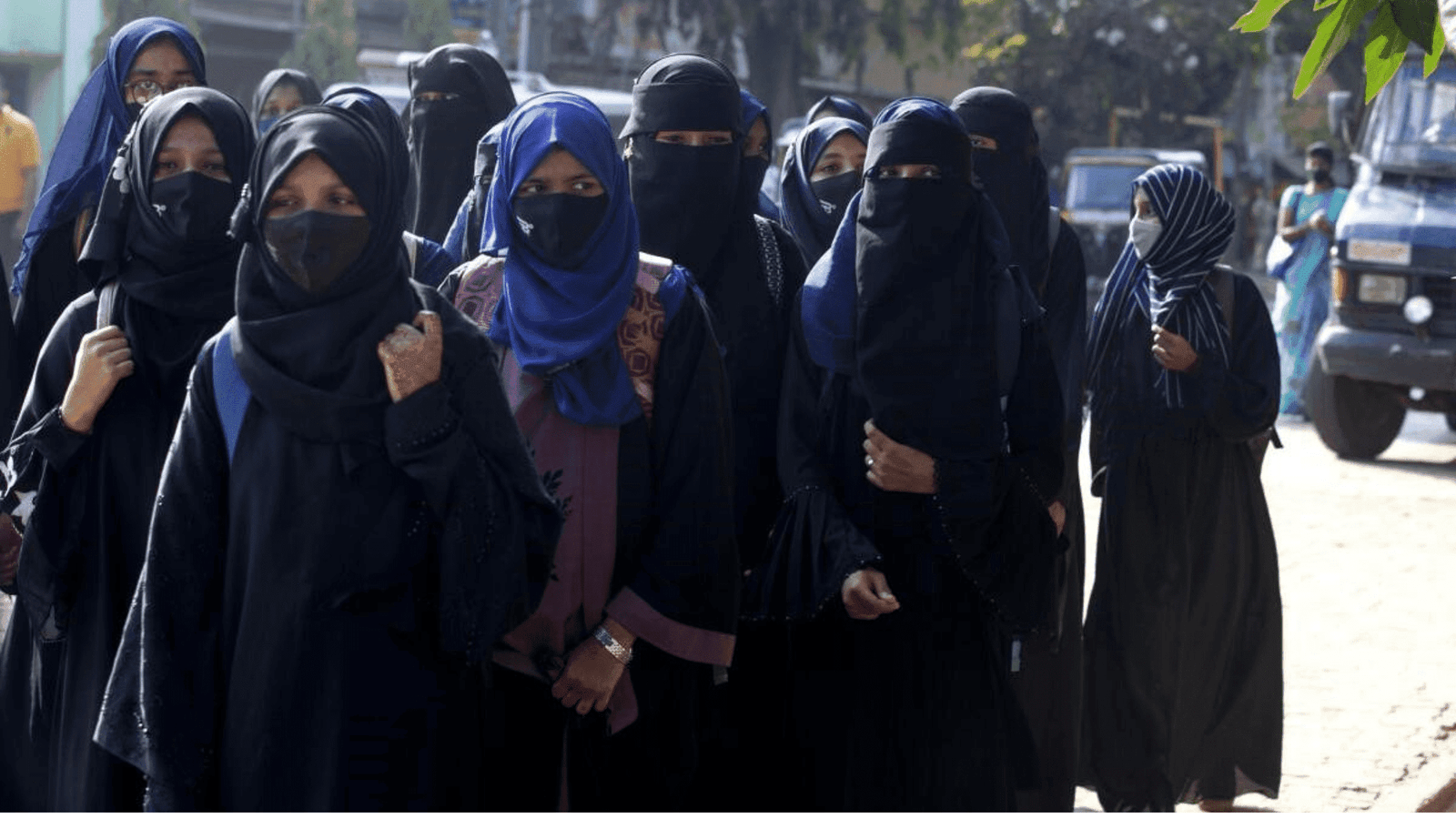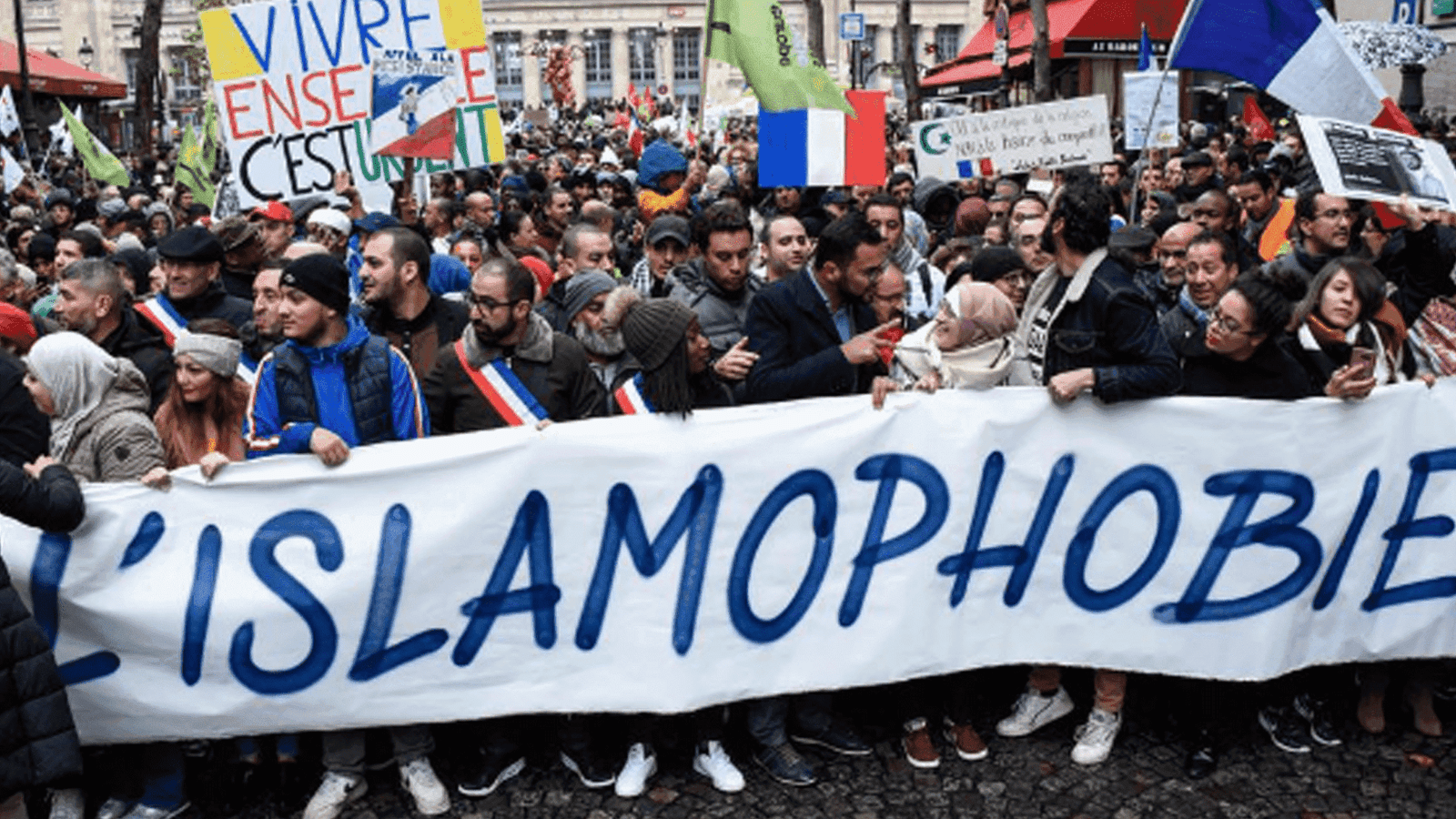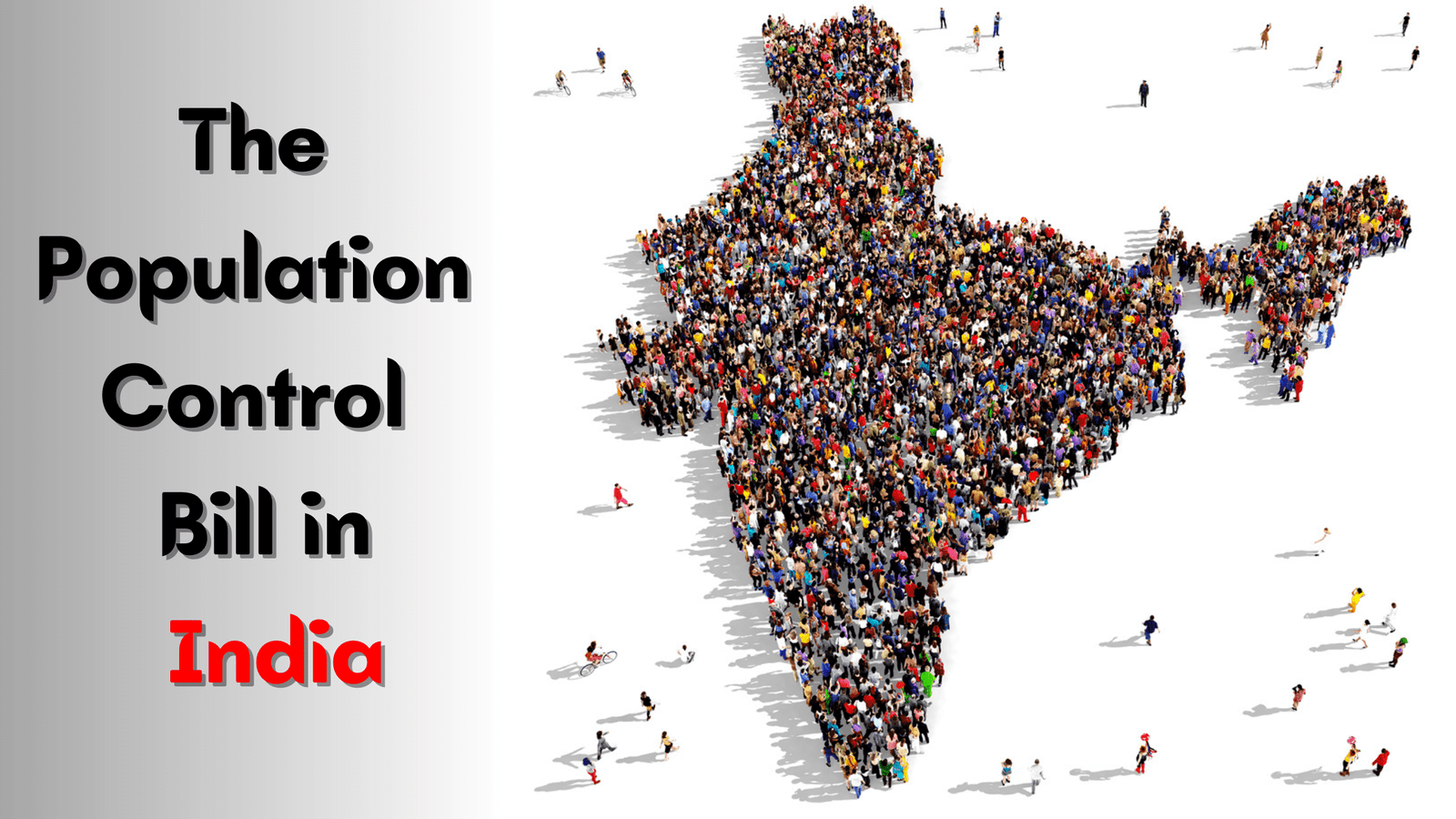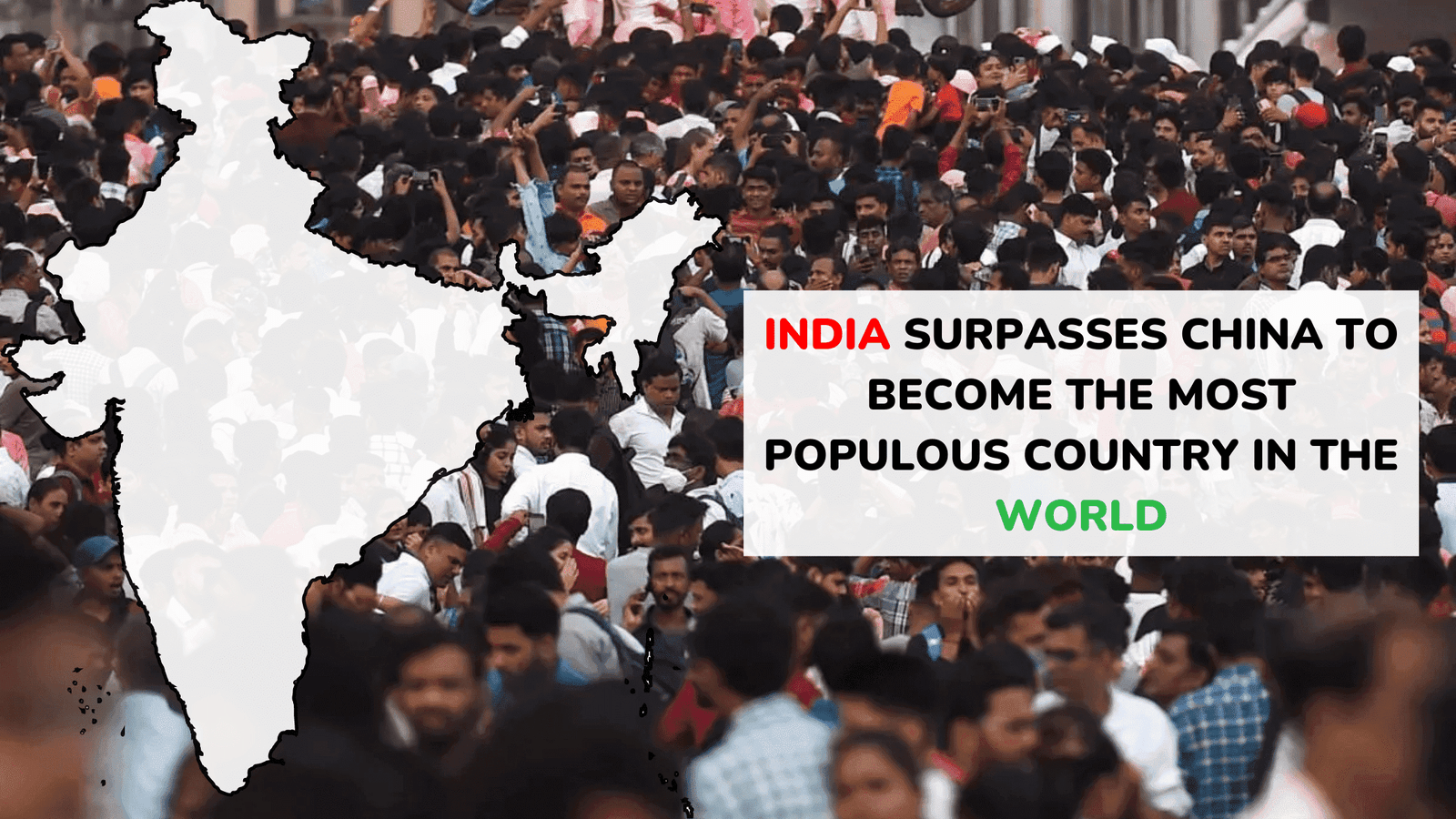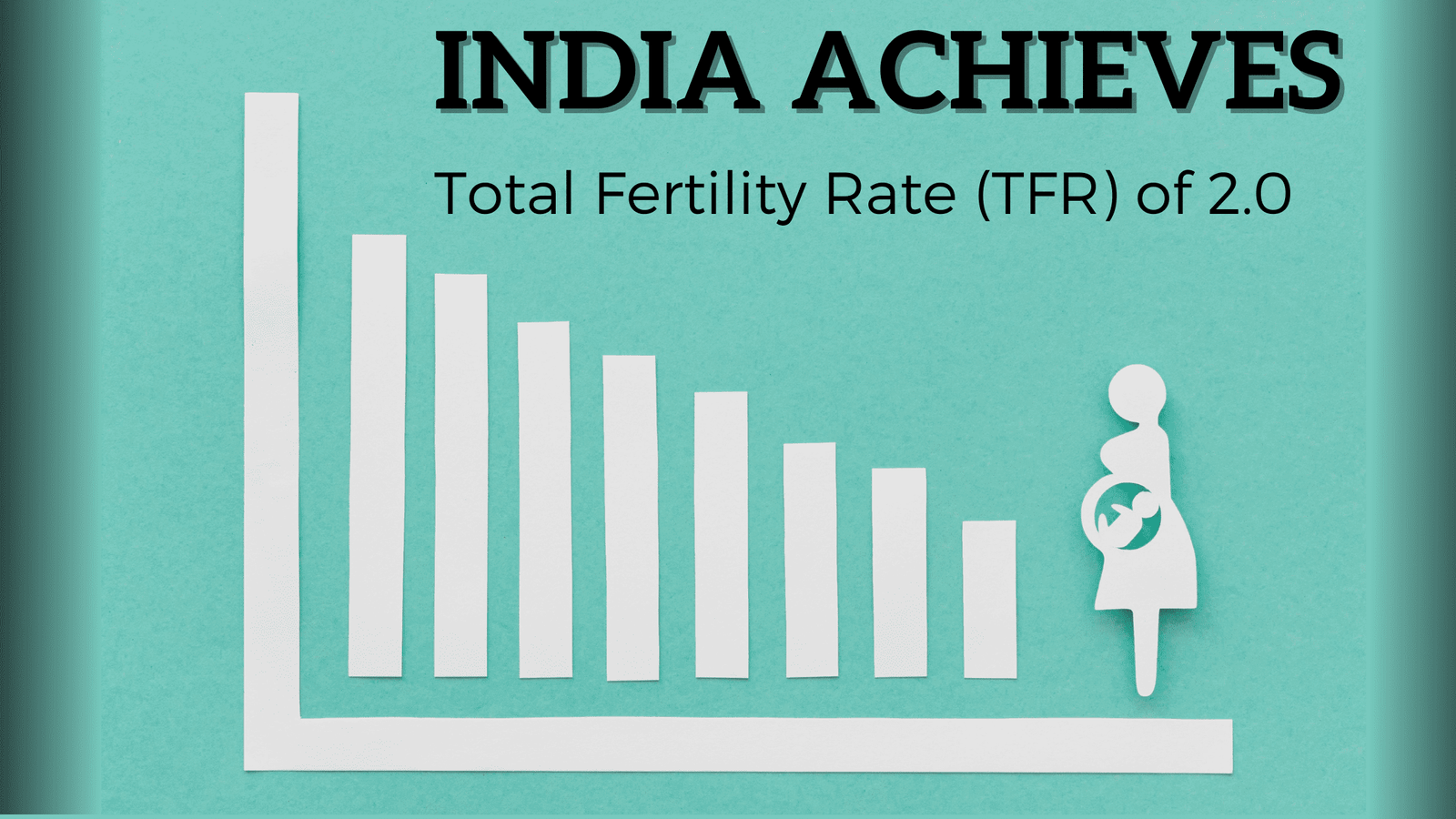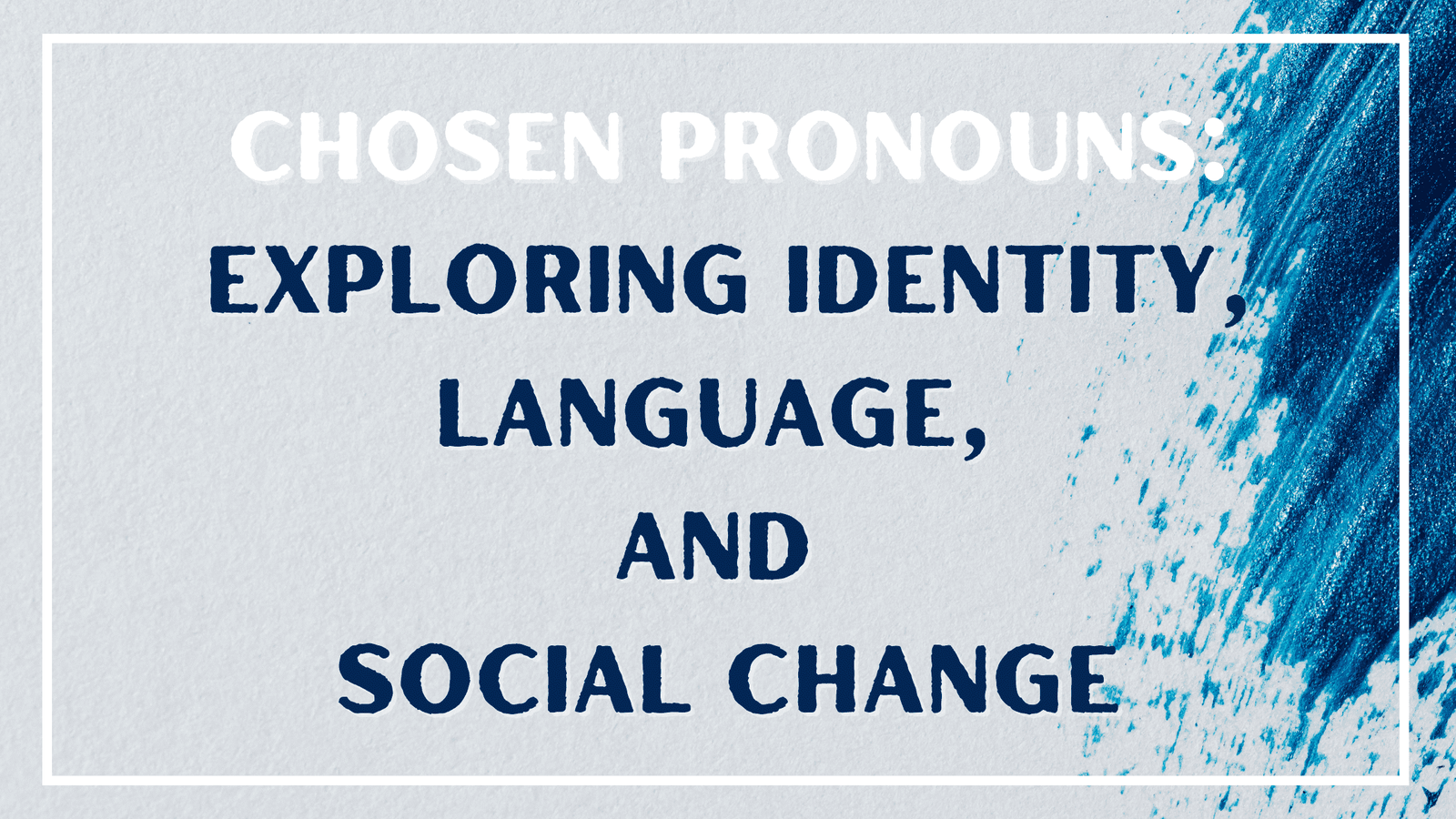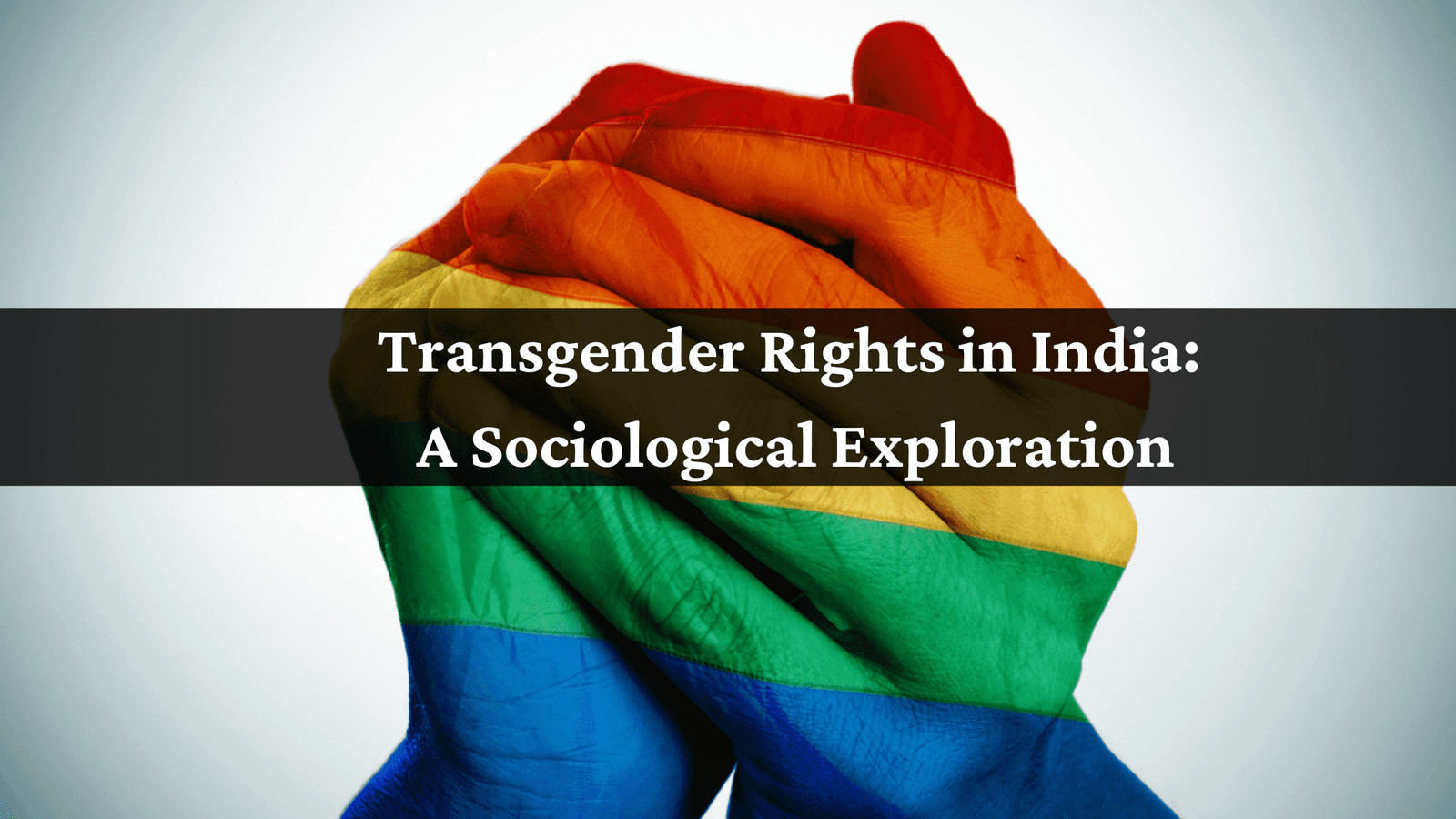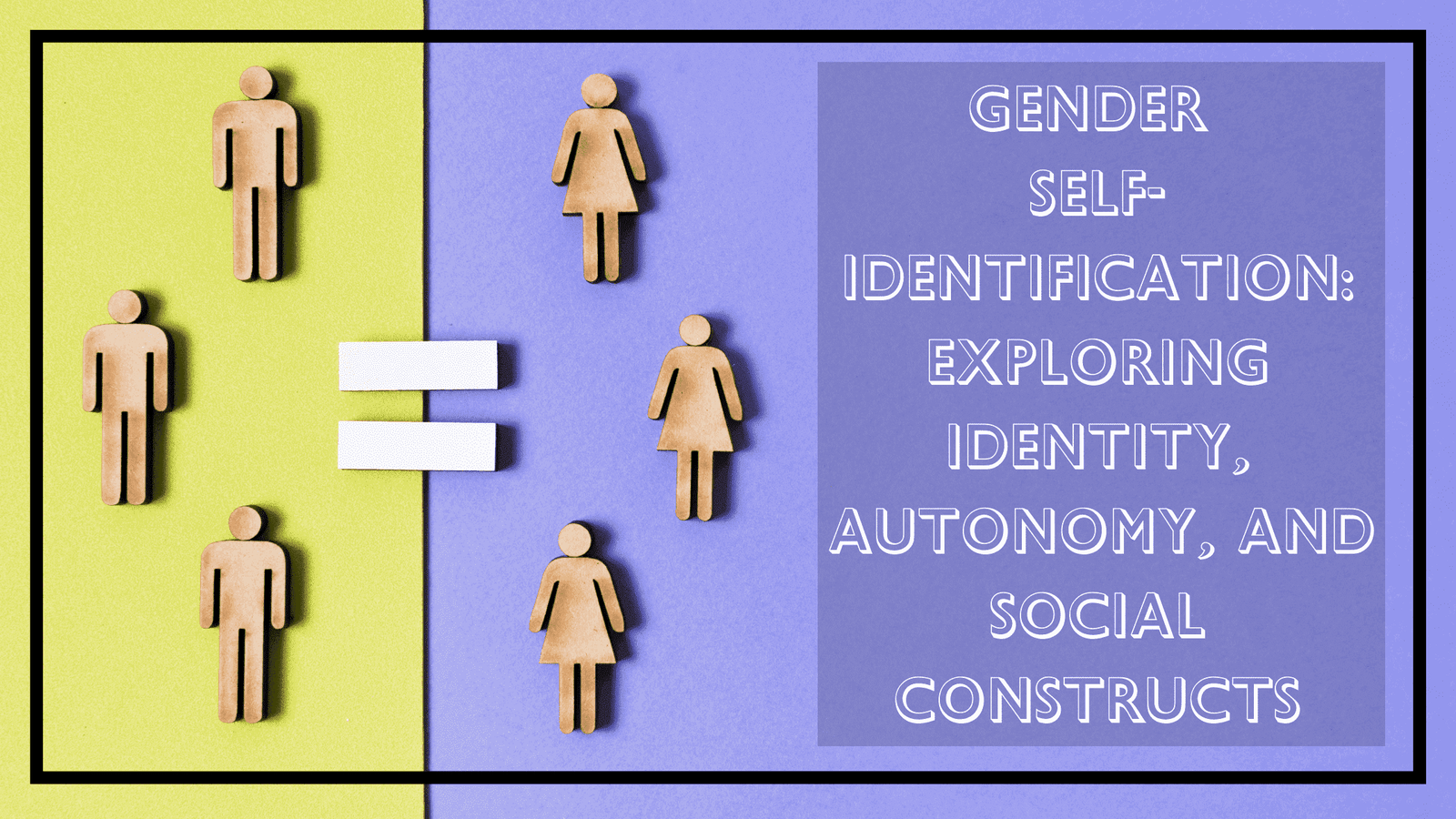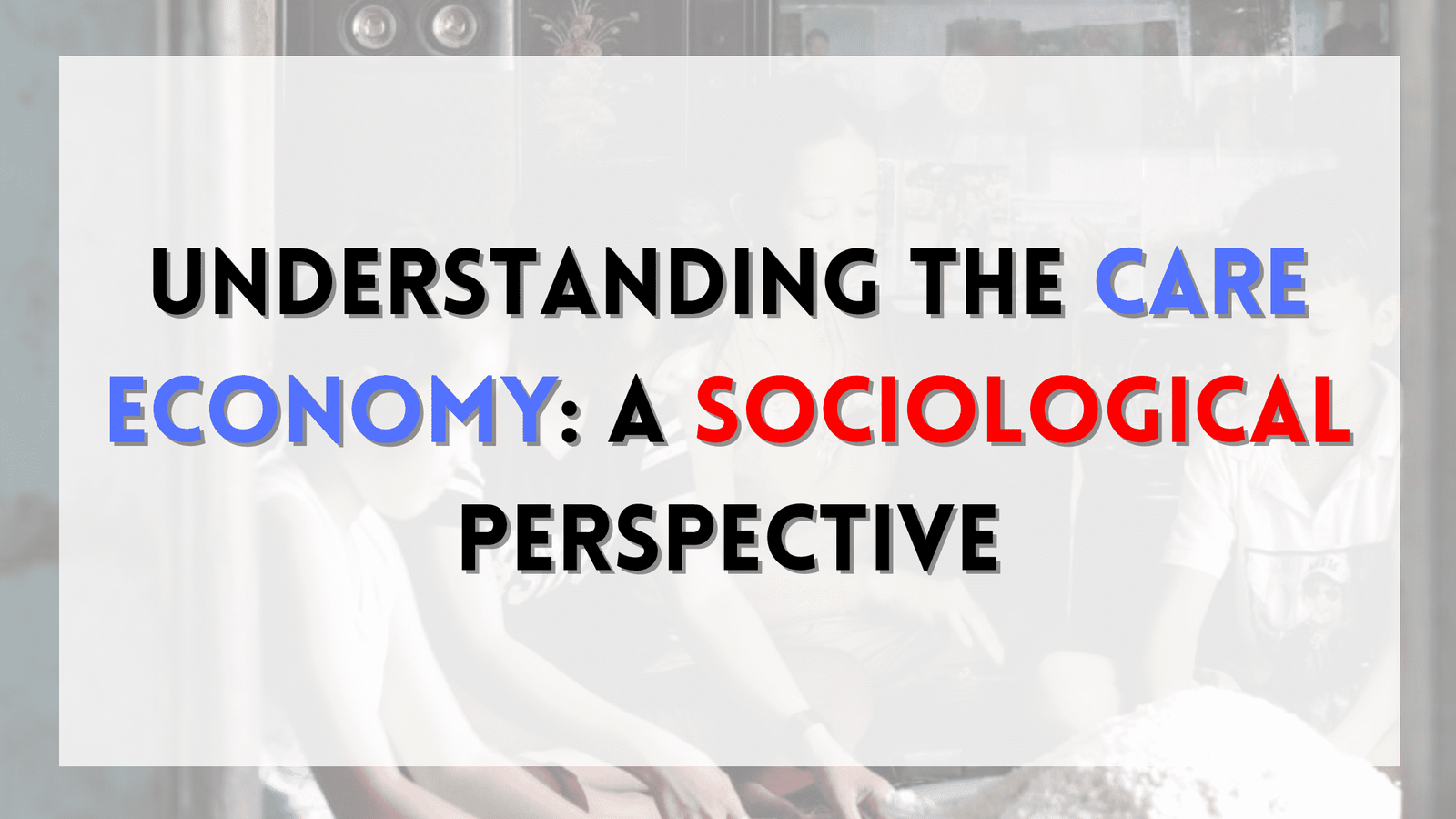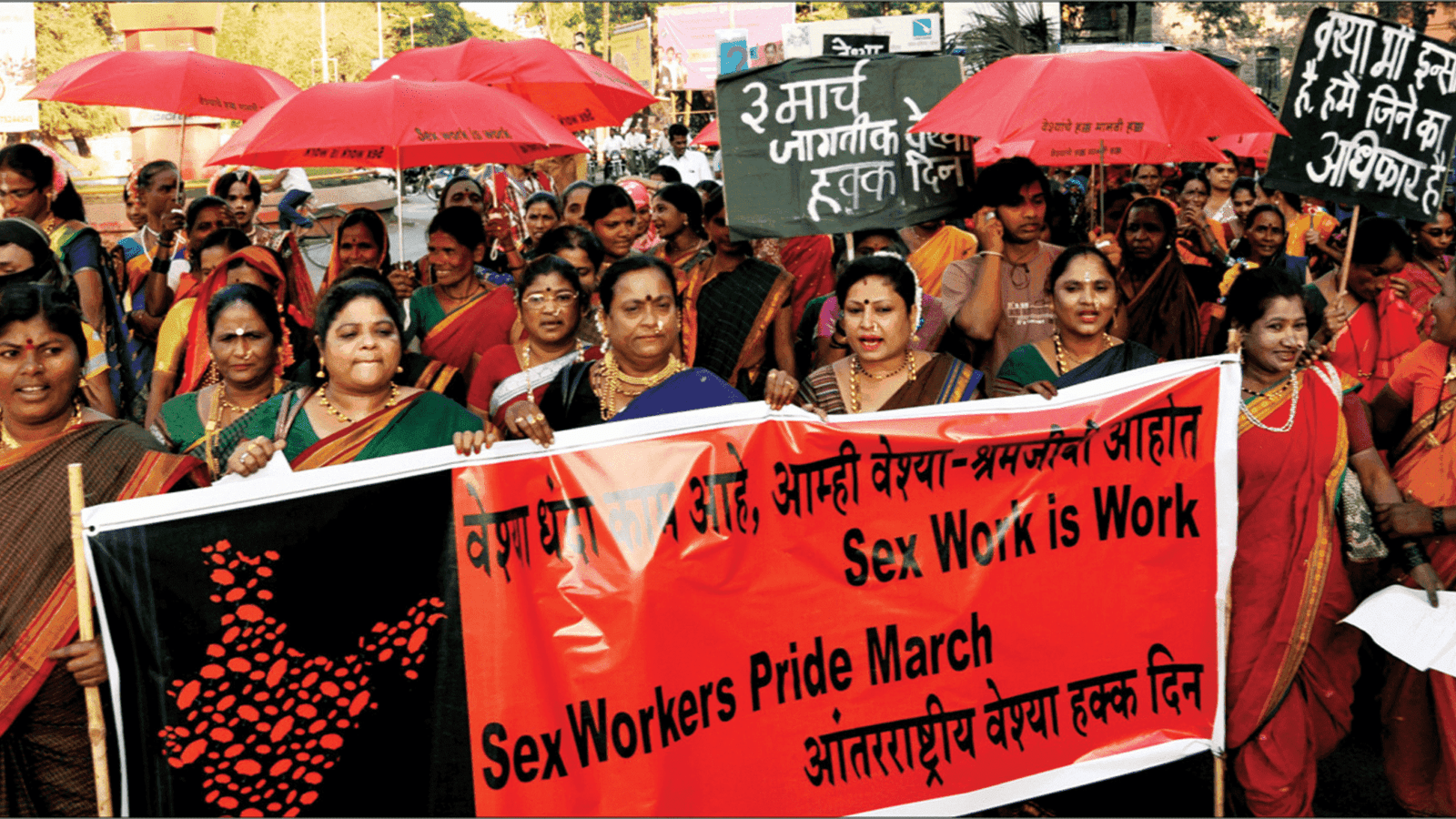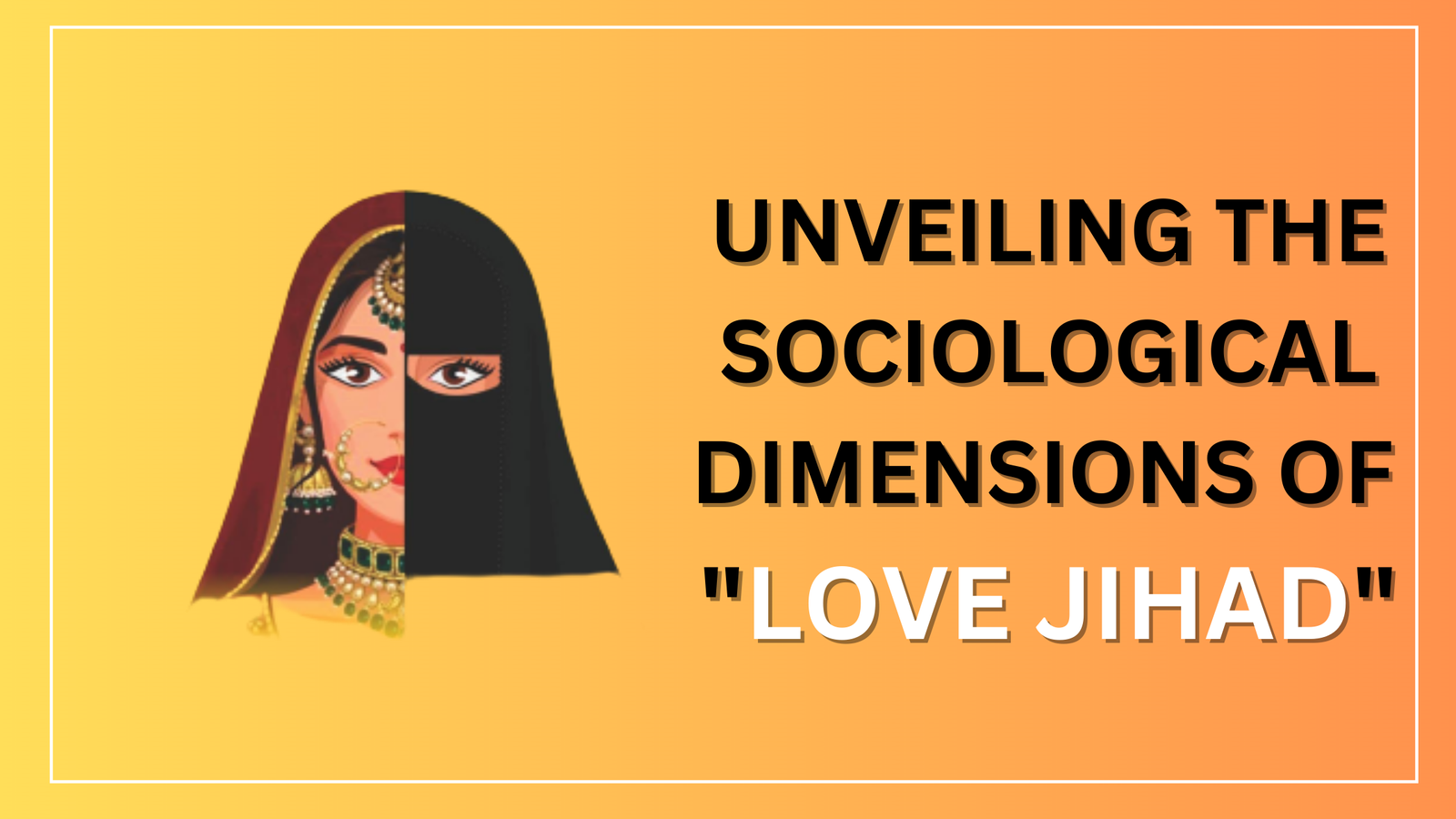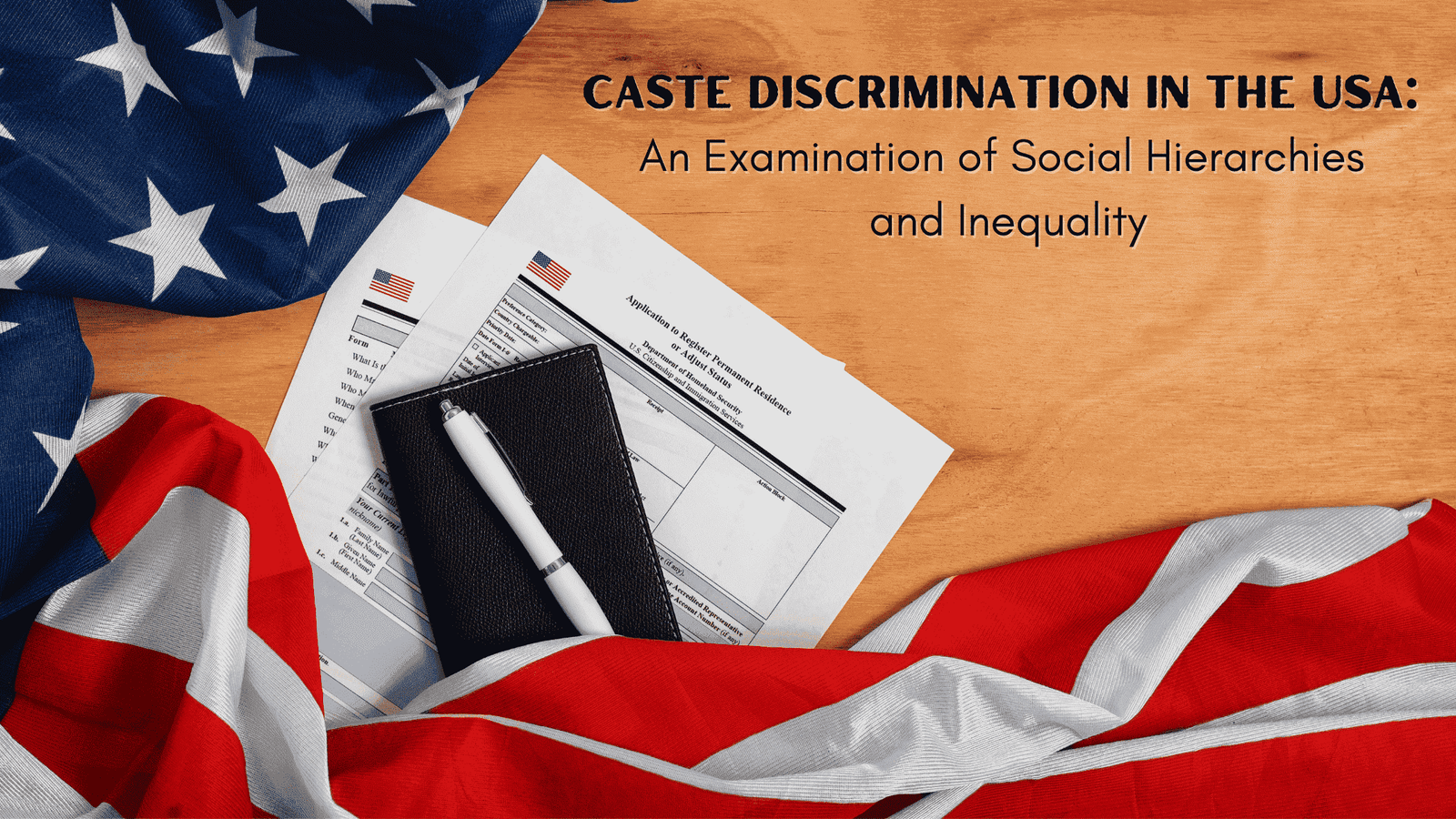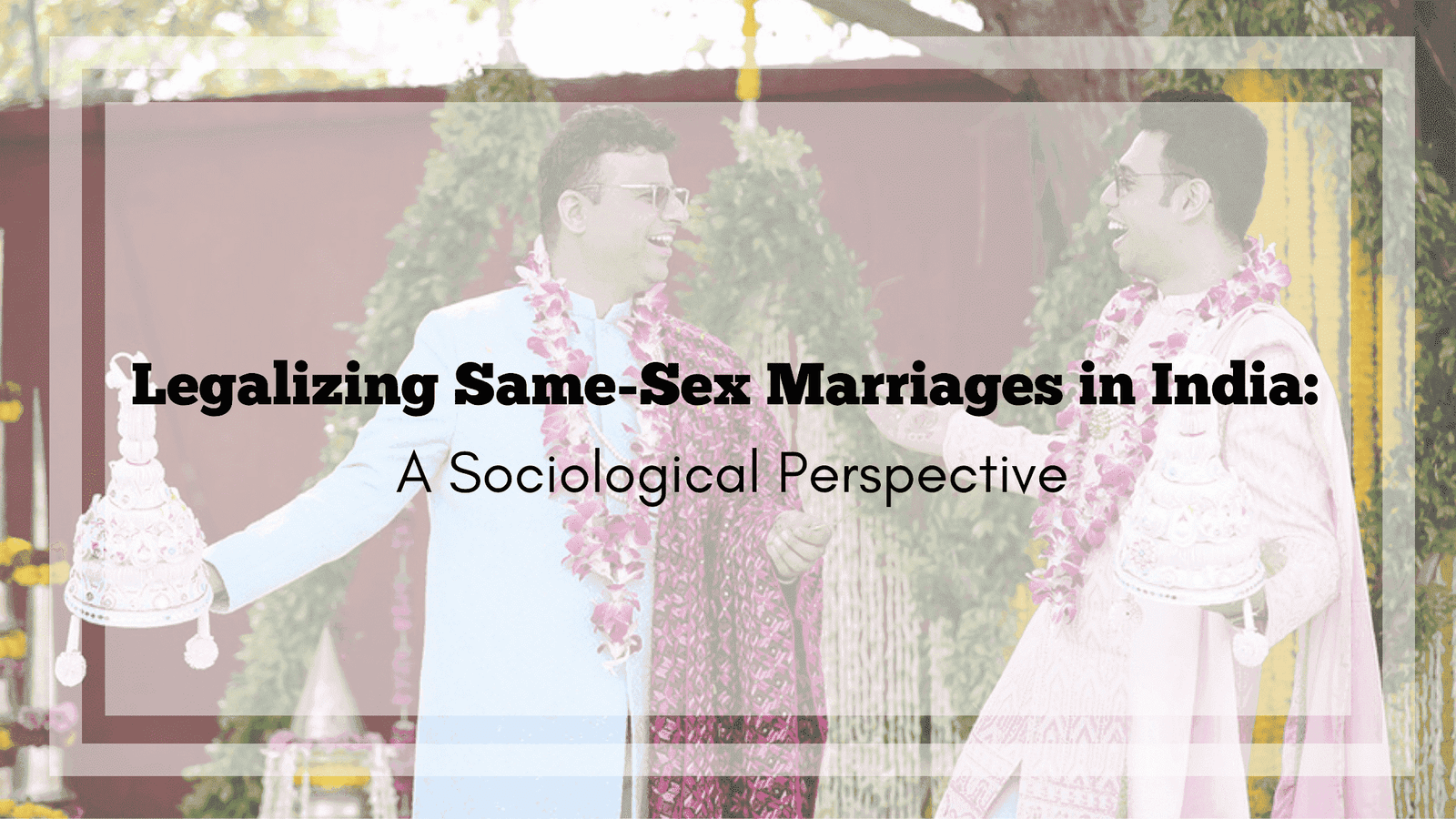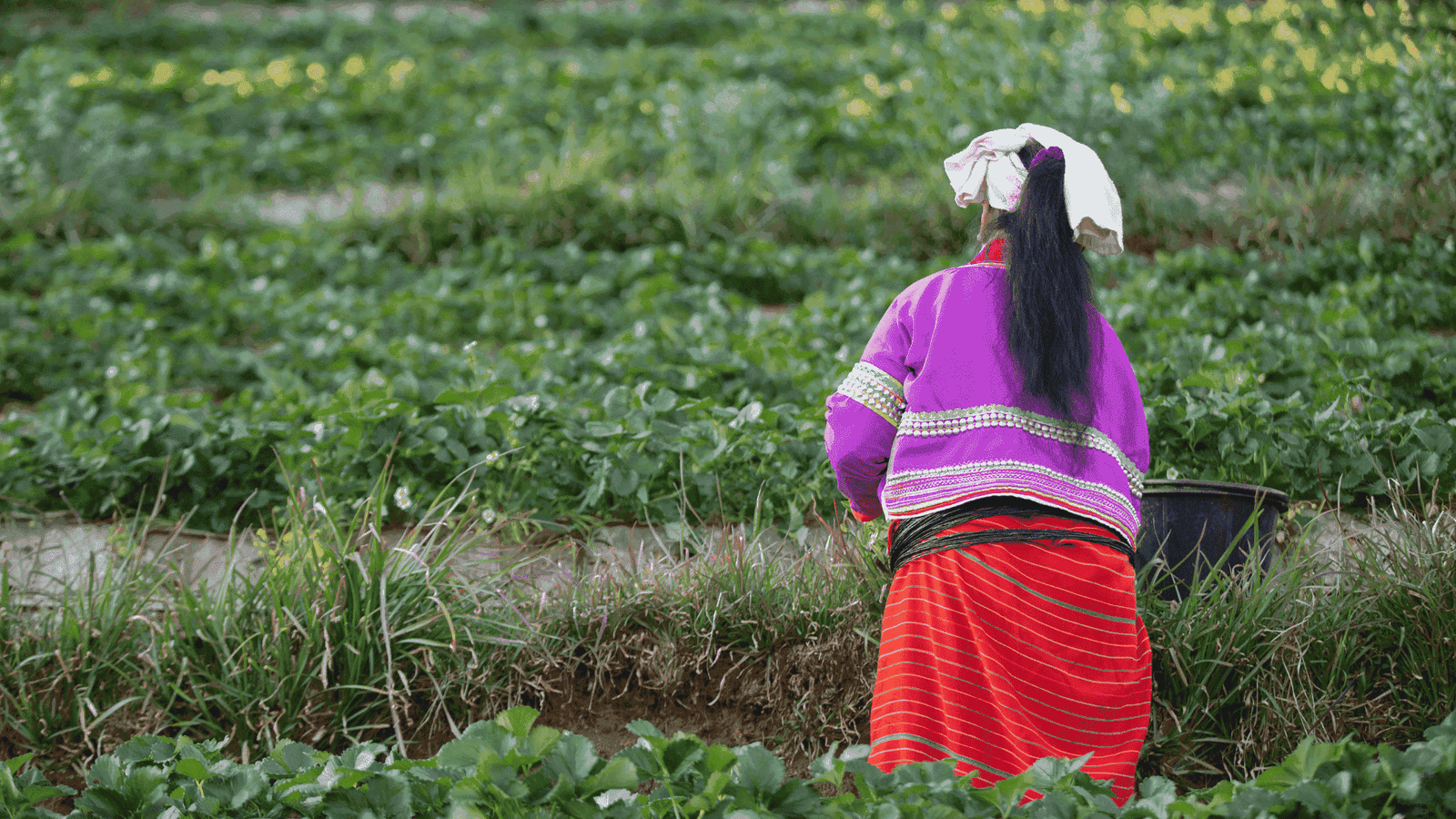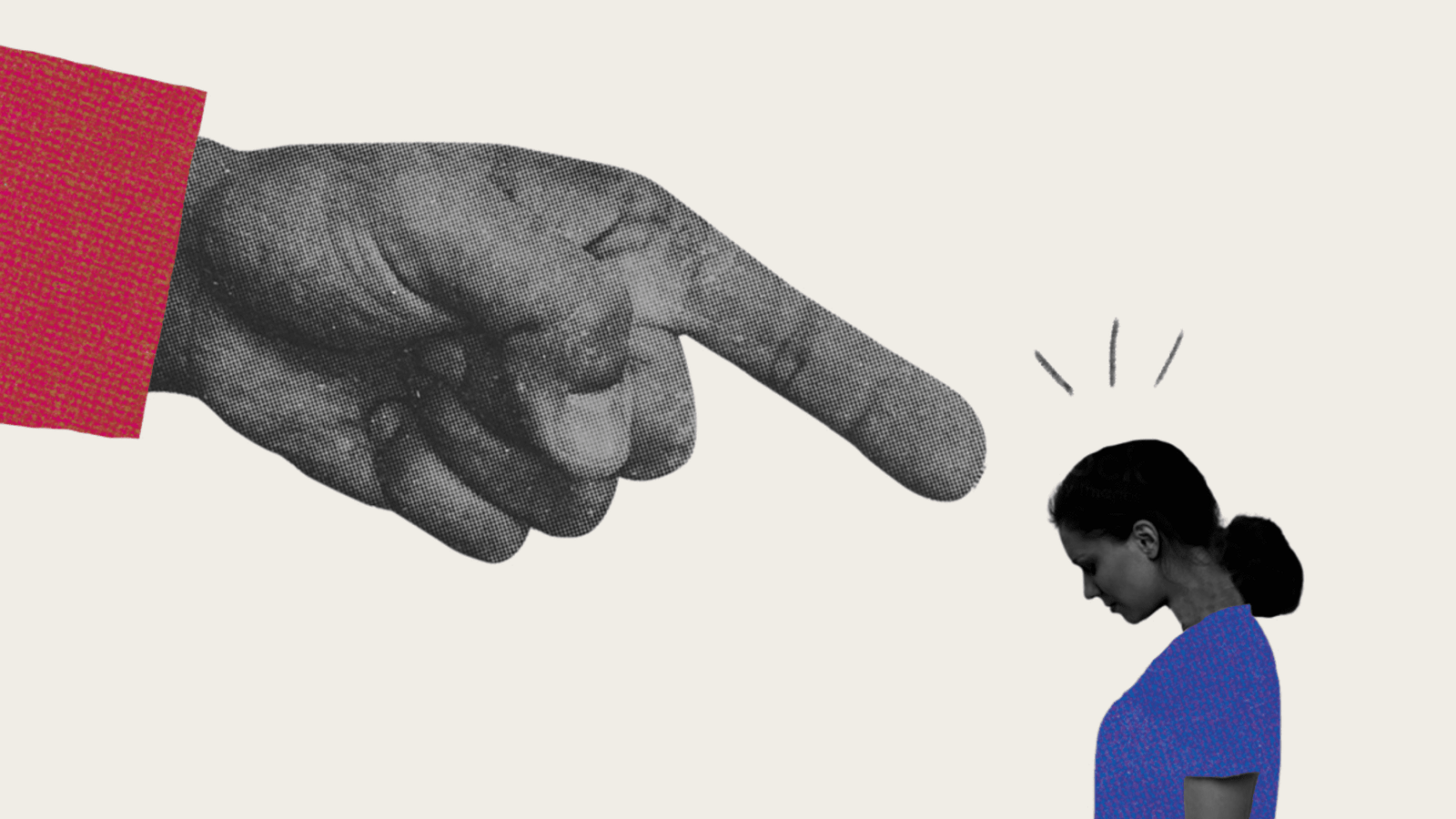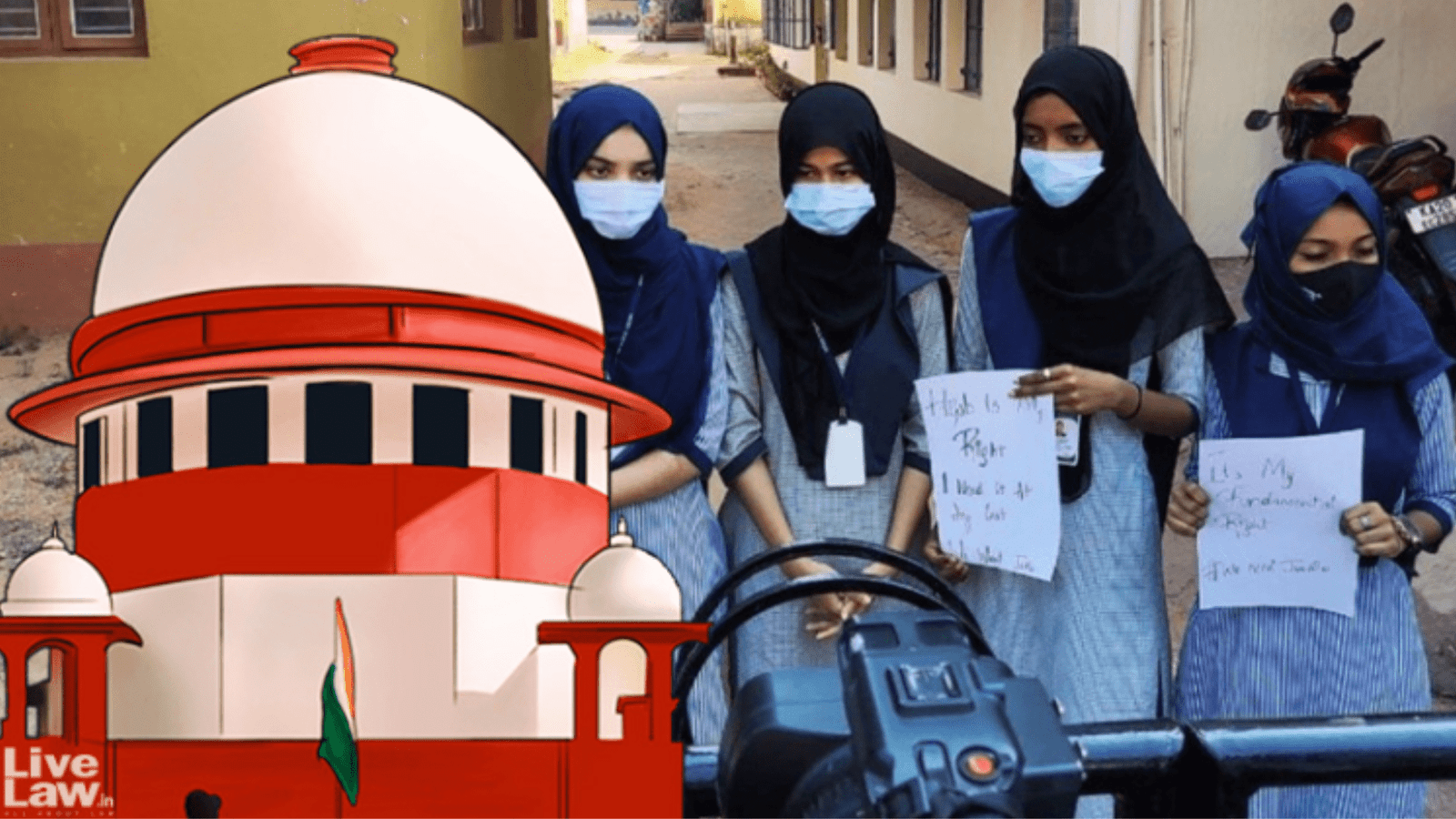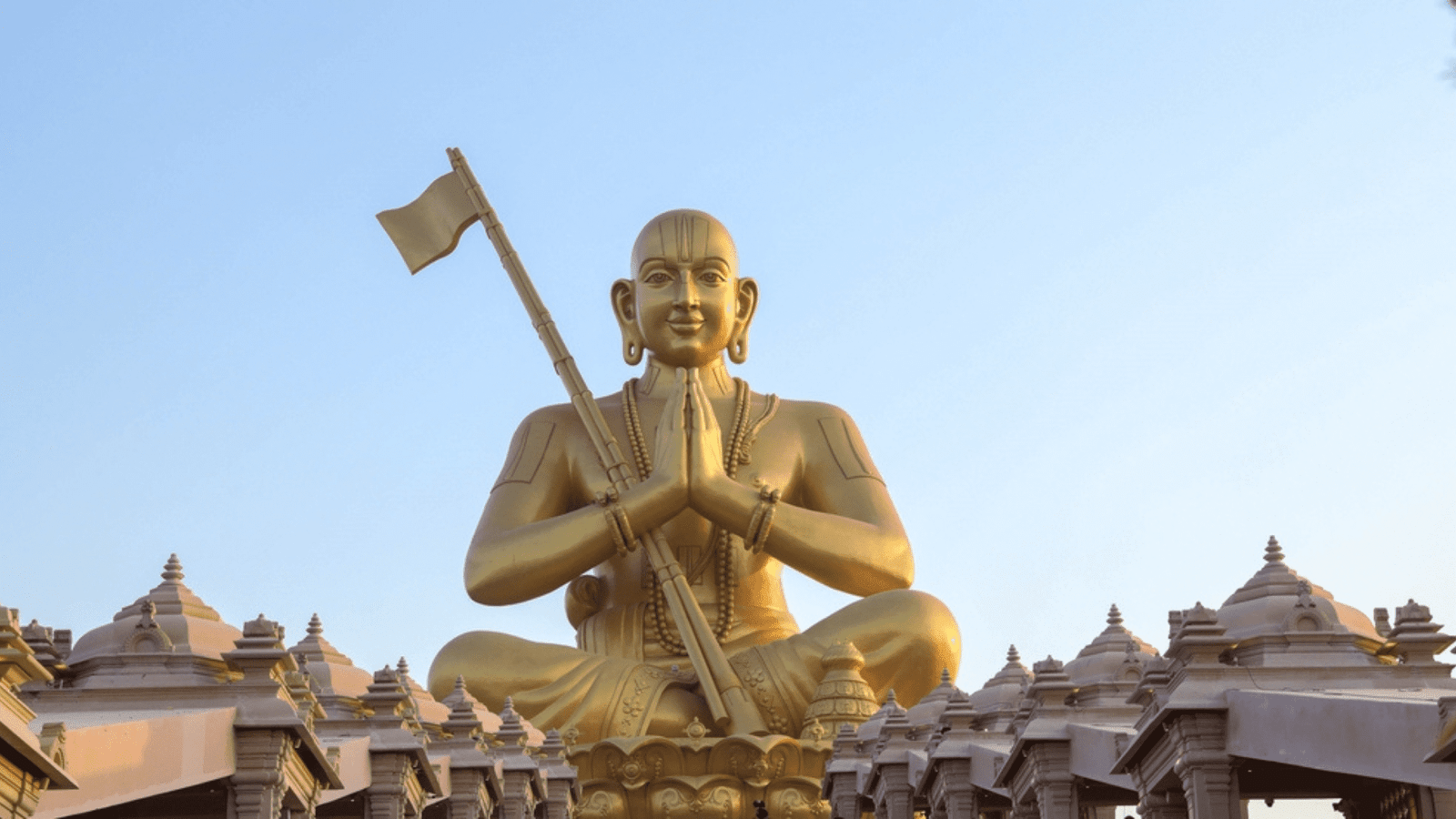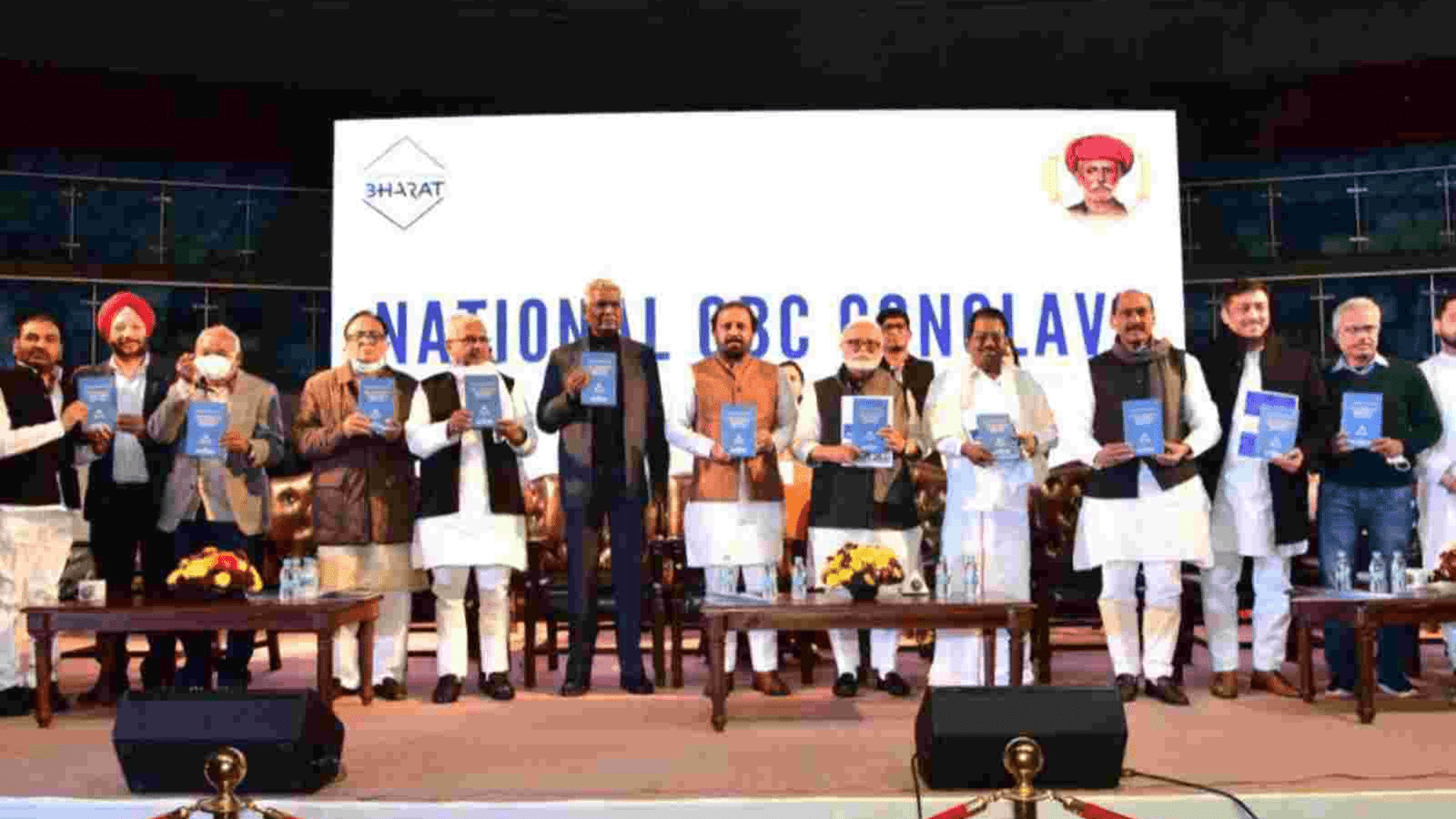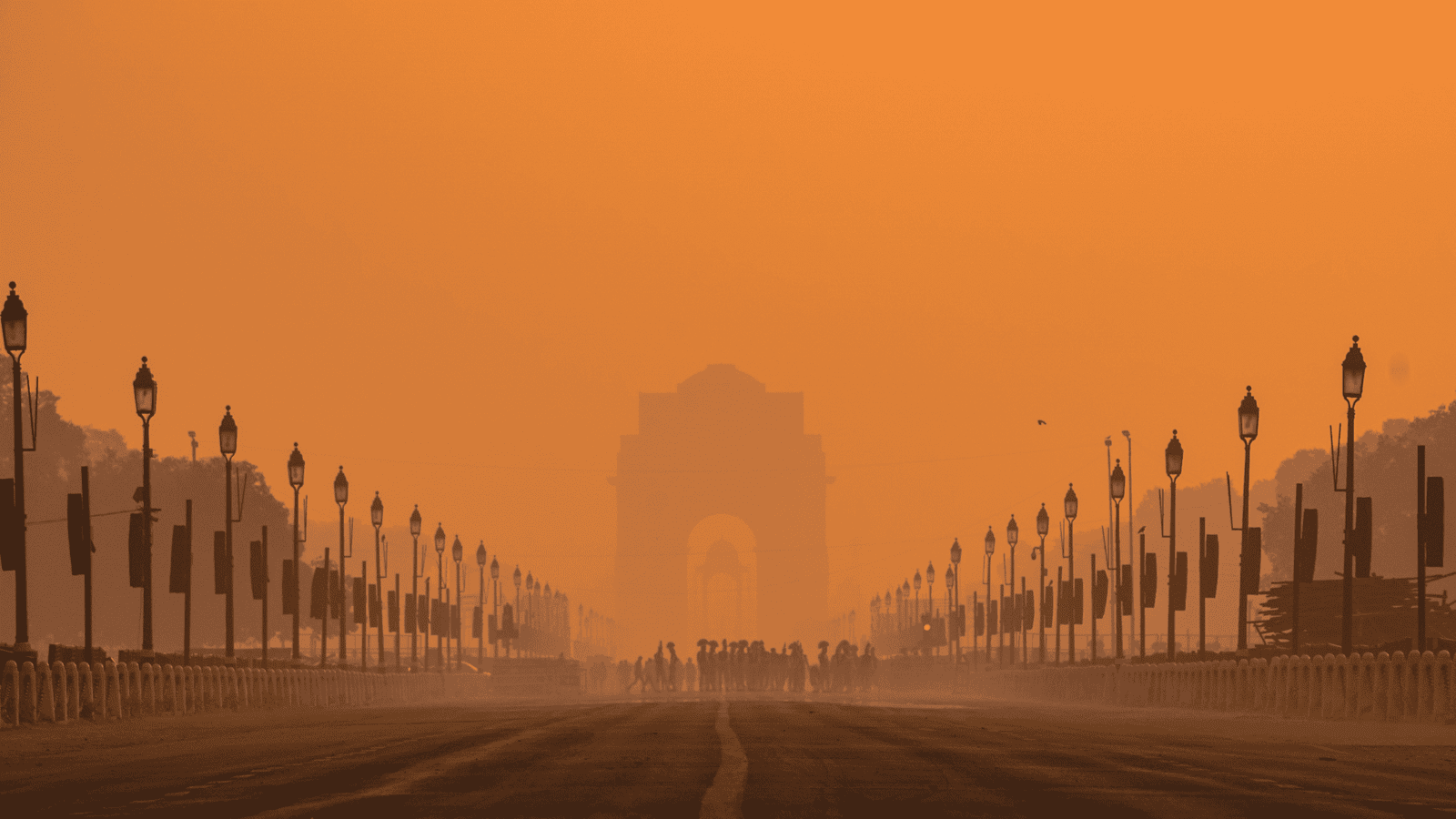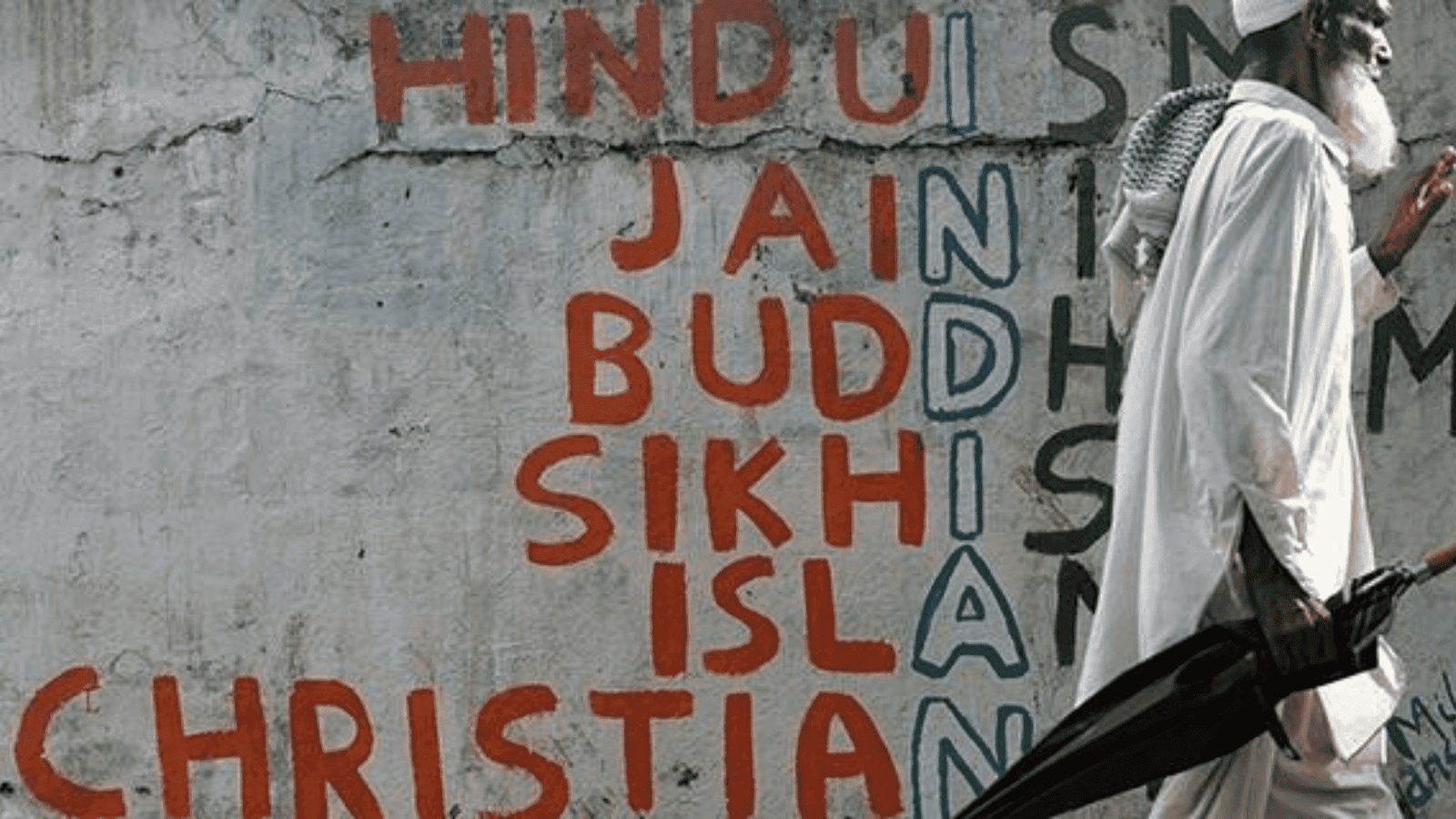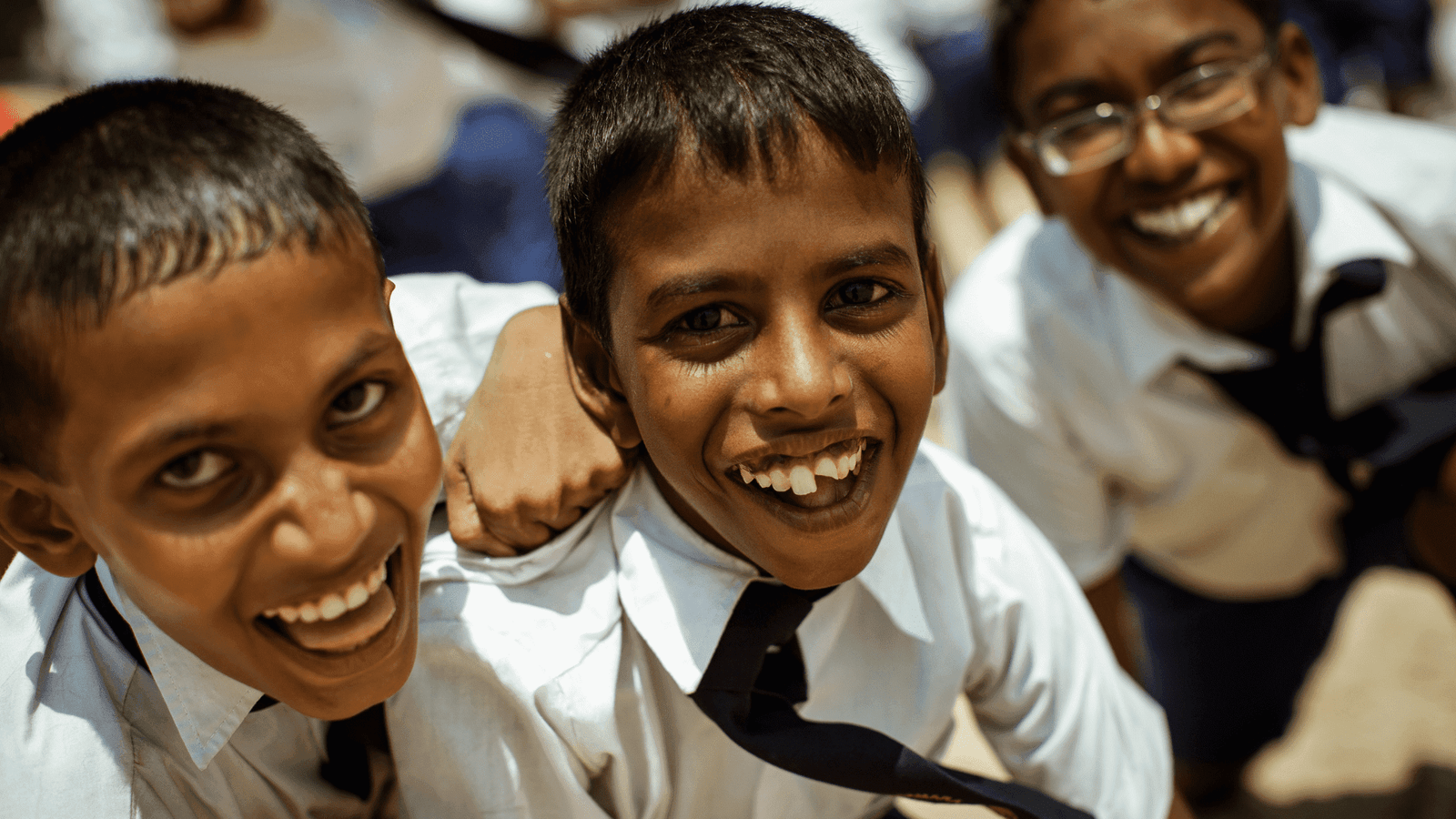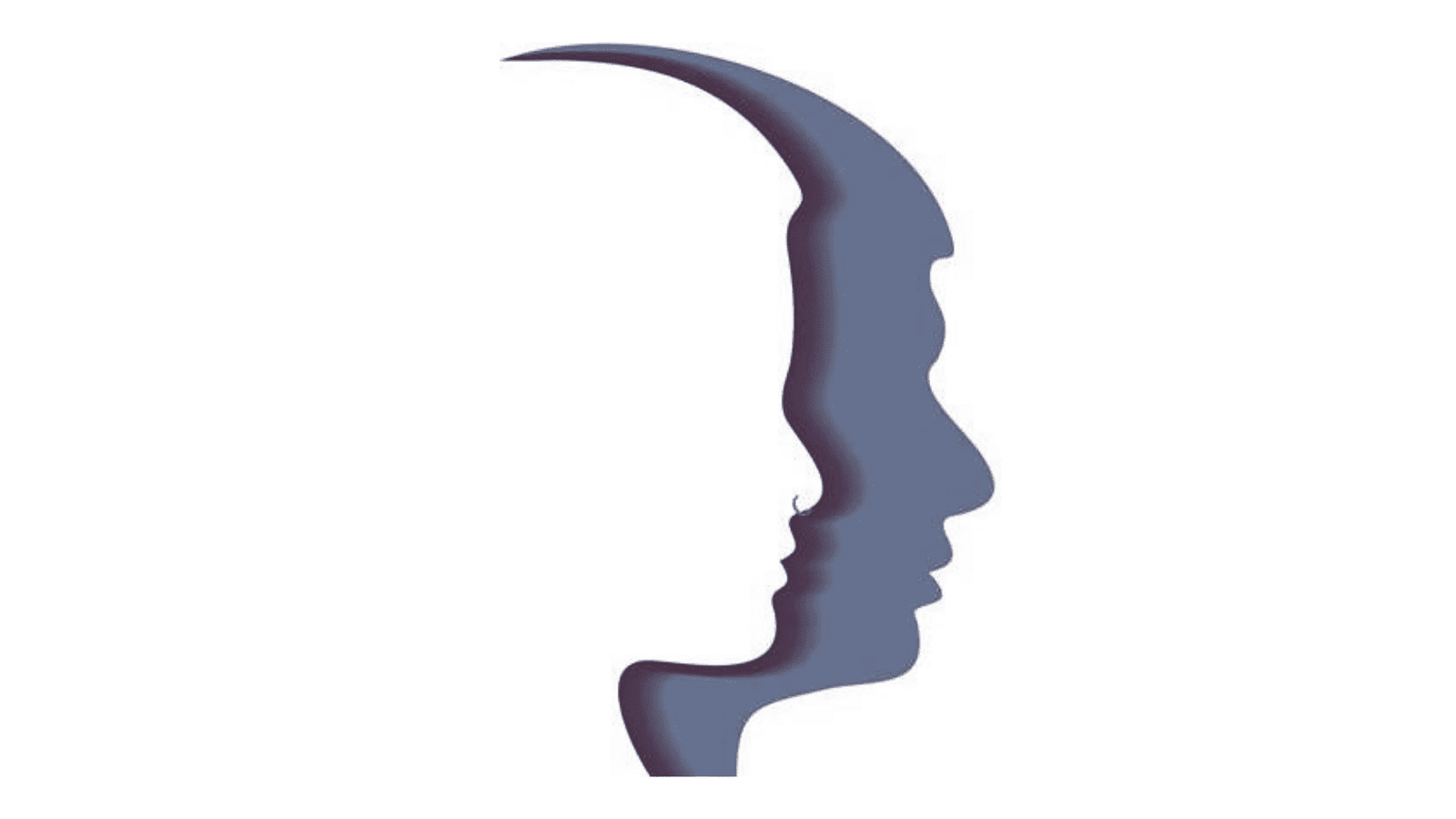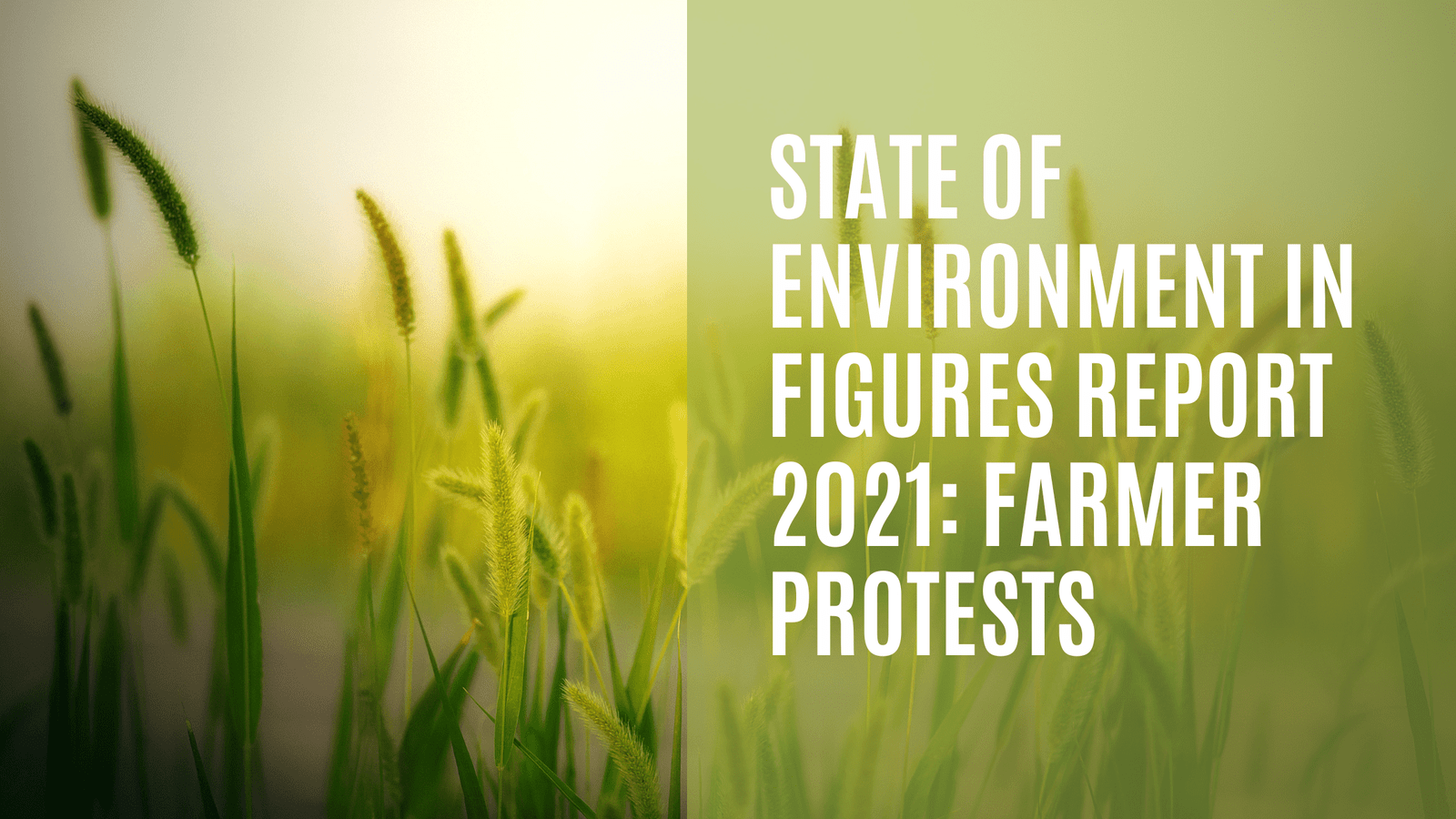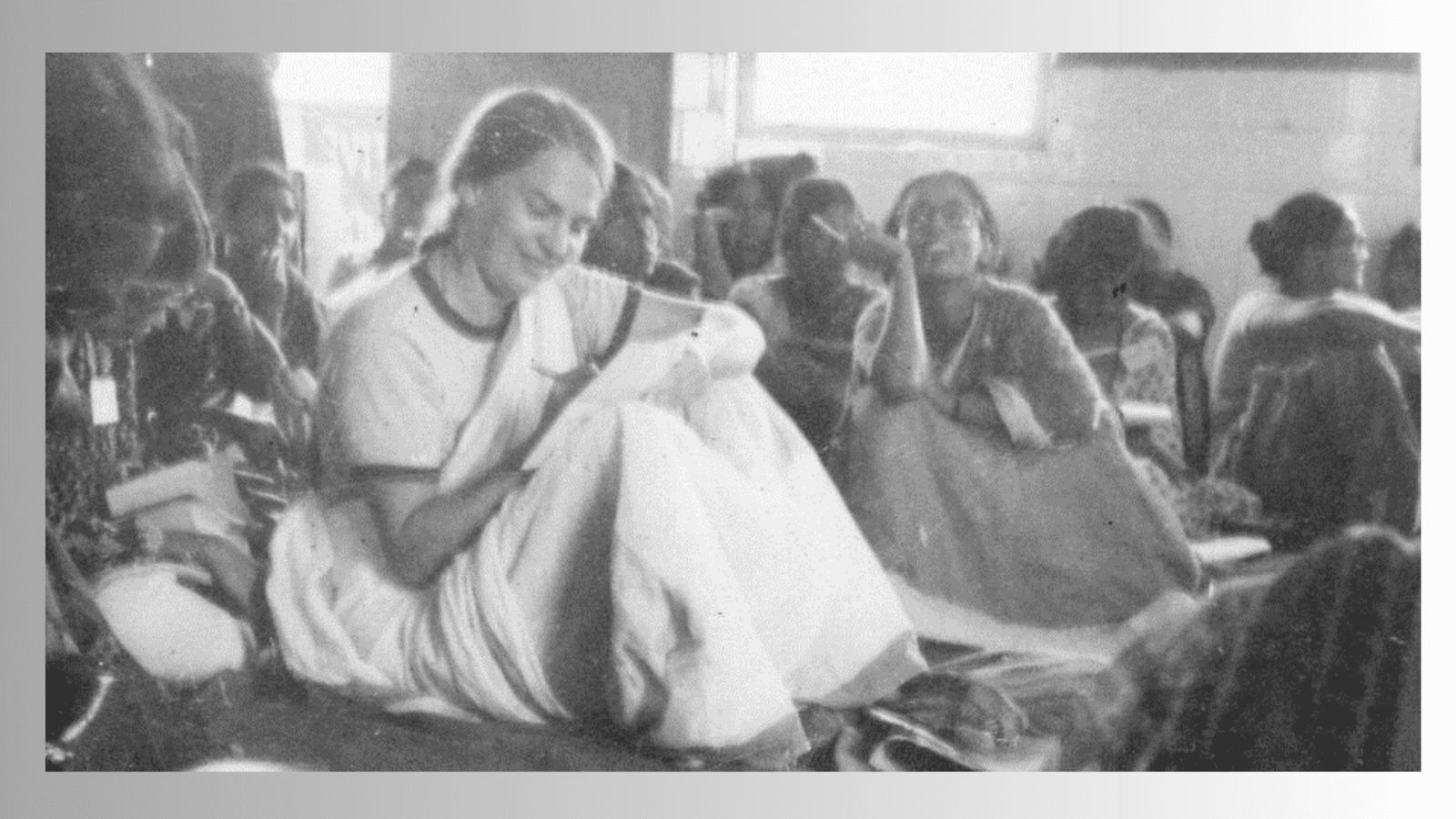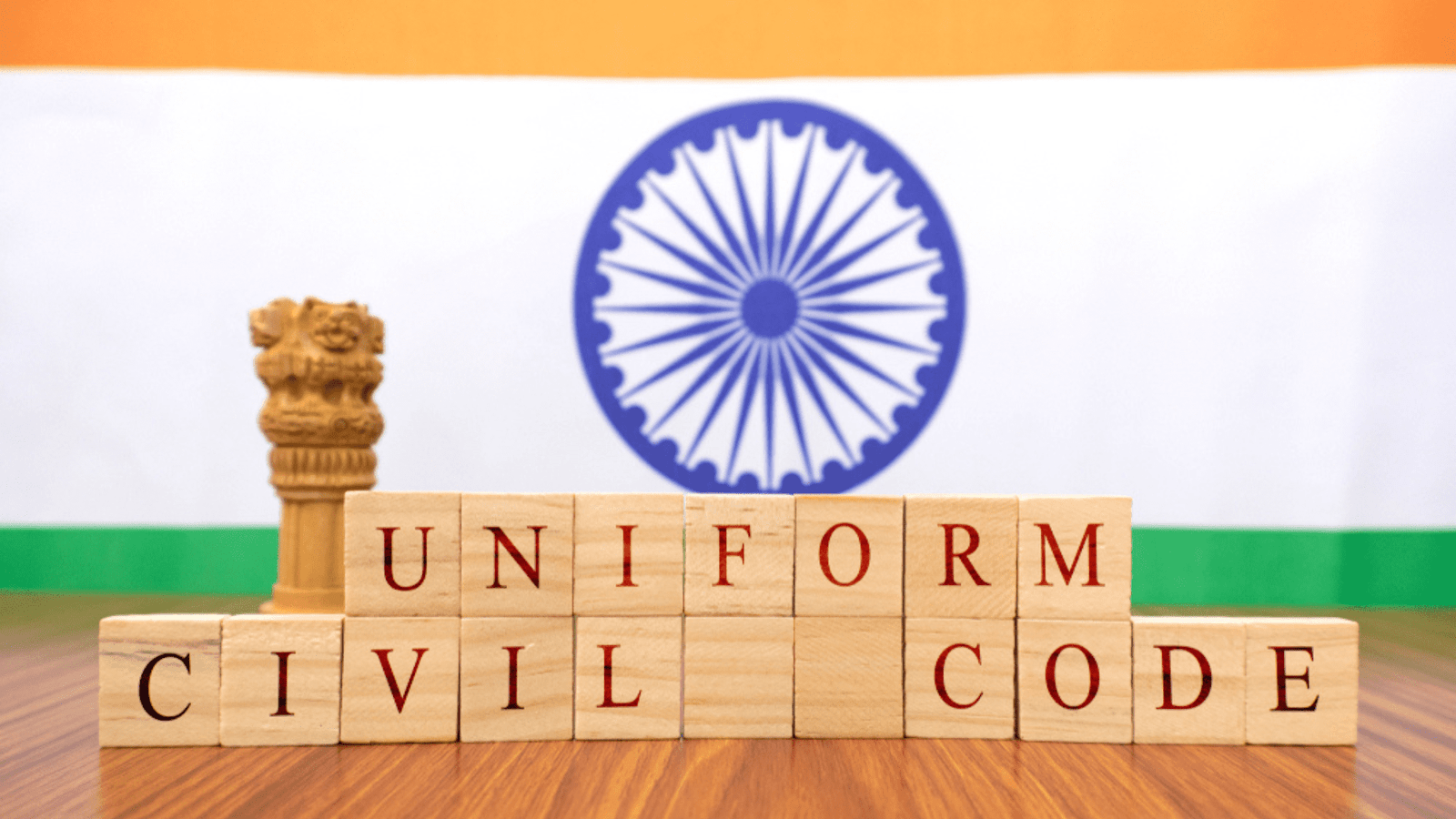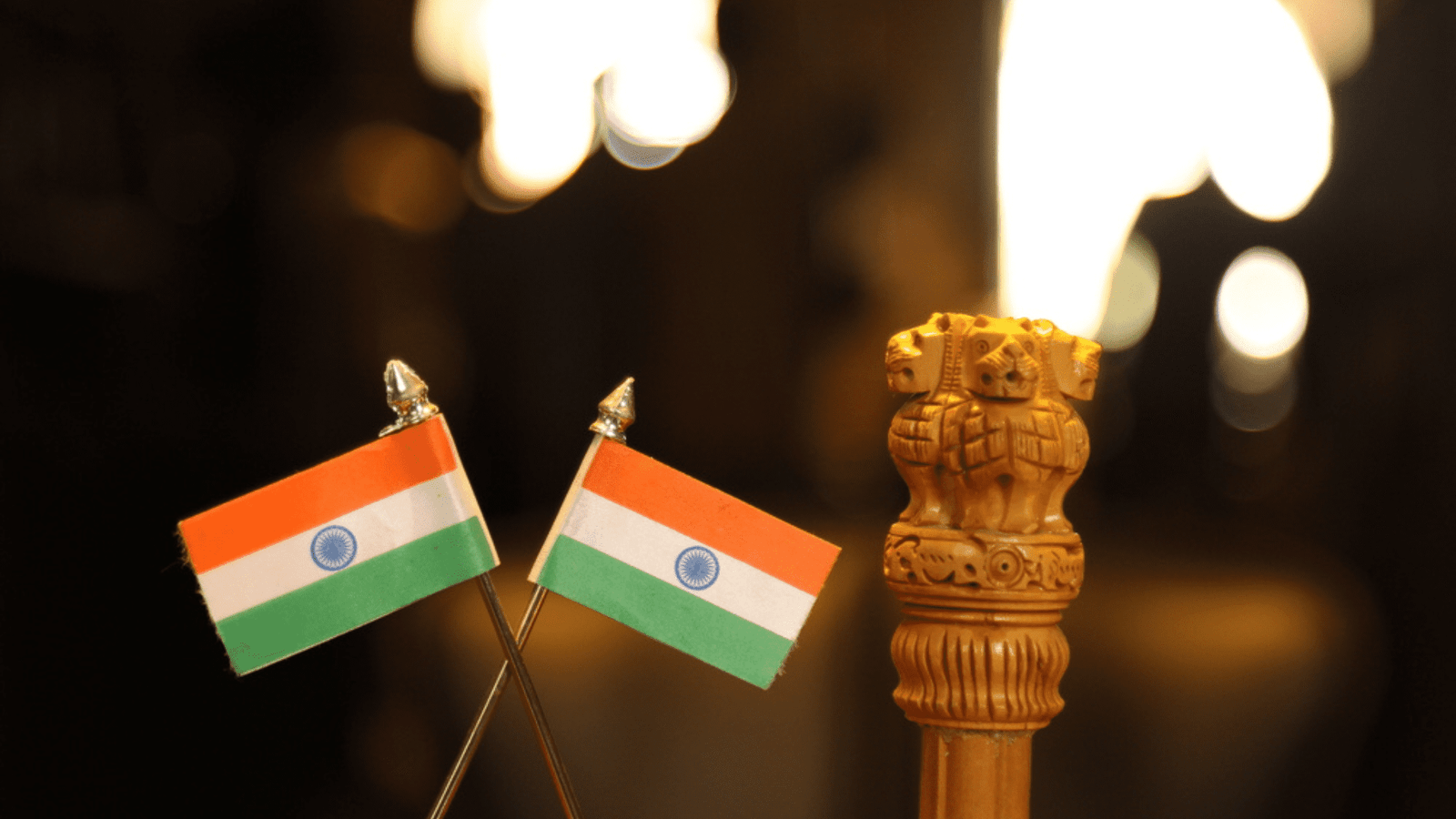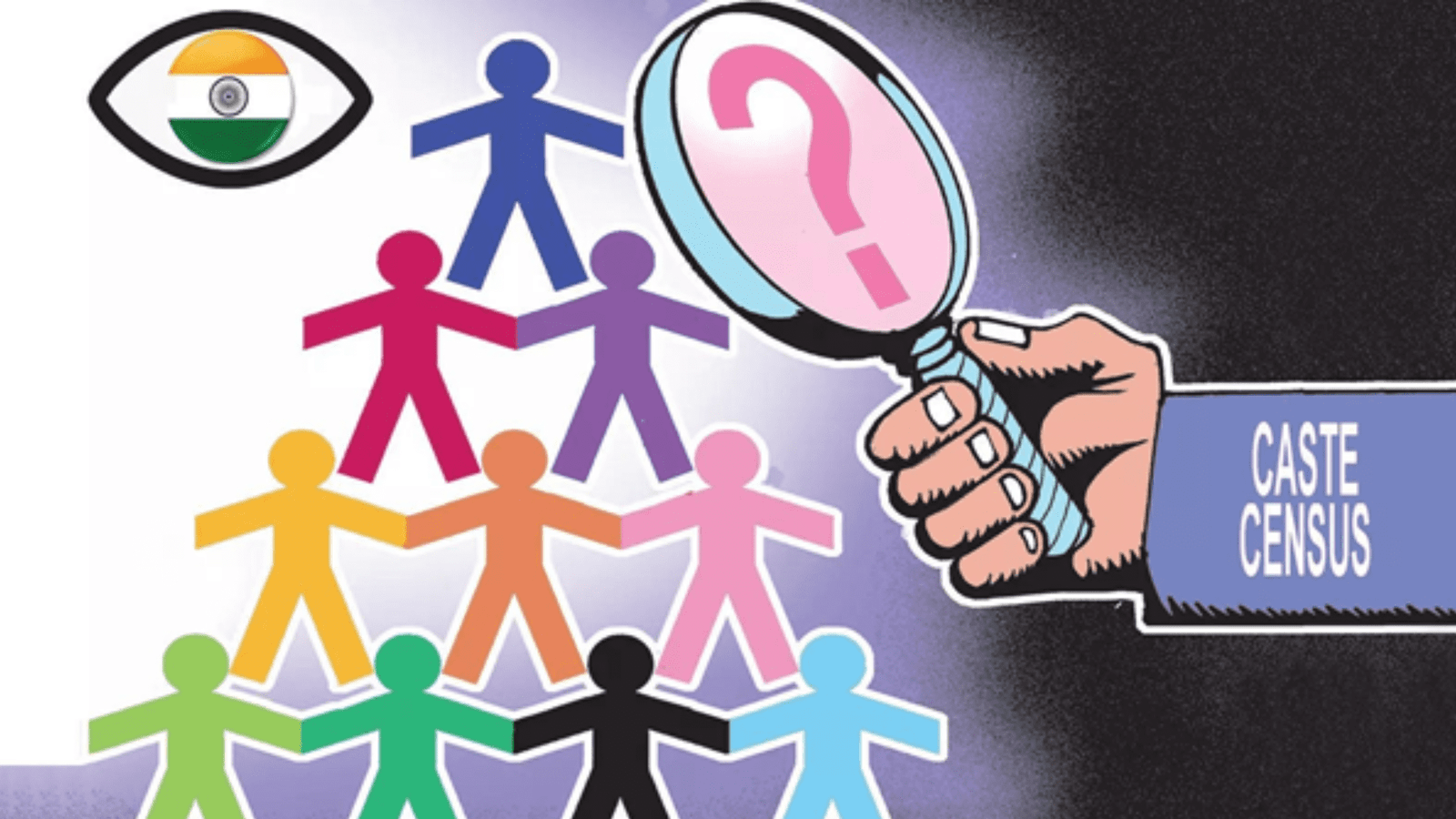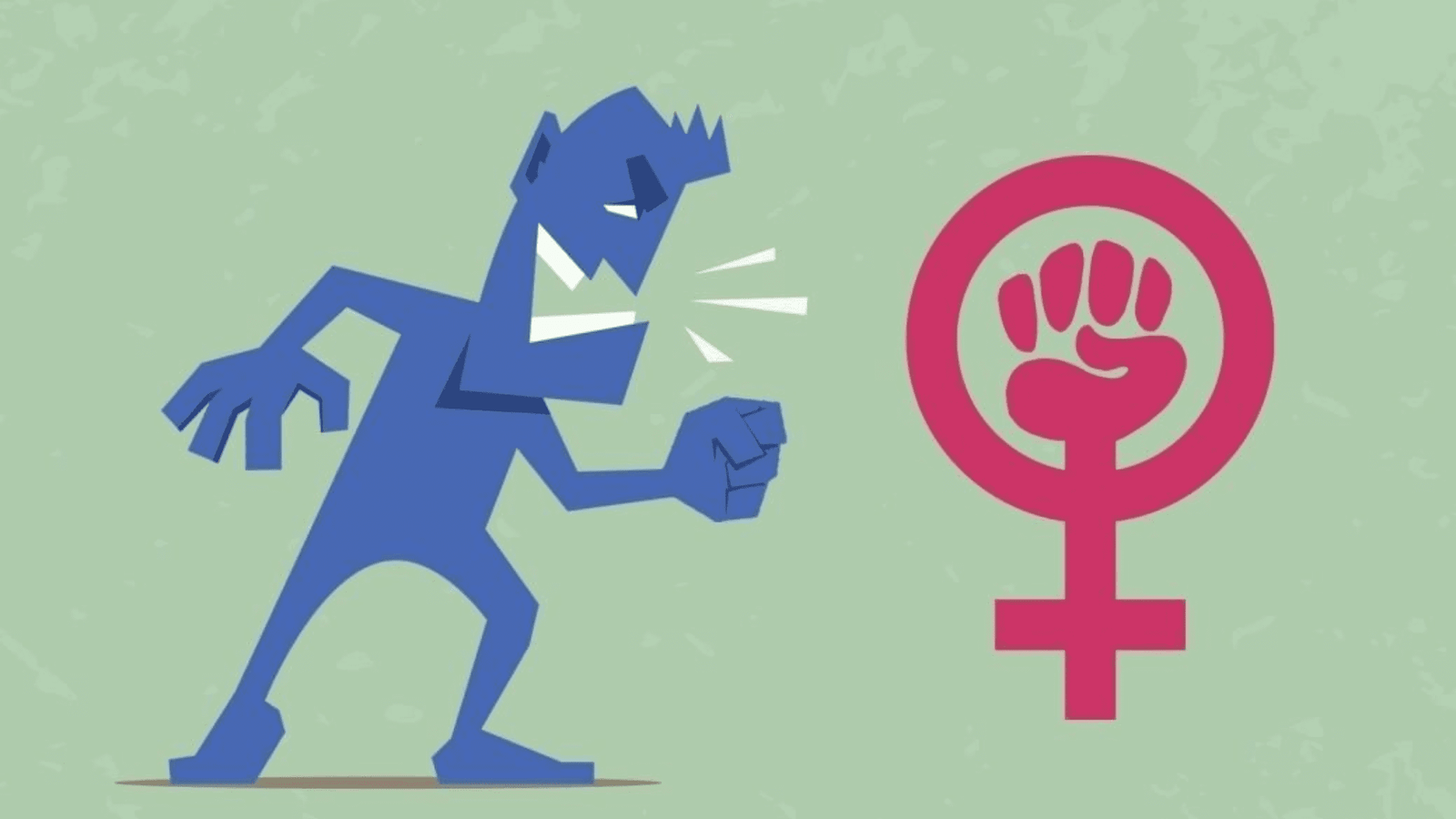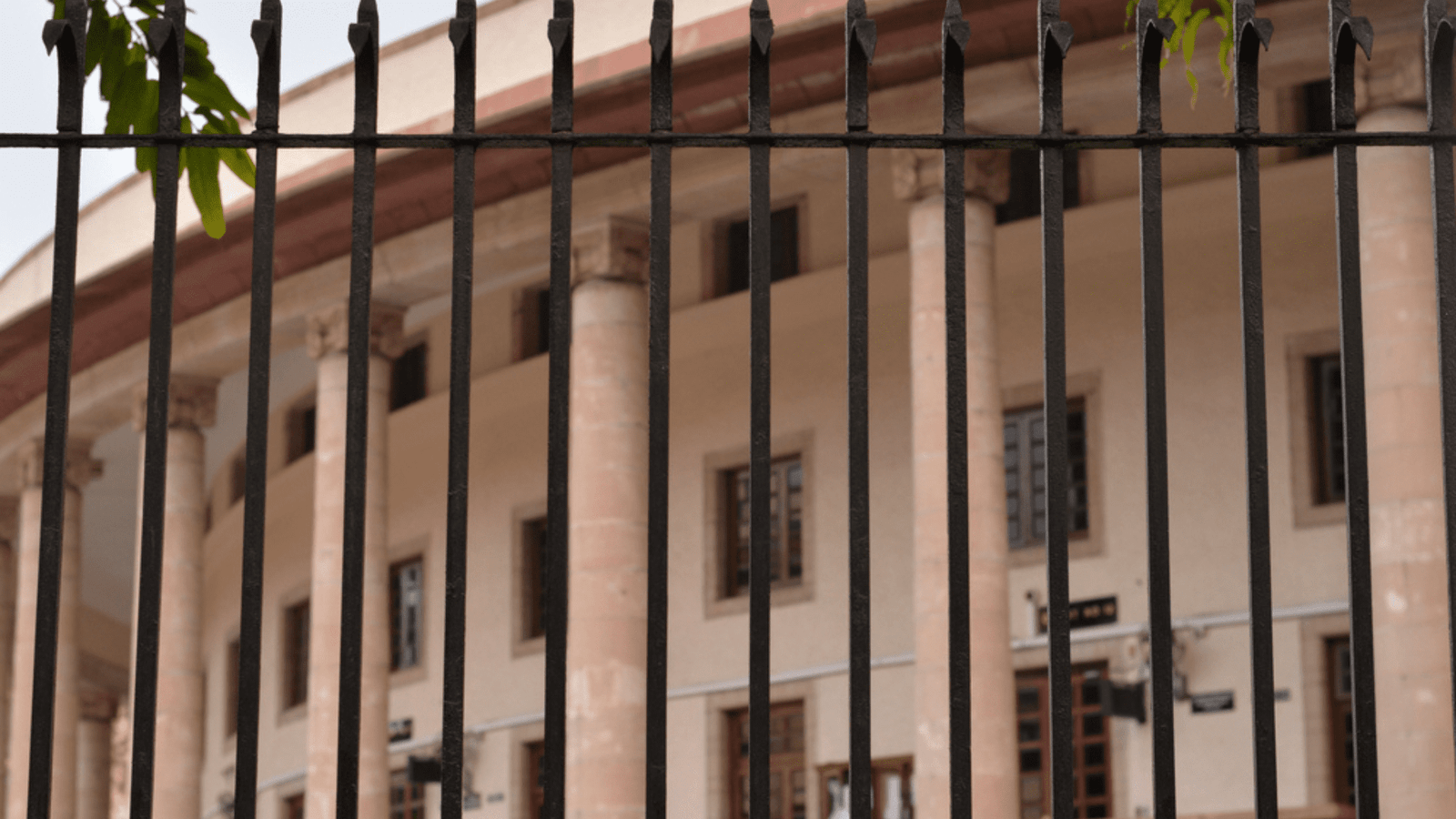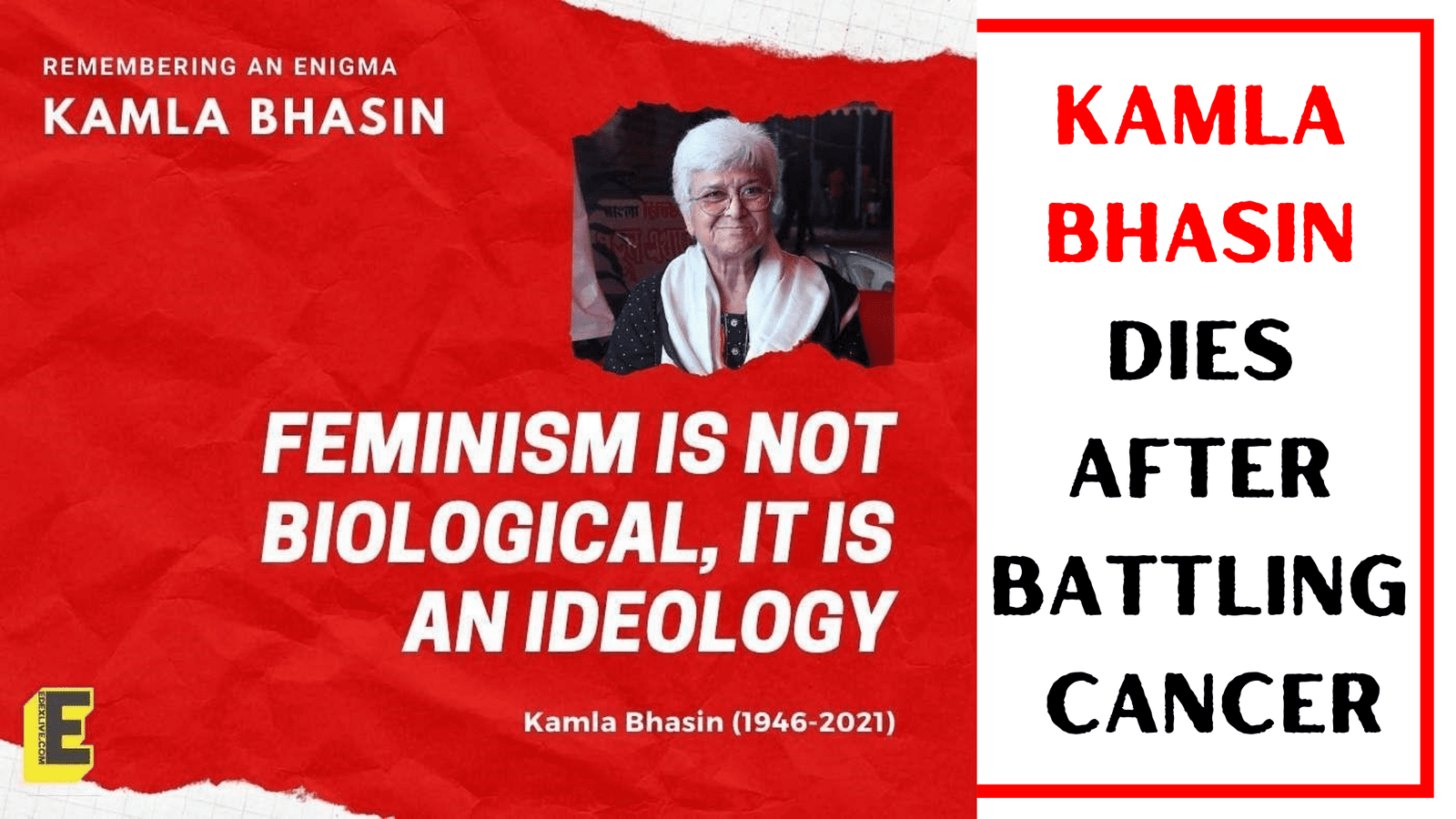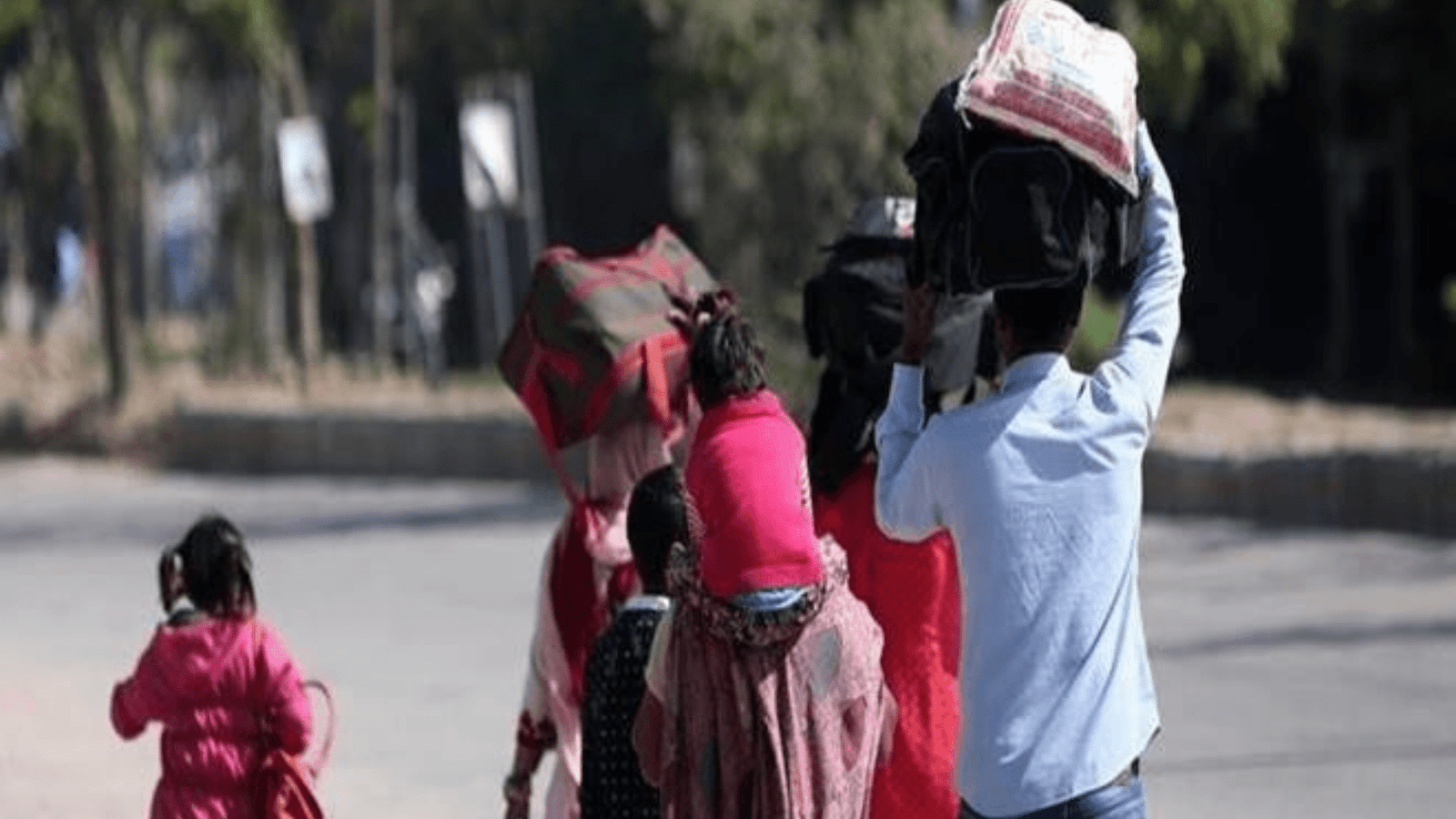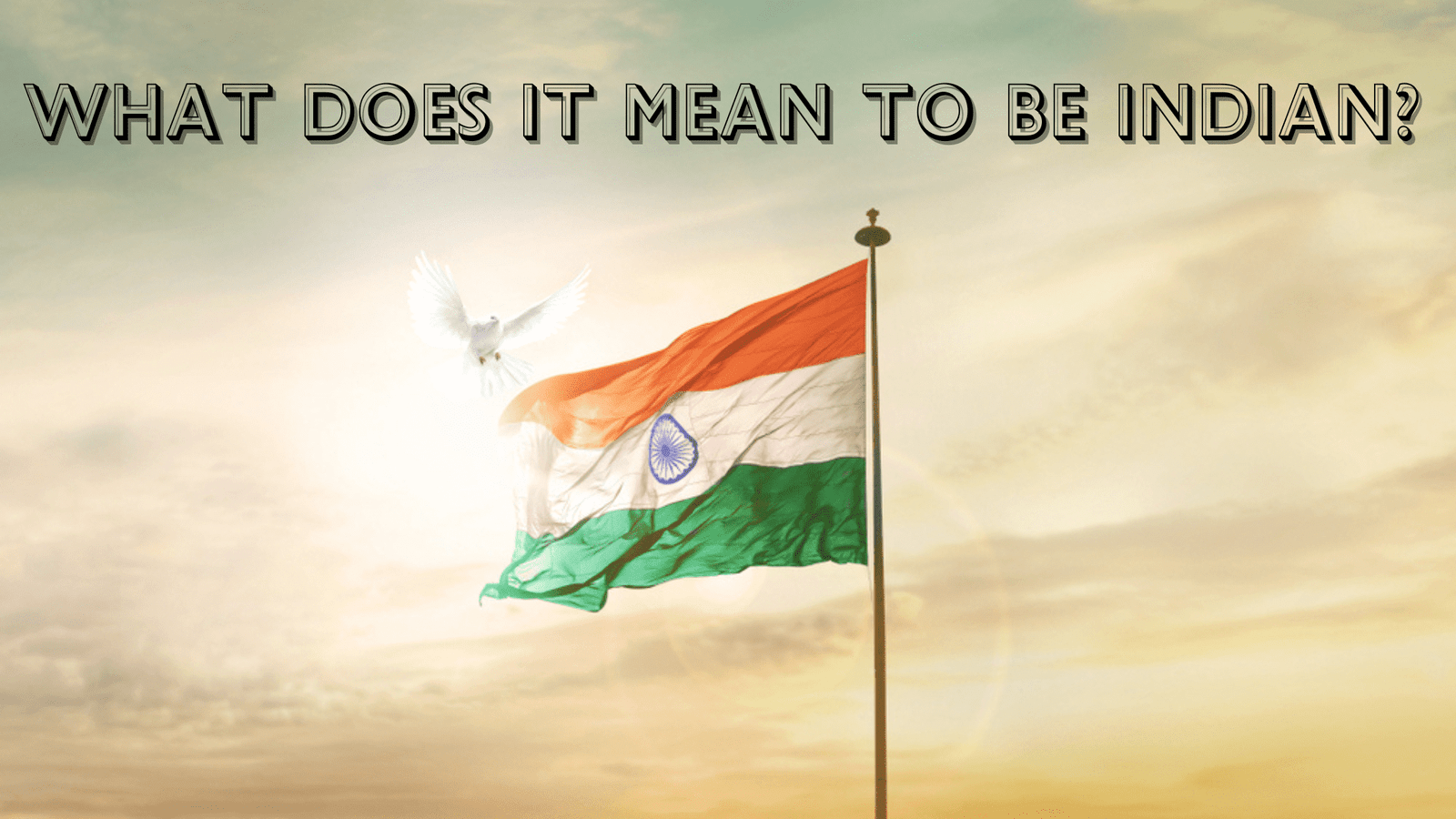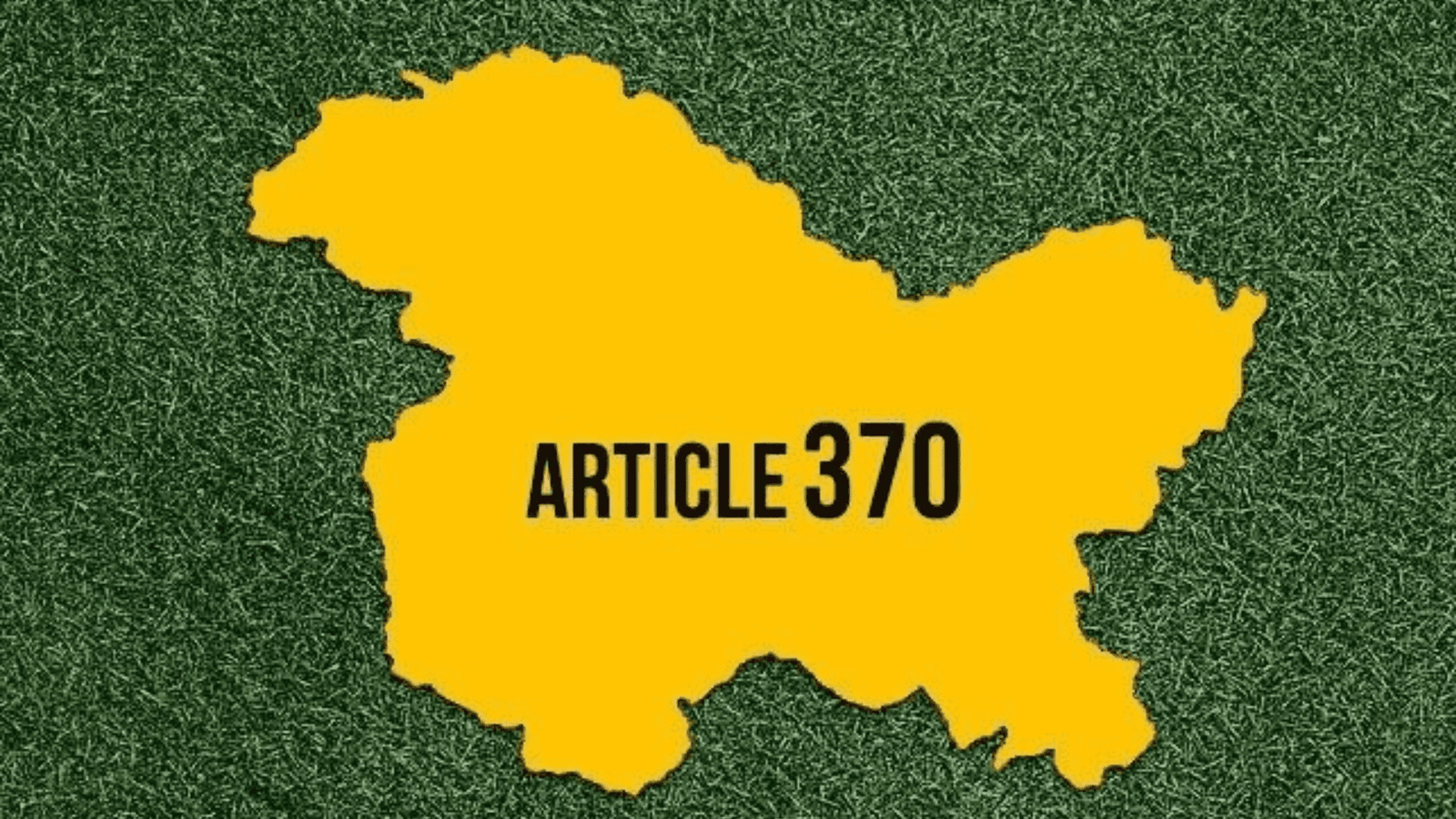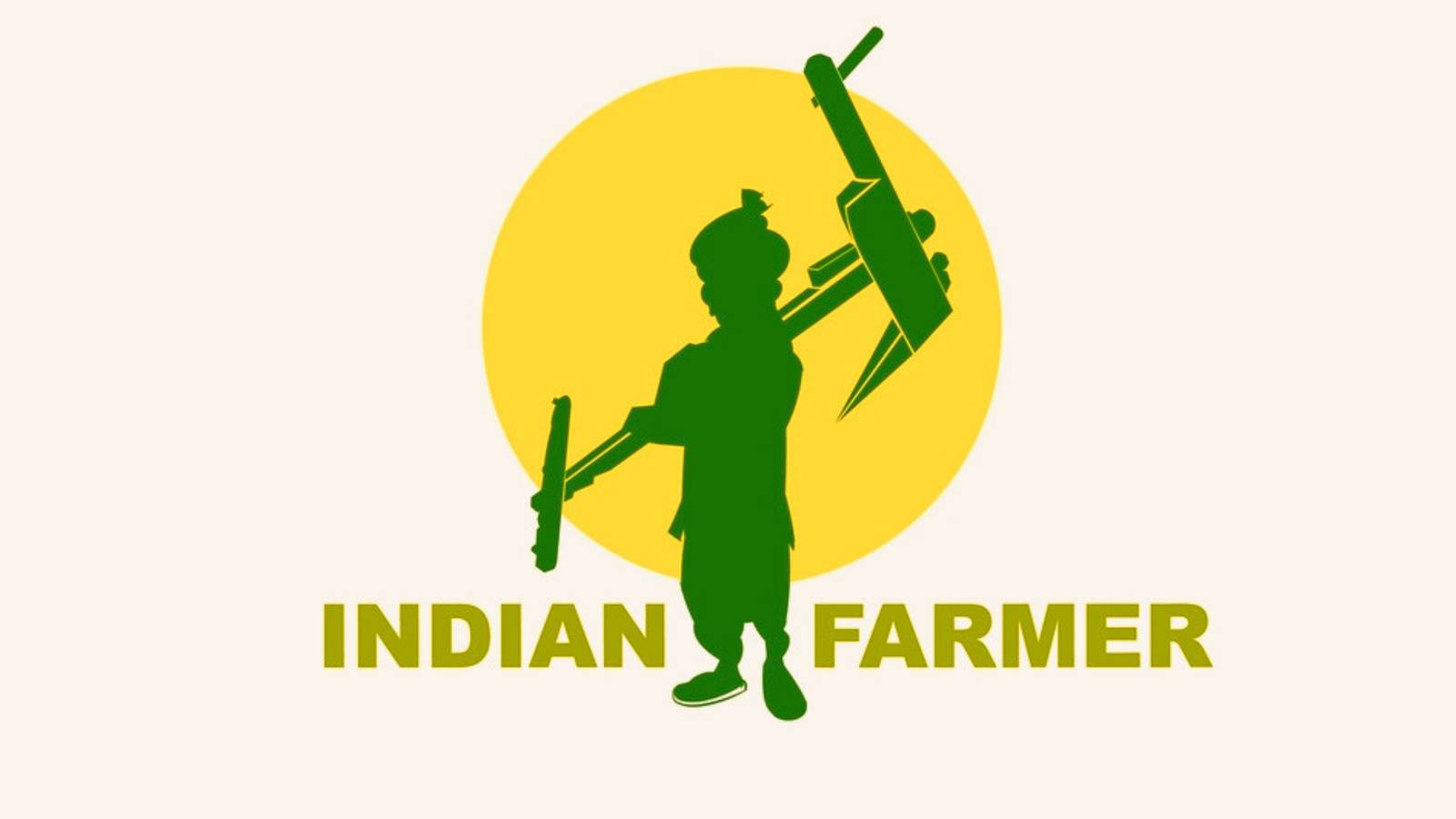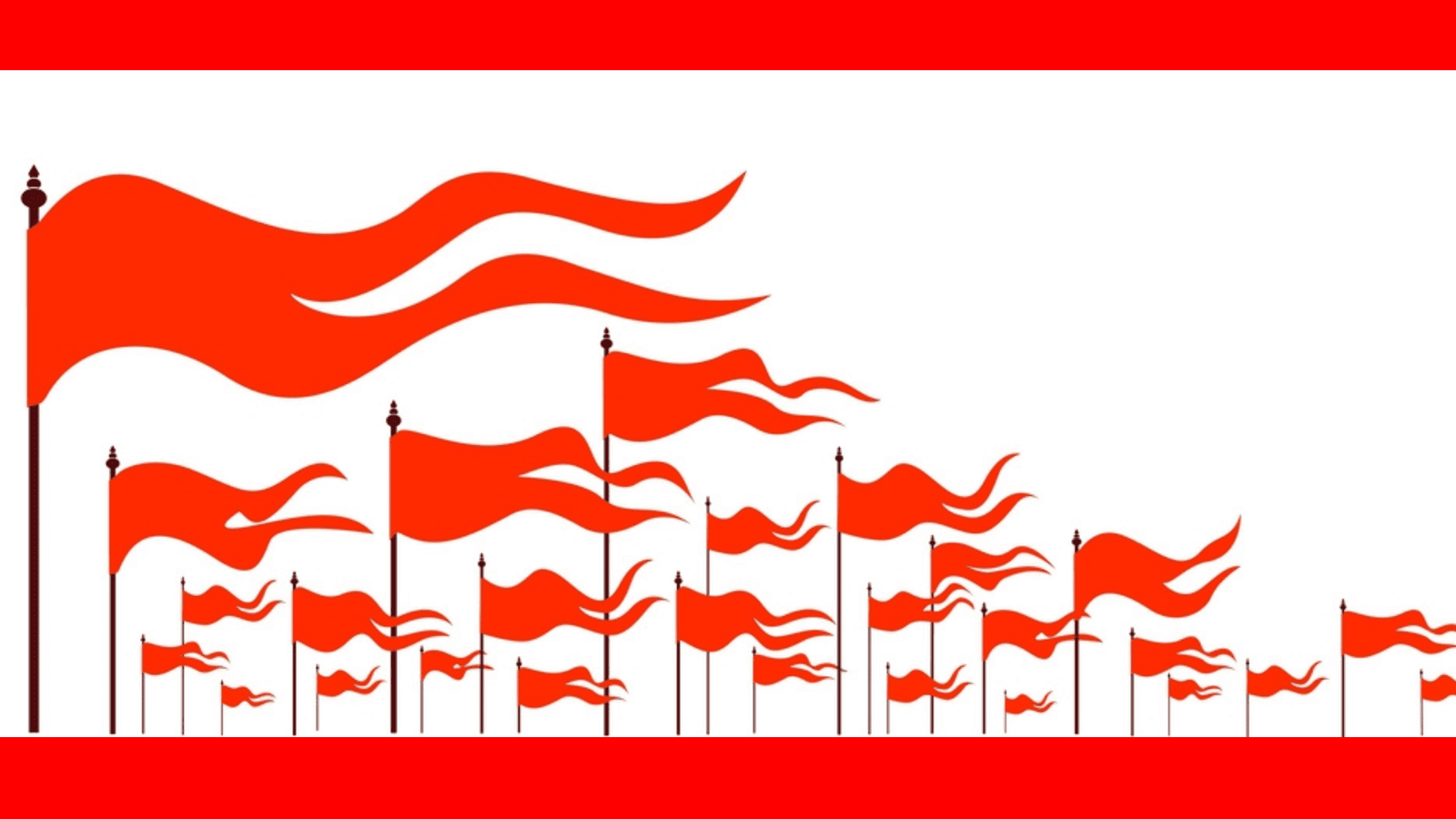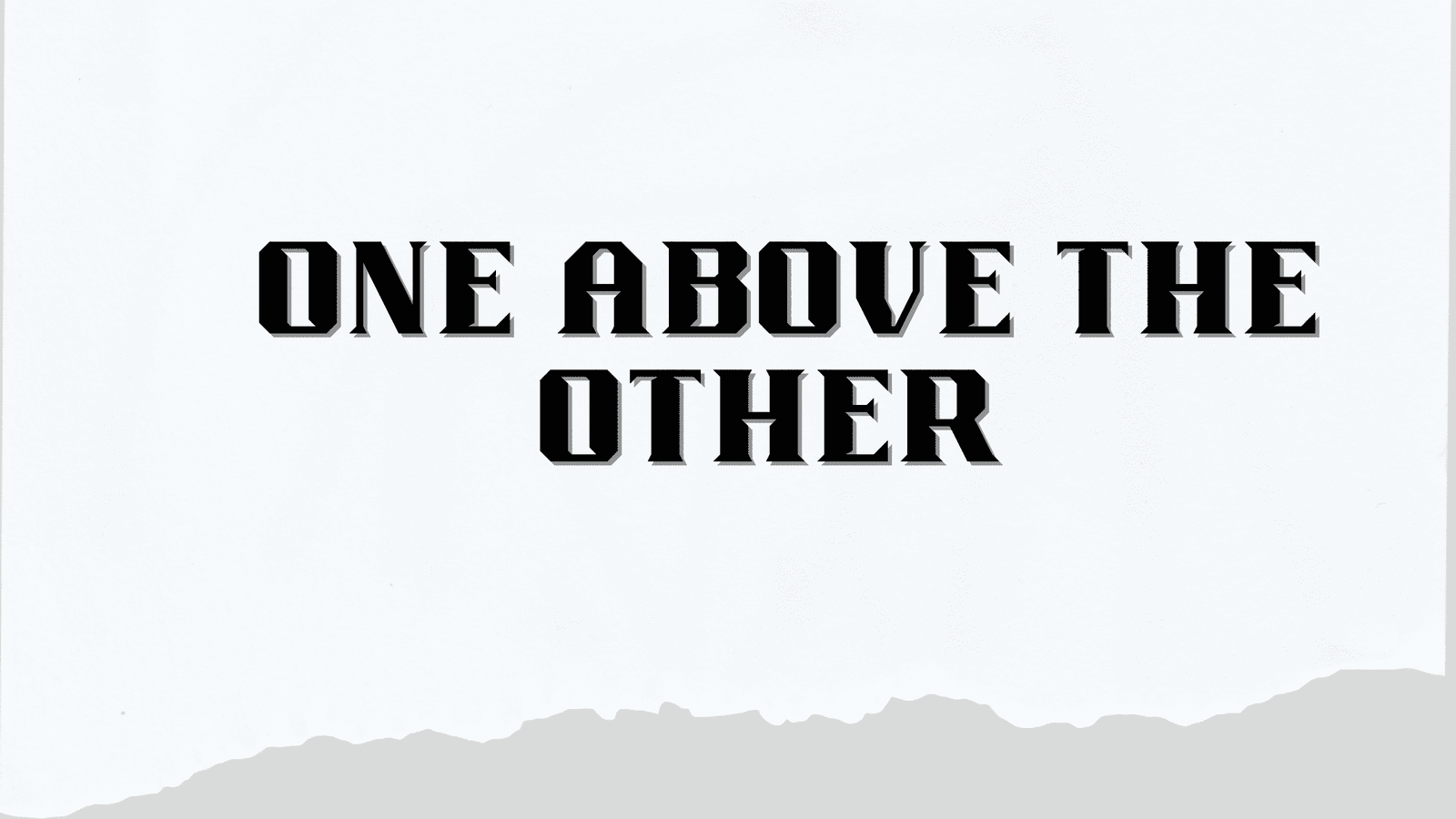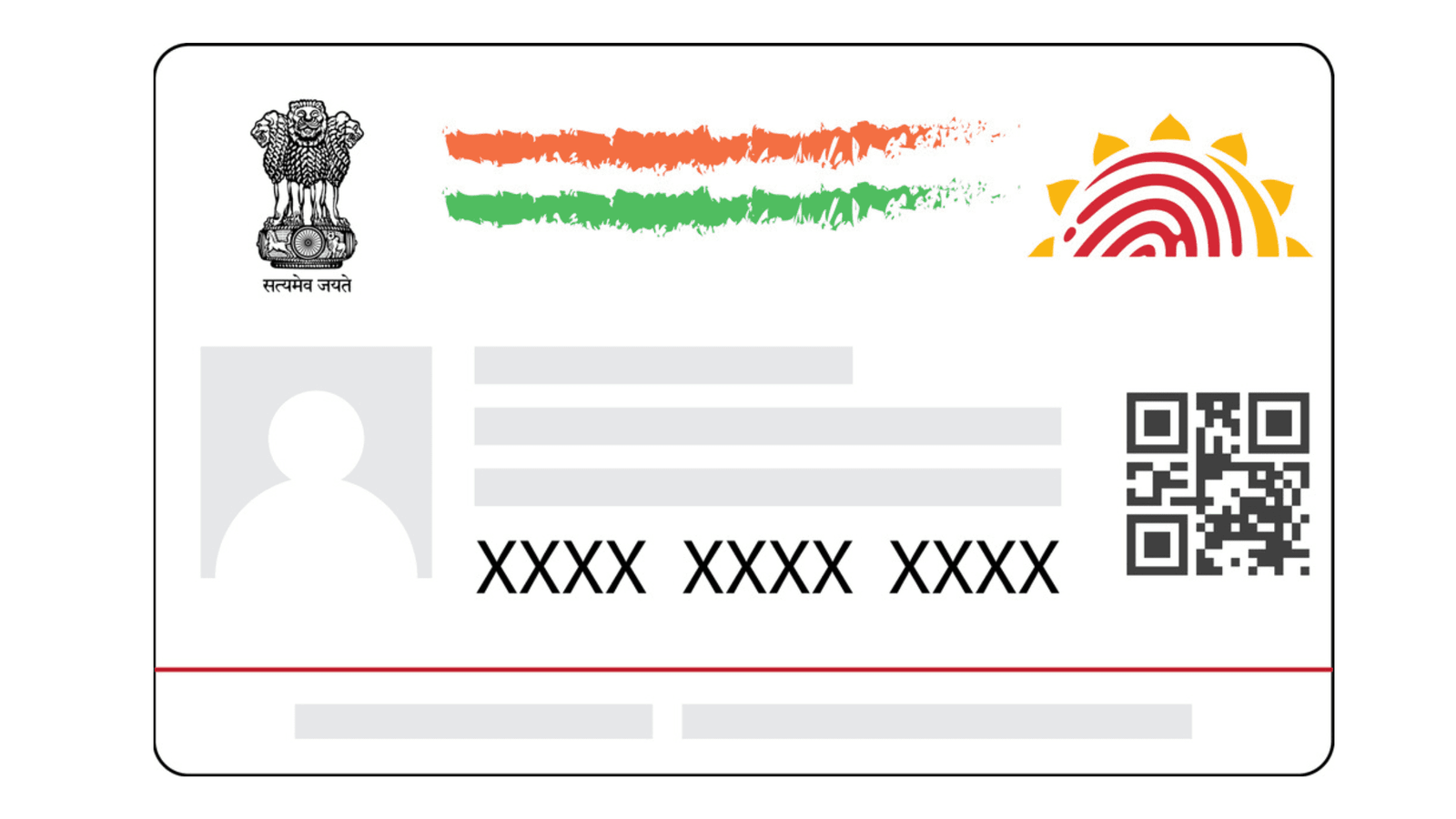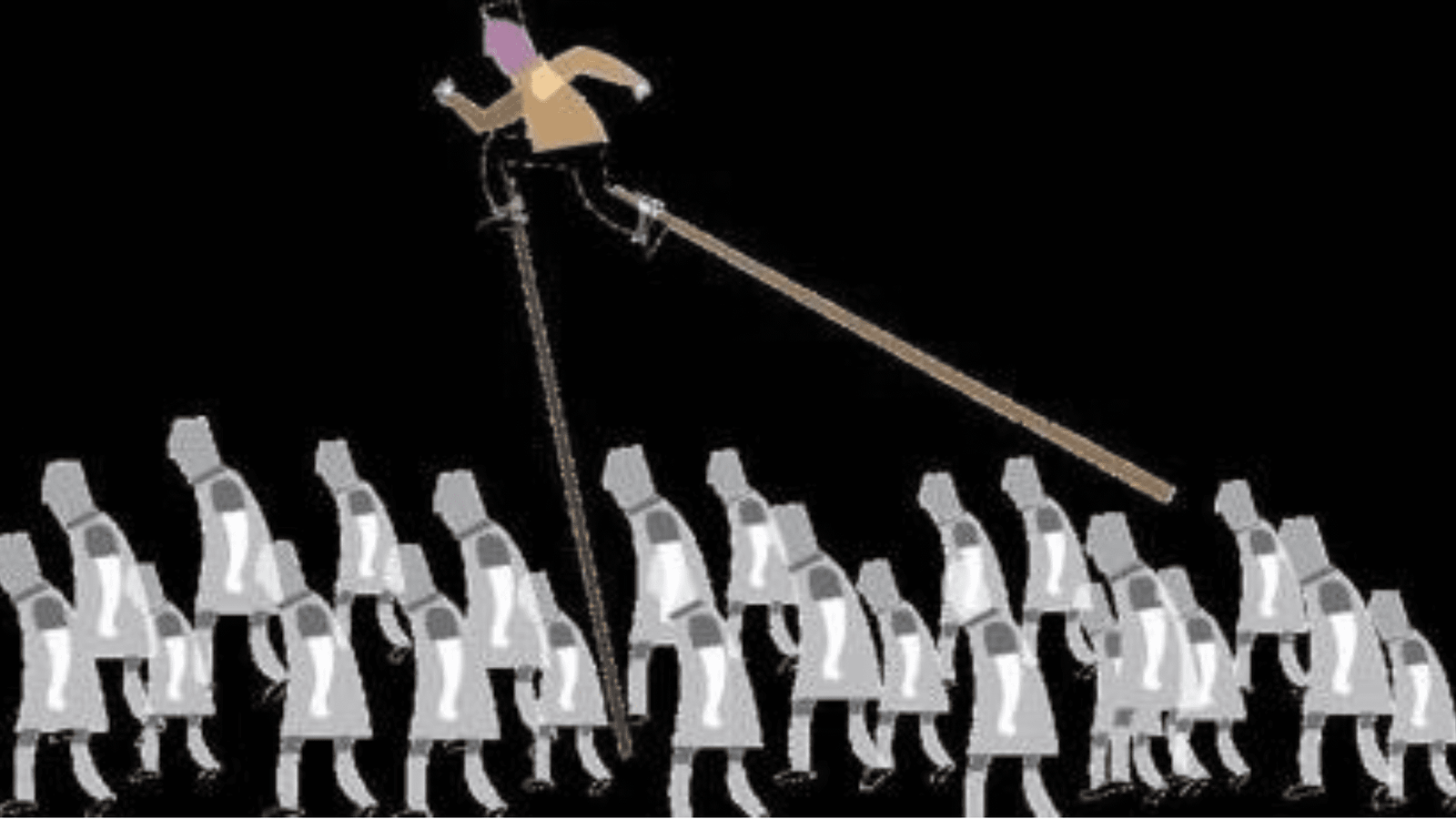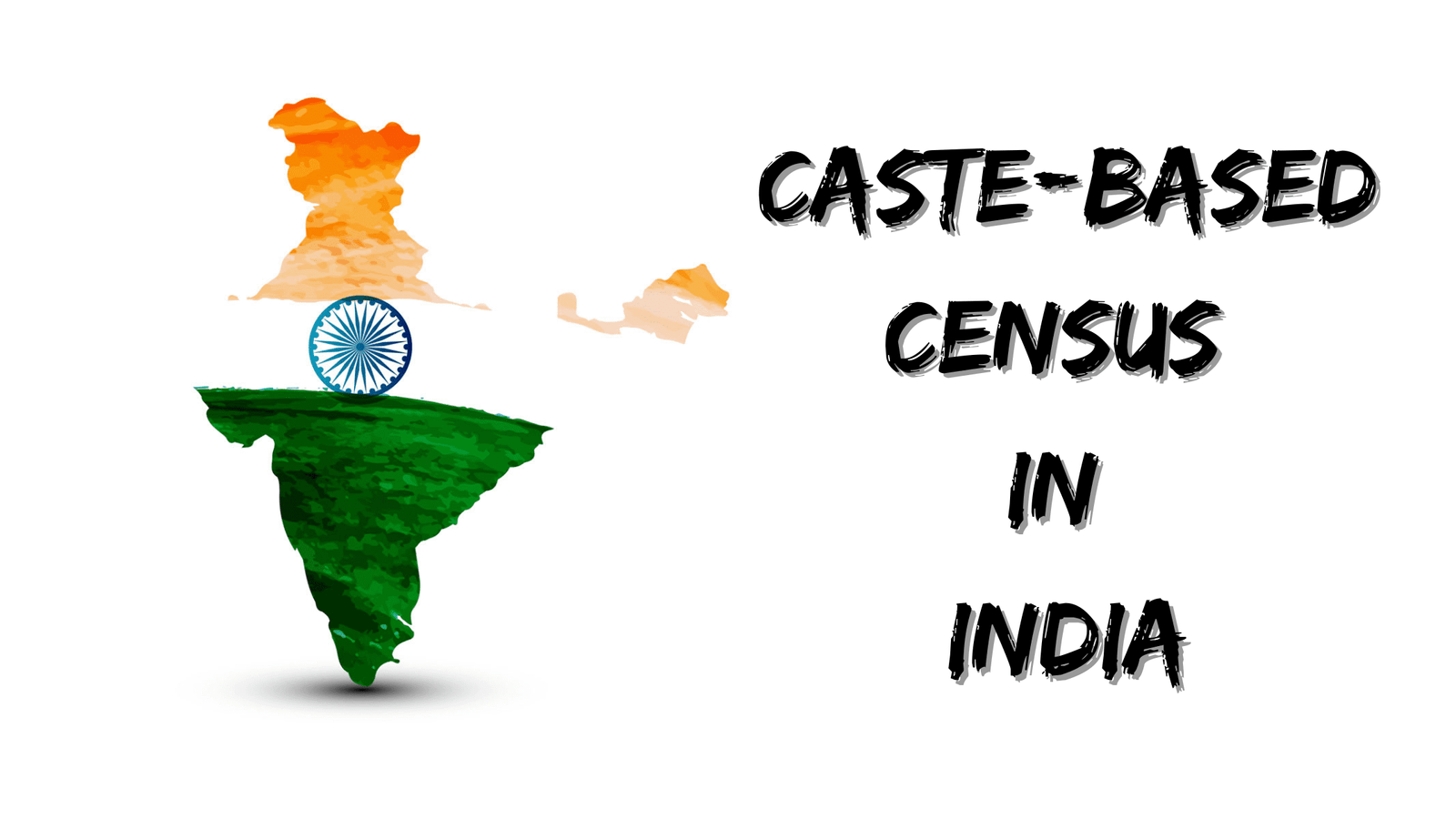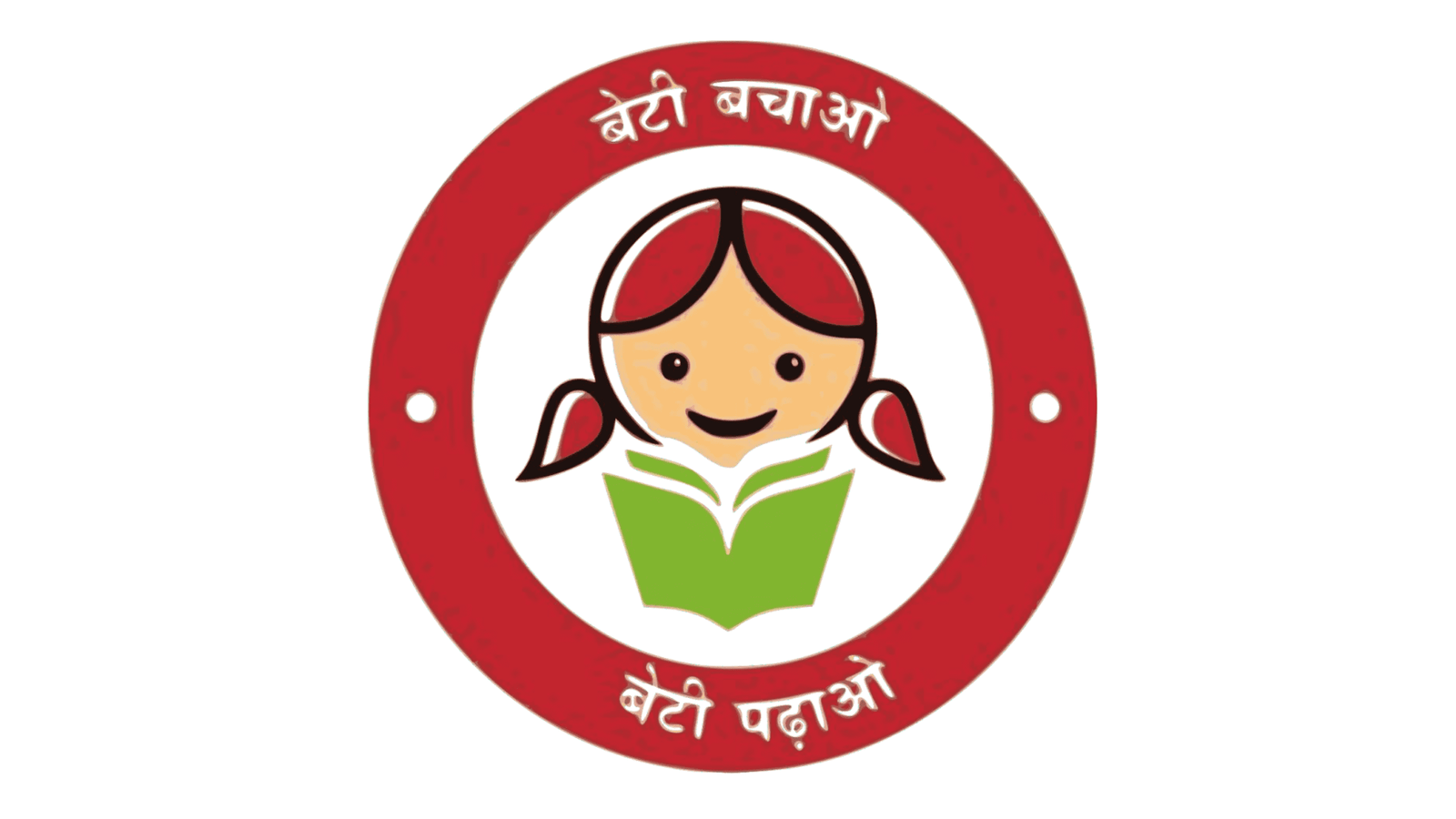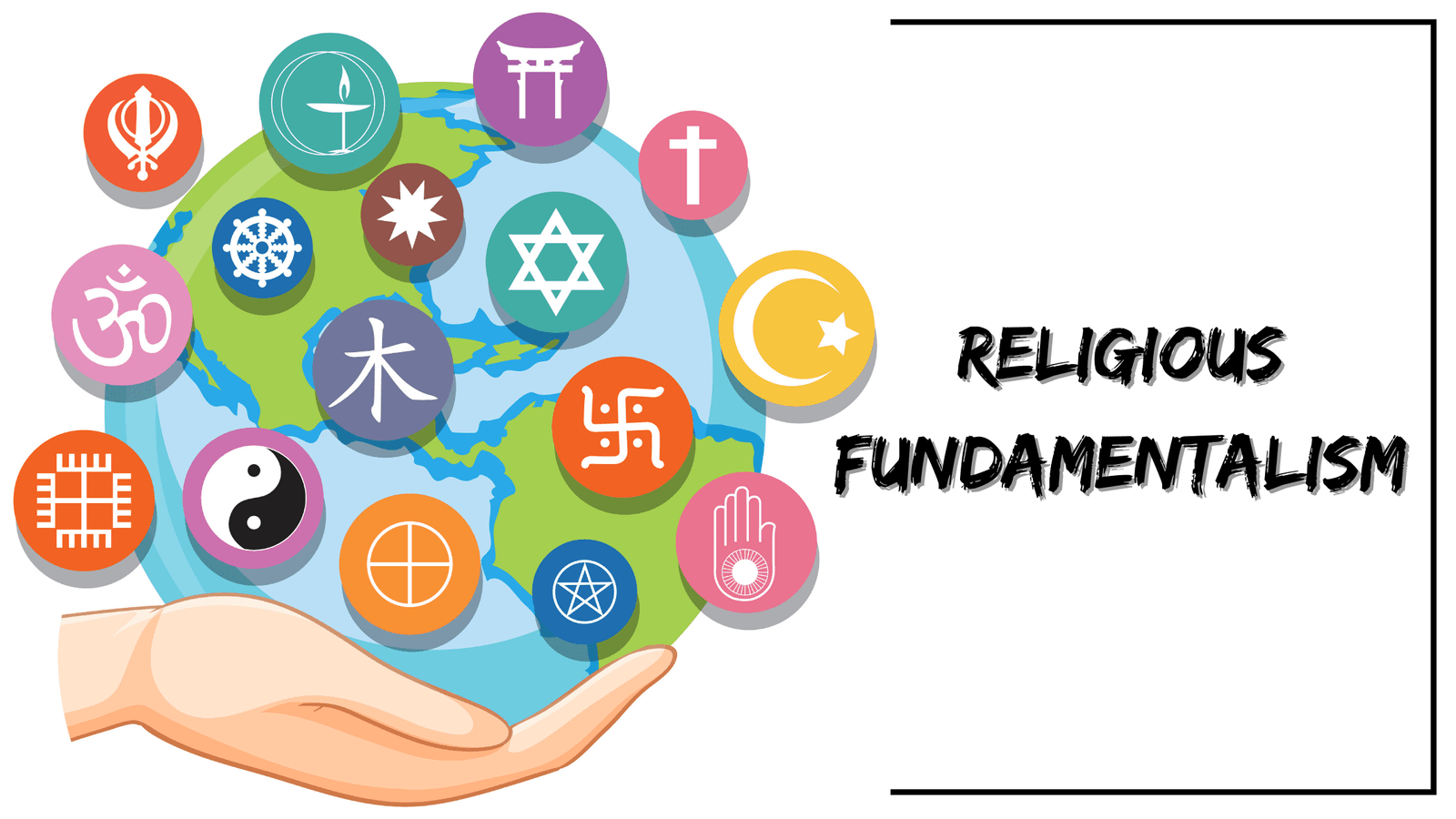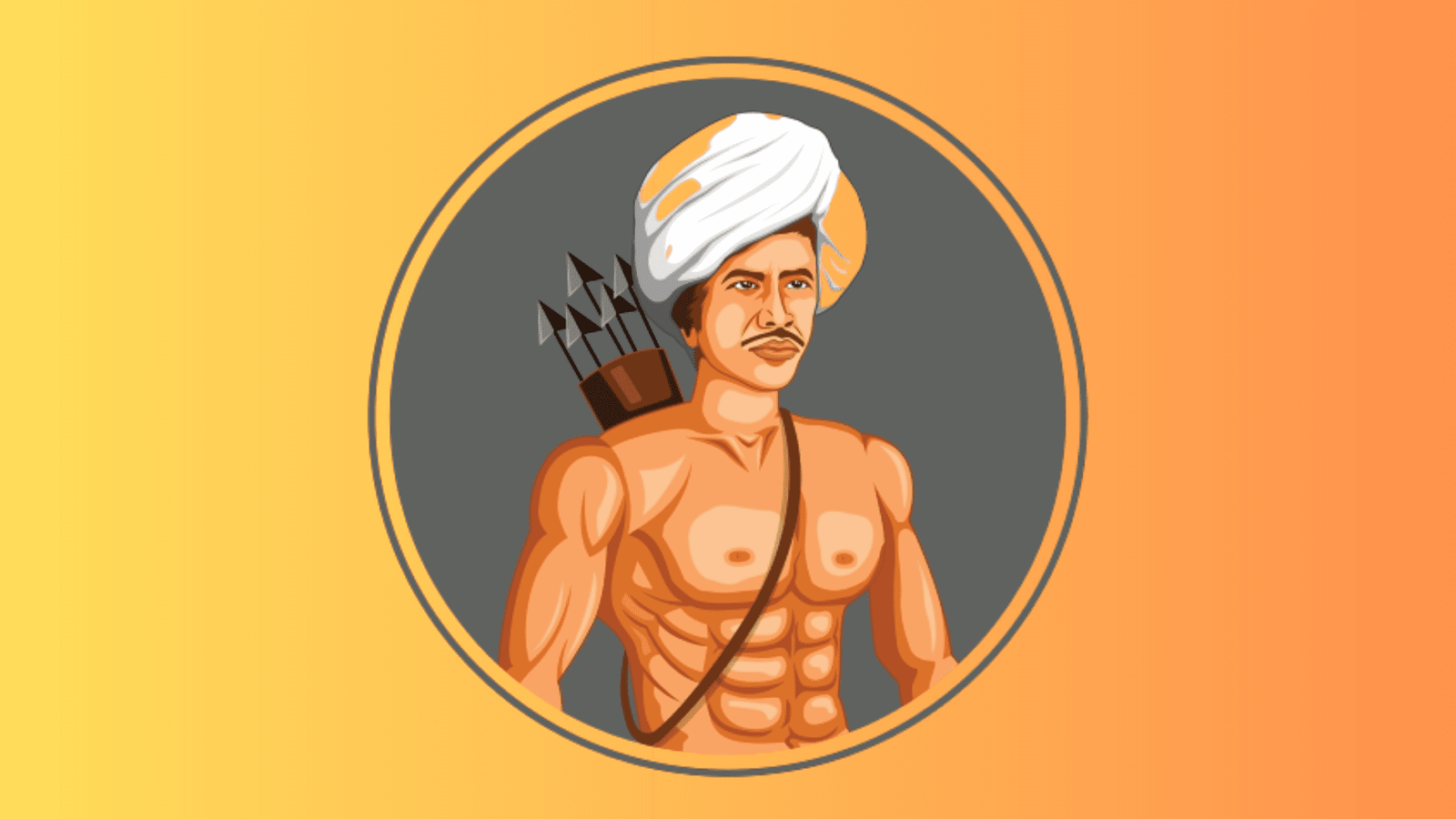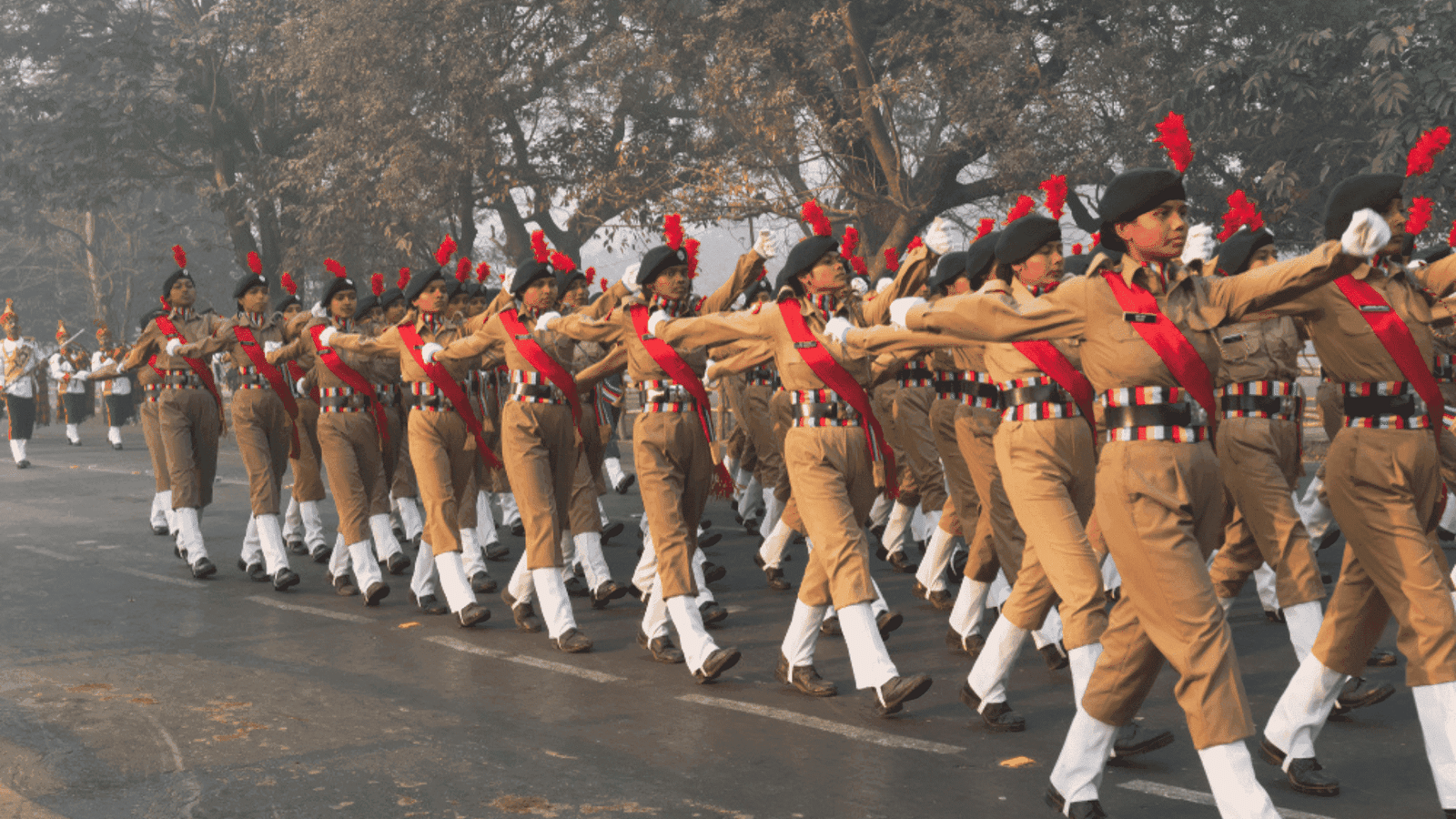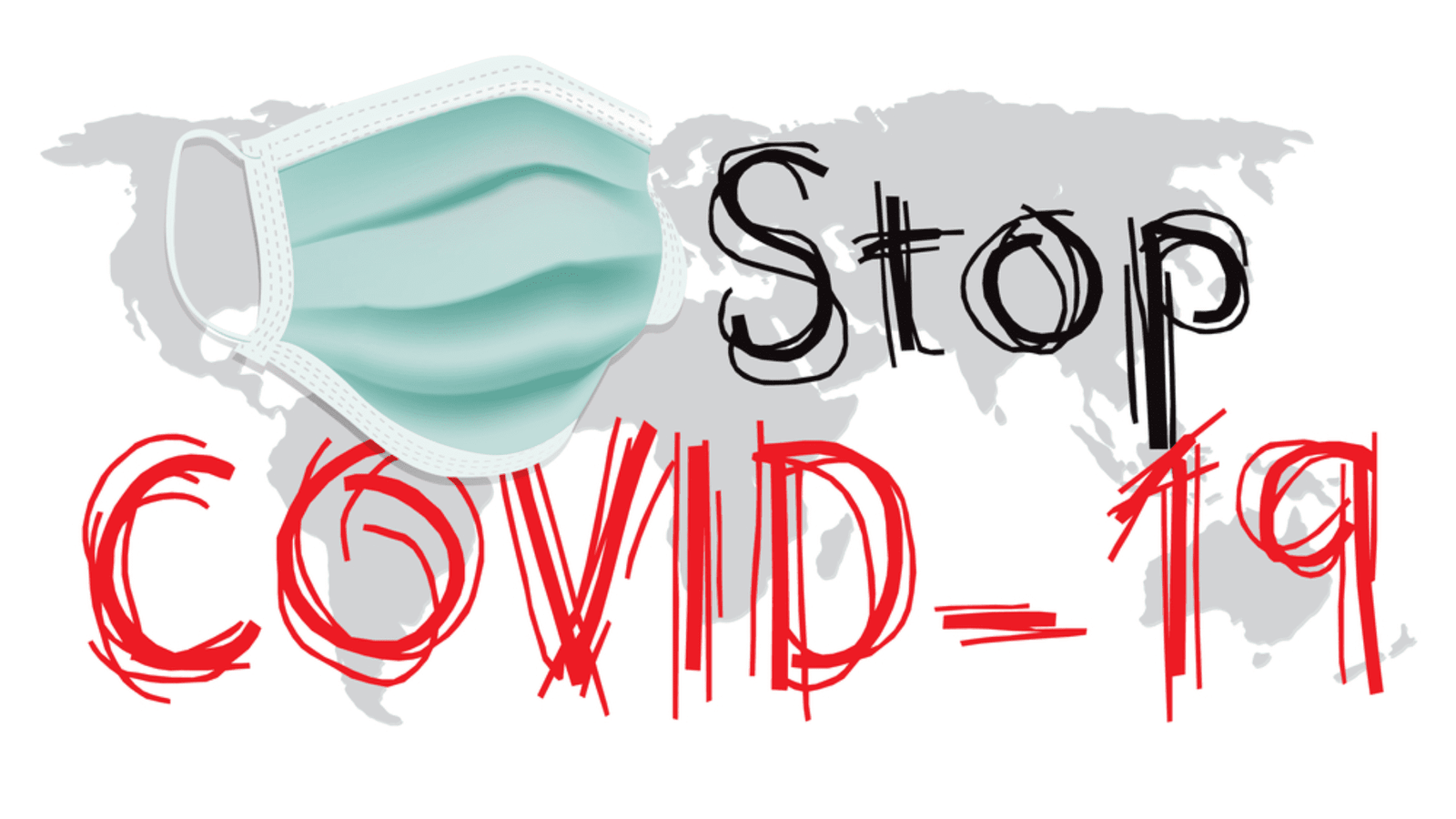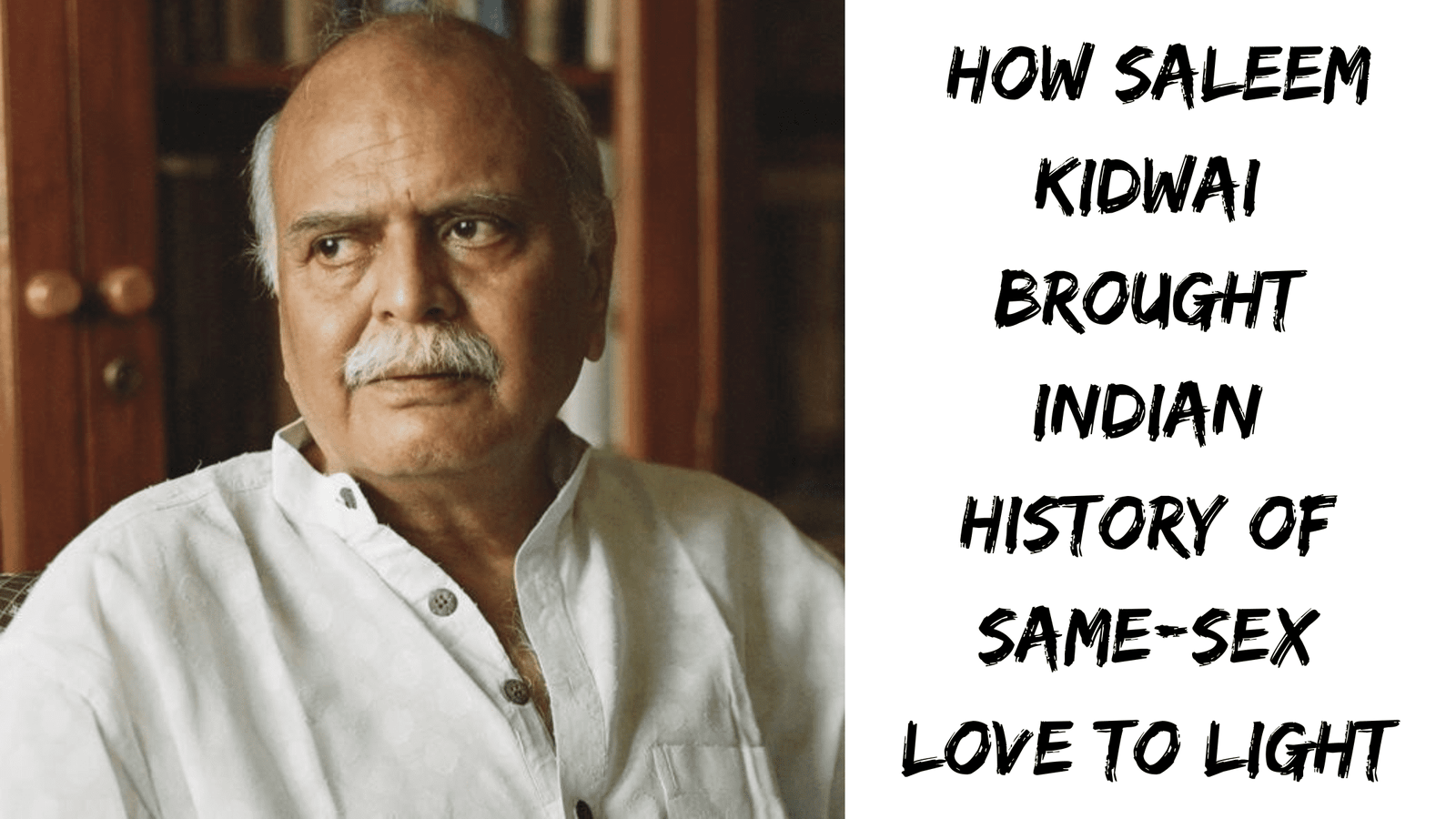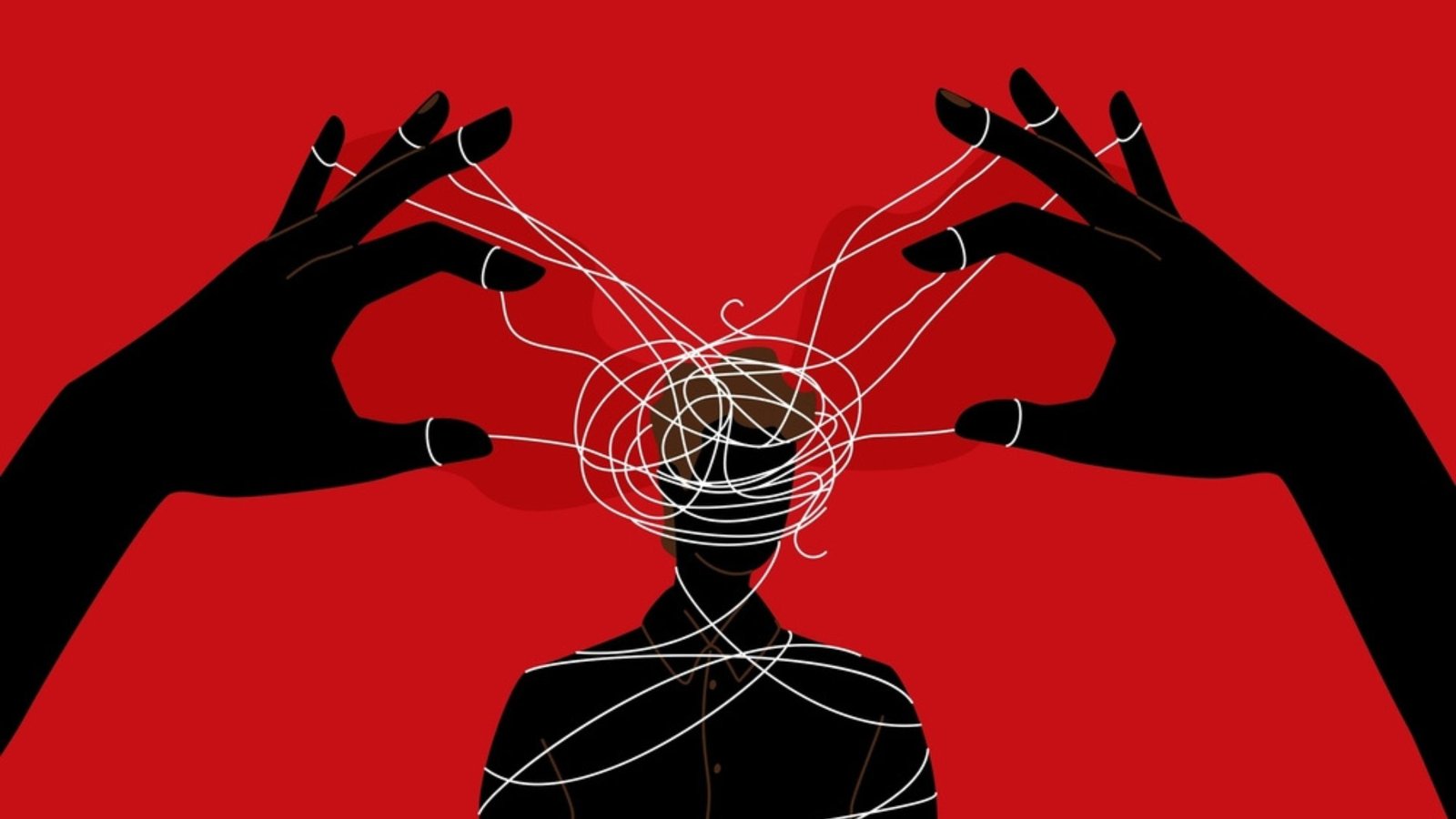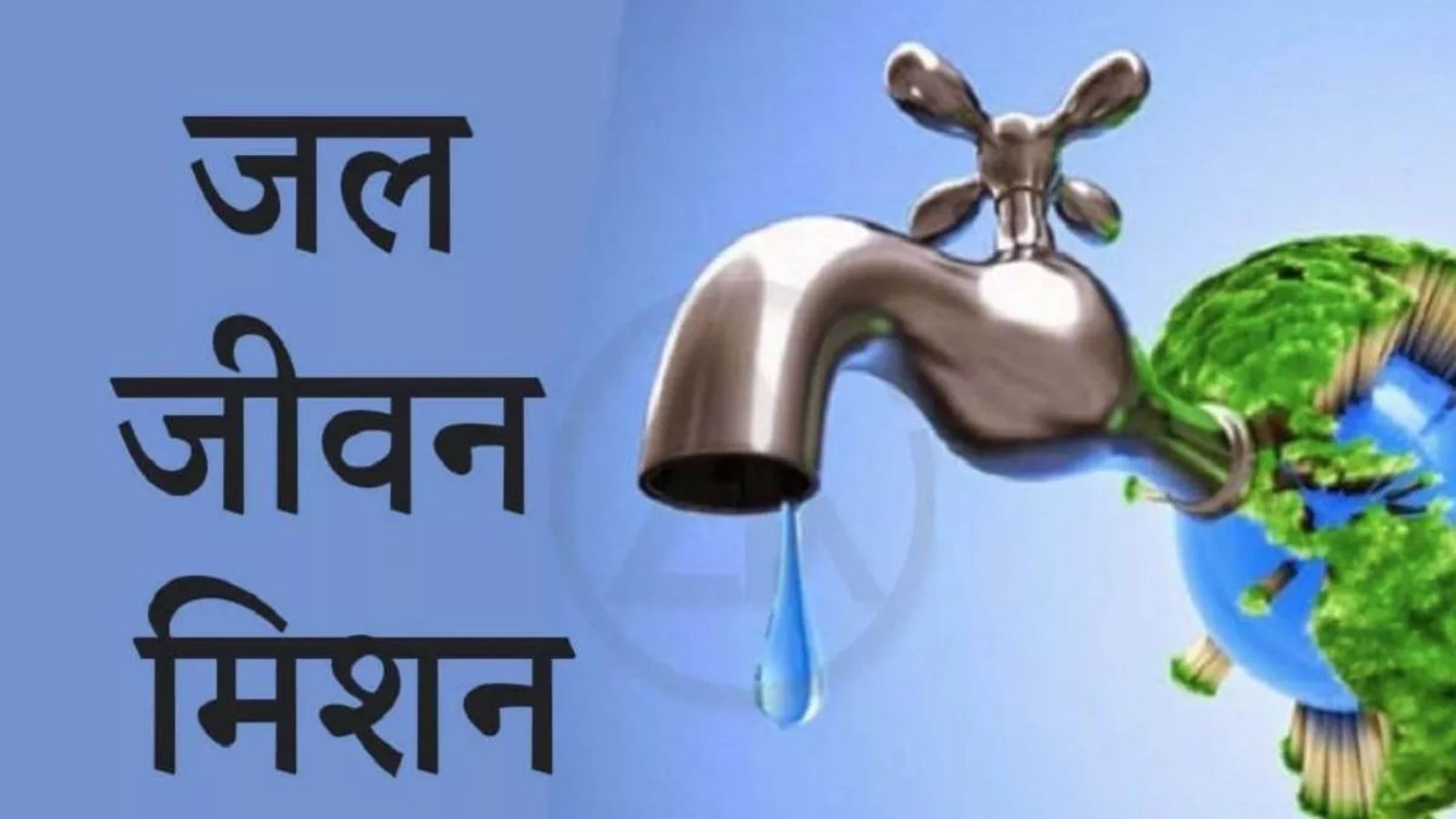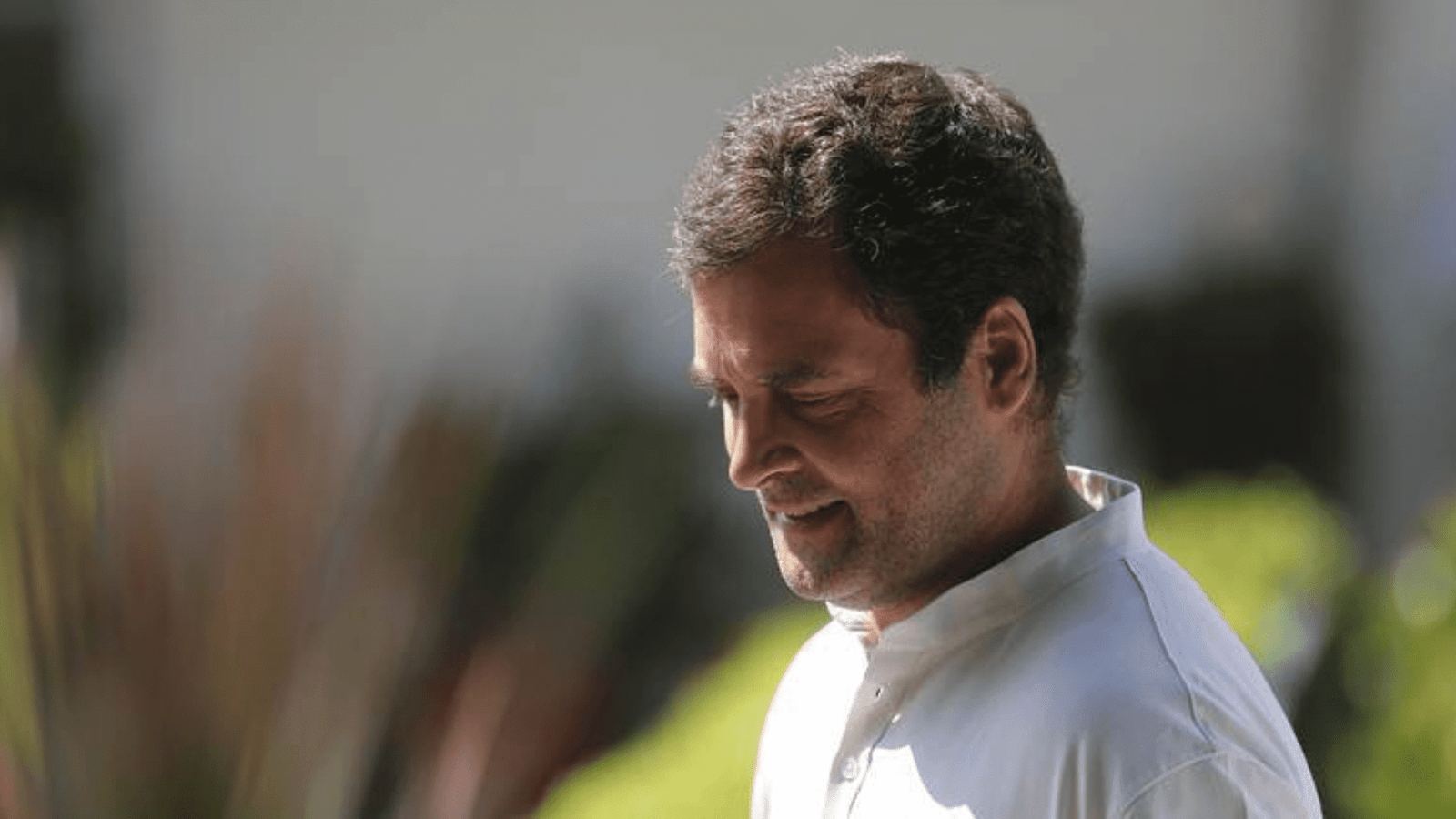
Caste matters. Why and how does it matter? How long will it continue to matter? Though more than two-thirds of India still lives in rural settlements, Indians are no longer bound by their past traditions. Even those who wish to do so find it hard to keep up with the demands of a traditional social order and the accompanying lifestyles. More importantly, the caste system is about relational structures, ritual hierarchies and jajmani ties of patronage and dependence. Scholars researching the rural economy and its social structure have been reporting on its steady disintegration since the 1970s. The rural, agrarian economy no longer functions around relations of reciprocity which distributed produce across communities according to their contribution to the village economy, and the calling of their caste. Jajmani ties have disintegrated even in the relatively less developed regions of India. Markets have penetrated everywhere and democratic political institutions have shaken the older orders of power and patronage, despite some continuity.
Suraj Yengde is not interested in these generic questions emanating from sociological frames of understanding and explaining caste. He does not even refer to traditional rural realities or popular theories of the caste system. His book begins with an autobiographical and experiential explication of caste while growing up in an urban slum or hamlet in Maharashtra. His narrative is thus woven around the oppressive aspect of caste. He talks of poverty and lack of resources, and particularly of the cramped homes that he grew up in. The indignity of being a Dalit bothered him much more than the poverty of his early years.
The category of caste provides him with an explanatory system and a political frame to make sense of his deprivation and the violence that he encountered, which is commonplace even in cities, far away from the rural landscapes of traditional life. Even in metropolitan India, the Brahminical order remains robust and shapes almost everything for those at the lower end of the system, the Dalits. However, Yengde did not grow up in a passive community on the margin with a self-perpetuating ‘culture of poverty’. Pioneering work done by BR Ambedkar has already changed all that. He tells us about his family’s active political engagement with local Dalit movements and their identification with the personal and political philosophy of Ambedkar.
The substantive part for the book is not autobiographical. It is primarily a critique, not only of the persistent realities of caste but also of the prevailing state of Dalit politics. Yengde’s language is sharp, often sounding excessive and loaded with high moral expectations, particularly when he criticises fellow Dalits and their social and political activities. He finds almost everyone to be compromising with the larger question of Dalit emancipation. He attributes this largely to the Dalit leadership’s dependence on the state system and individual largess. For example, he describes the “salaried Dalits in the bureaucracy” as “shameless creatures…trapped in the alienating caste system,” despite being highly talented. A rather simplistic and homogeneous view of Dalits underlies his lament.
Presumably for him, Dalits are all those who have experienced untouchability, a cluster of jatis and caste groups, mostly Scheduled Castes. The experience of untouchability makes them an ethnic formation, with a specific distinctive history and an essentialised character. However, ‘Dalit’ is not simply a descriptive category or a pan-Indian caste collective. It is primarily a political construct produced by the social movements of former untouchables for dignity and citizenship rights. The colonial and postcolonial nation-state, through its enumerative and classificatory strategies, actively enabled a pan-Indian imagination of the caste system. In other words, Dalit-ness is less about being and more about becoming, and there could be no singular way of becoming Dalit. Factors such as regional histories, political and economic contexts, the nature of leadership, its ideological moorings and mobilisational strategies all work together towards the making and the imagining of Dalitness. They also shape their political concerns and strategies for change.
There are substantive chapters on the Dalit middle class and Dalit entrepreneurship, again with a sharp critical edge. Through evidence and argument, Yengde shows how discrimination against Dalits is a perennial reality and has implications for the making of a middle class among them. It is hard to find a Dalit in the judiciary or the electronic media. Yengde is not enamoured by celebratory accounts of Dalit capitalism. Capitalism, for him, is not the solution but a problem, which works “in tandem with the deeply rooted oppression of caste”. Despite a few success stories, market realities like access to credit actively discriminate against Dalits trying to enter business. Capitalism in India, he argues, is structured around the logic of caste.
Another interesting chapter is on Brahmins against Brahminism, where he counts a few cases where individuals gave up privileges and joined the struggle against the caste system. However, more important is his criticism of Brahmins, and he puts the entire burden of manufacturing and sustaining caste on them. Even though Yengde does not engage with sociological theorisations, in his narrative, the Dalit and the Brahmin are the two polar opposites of the caste system. The Brahmin is the bearer and benefactor of the caste ideology and the Dalit, its victim.
Such a framing does have purchase but also simplifies the complex dynamics of caste, presents it as a binary system with little or no scope for regional diversity and historical specificities. Just as it essentialises the Brahmin, so it does the Dalit. Such a notion also reinforces the conventional view of its timeless continuity. However, this has not been the reality of what we have come to understand as caste. Caste is about hierarchy, a system that grades social groups and working people in a continuum, “one above the other”, as Ambedkar put it. Like other social institutions, relational structures of caste have been changing. The challenge is to explore and expose the nature of their change while noting that change per se does not imply dismantling or even weakening of caste, a point that is well made by Yengde.
